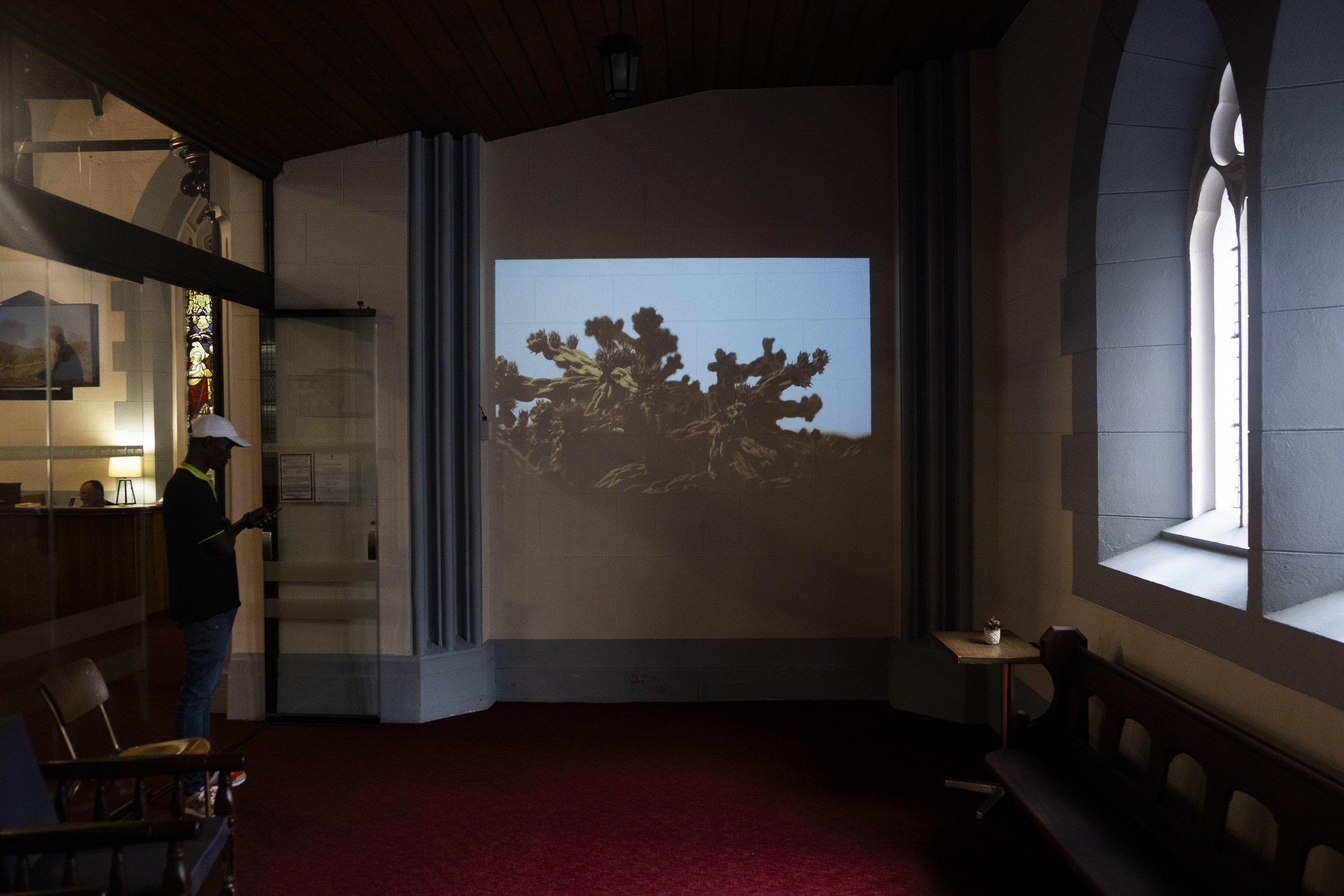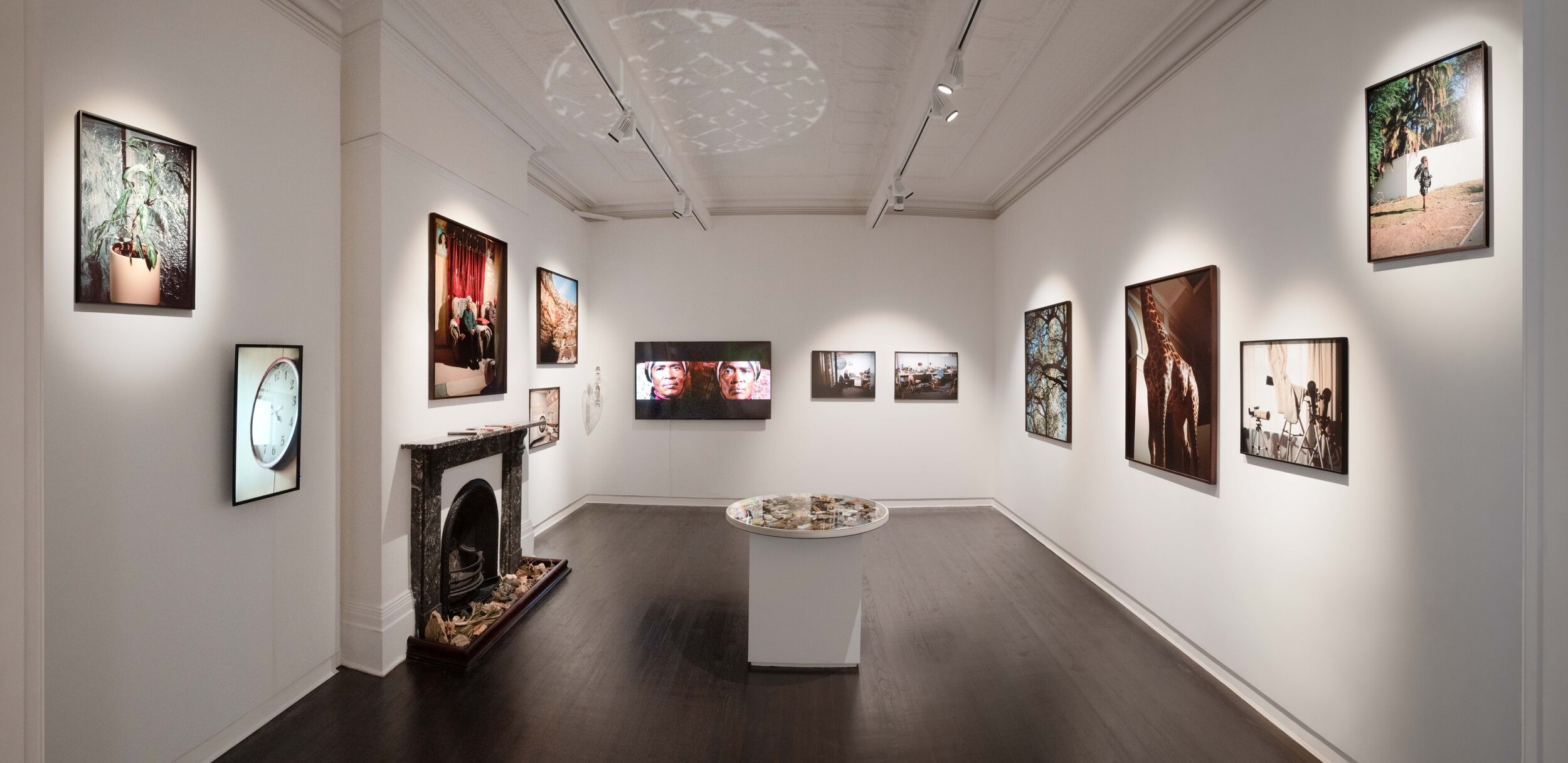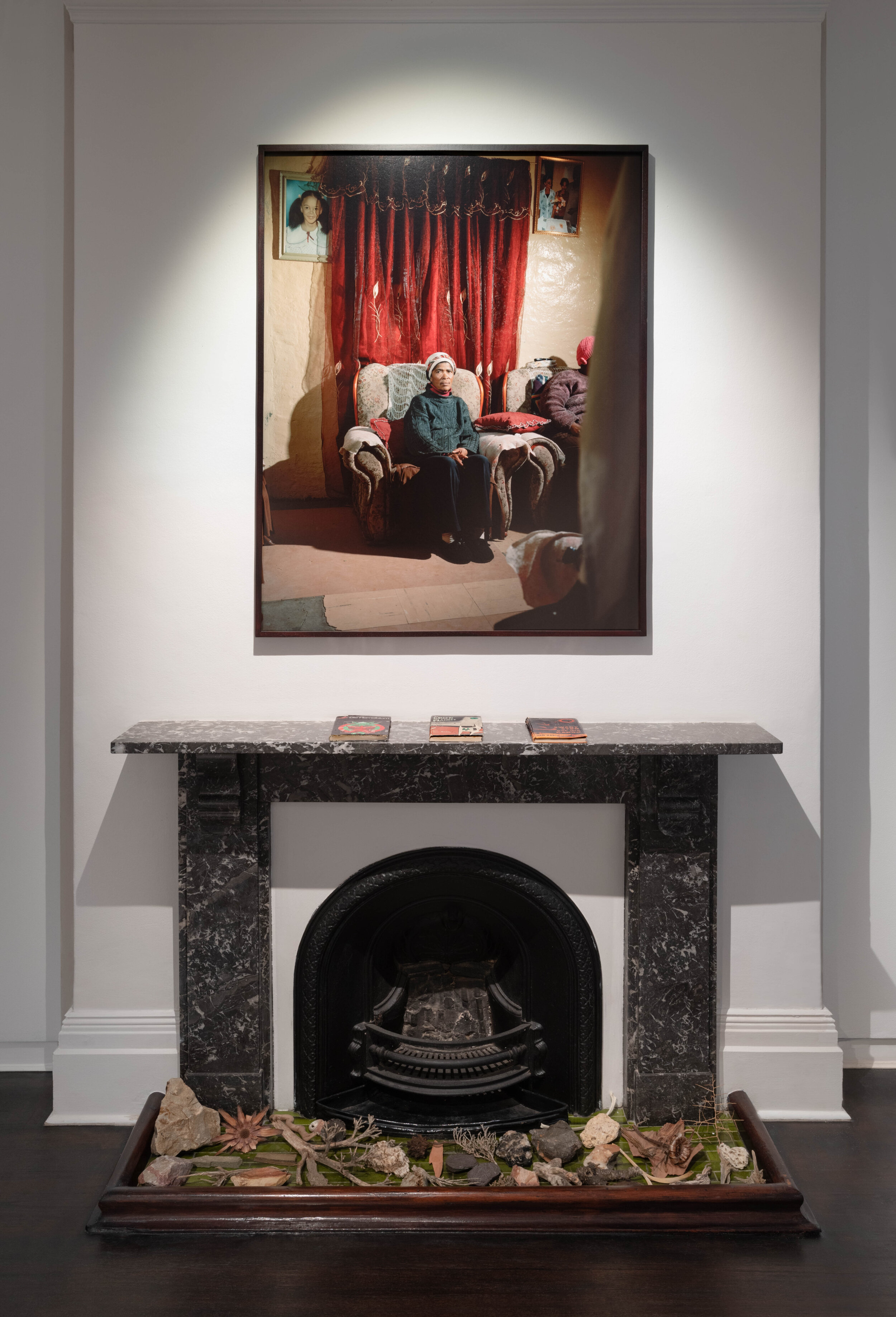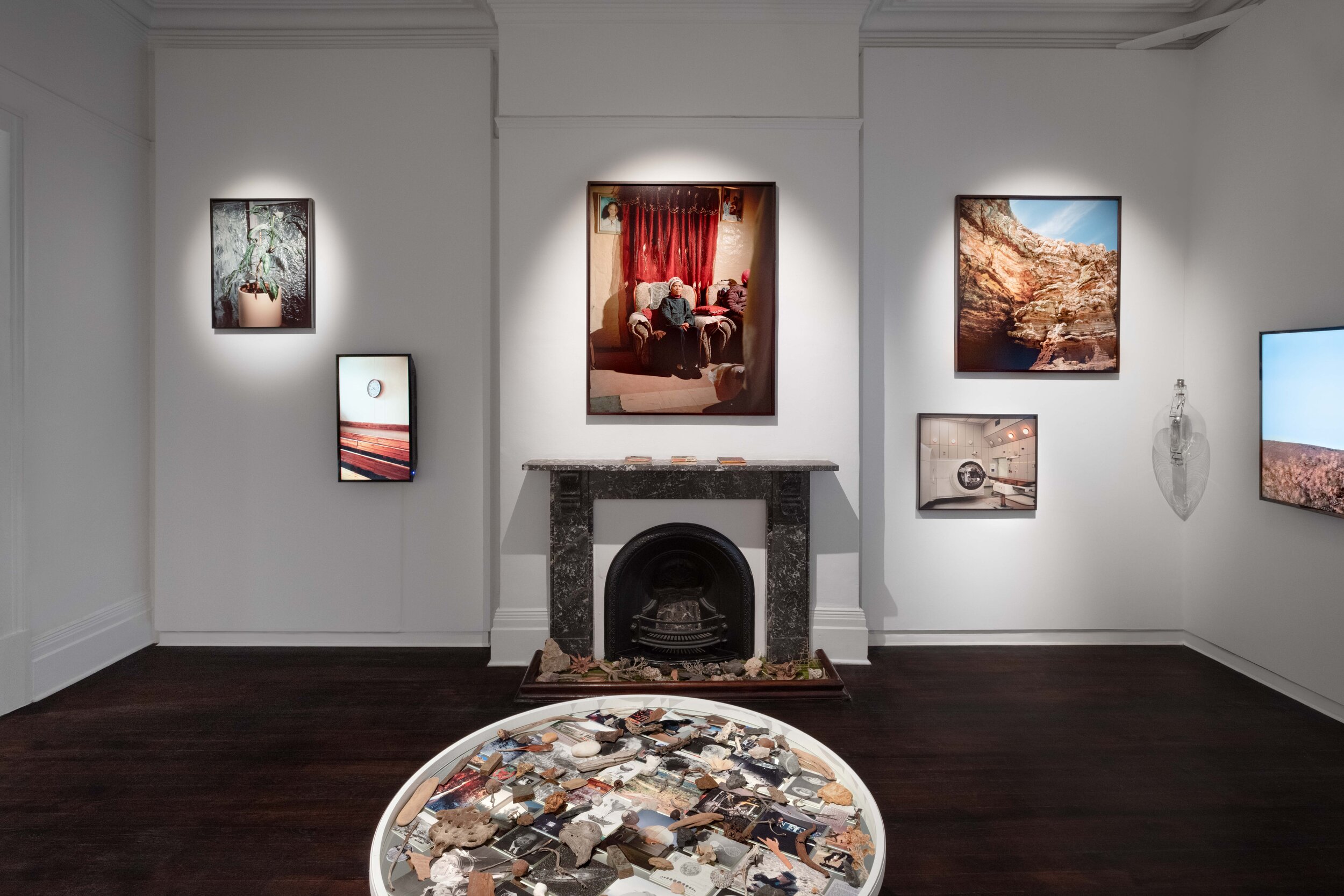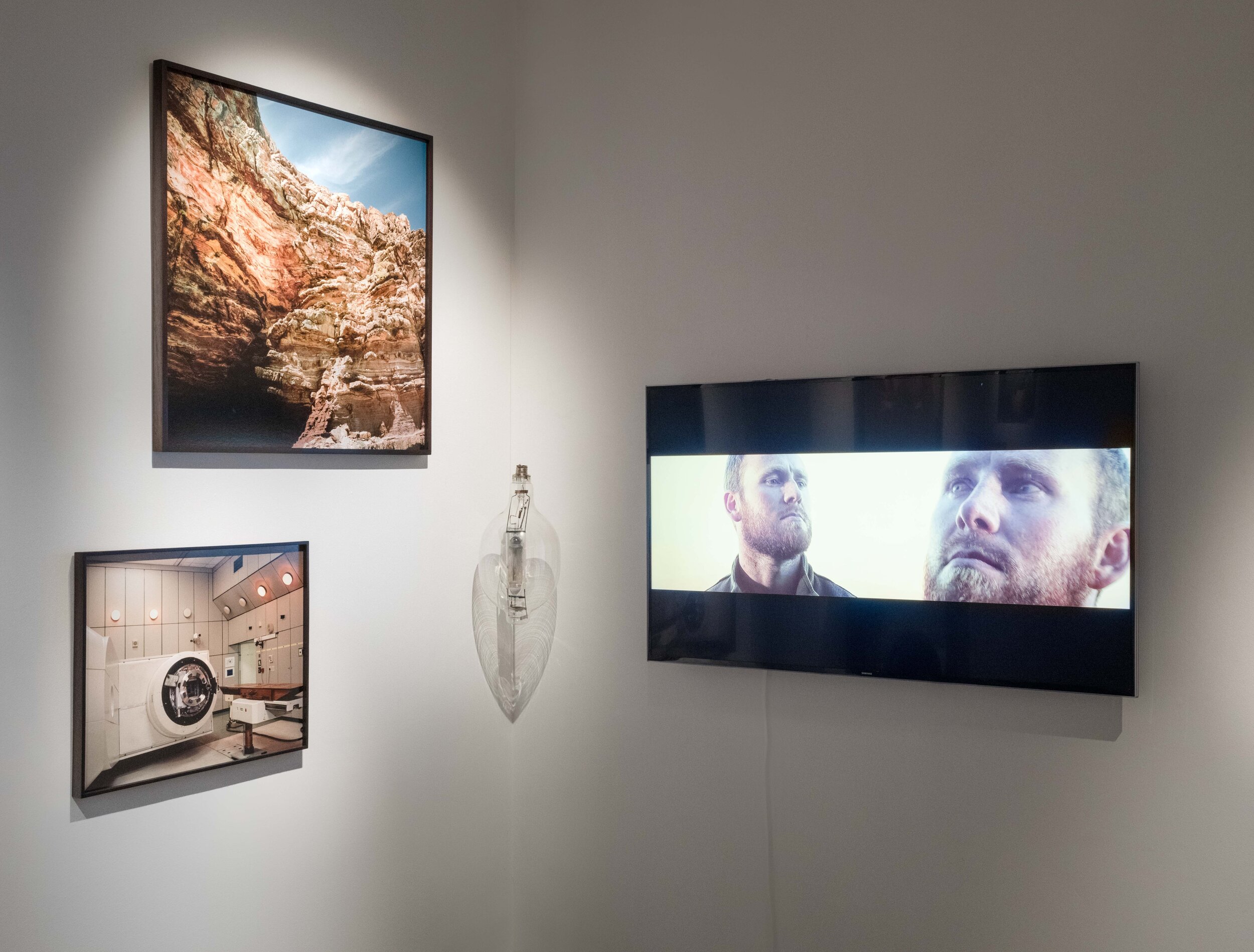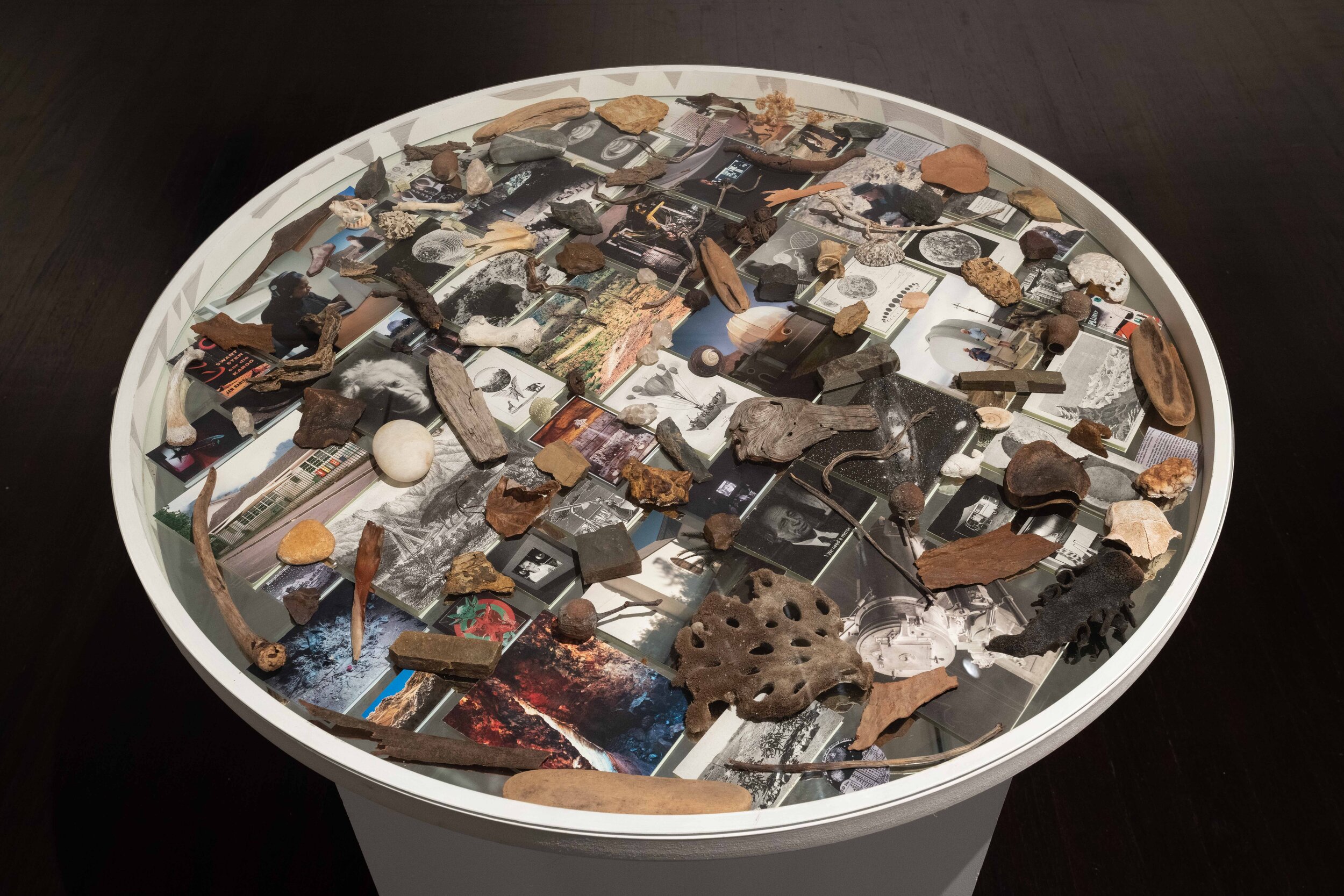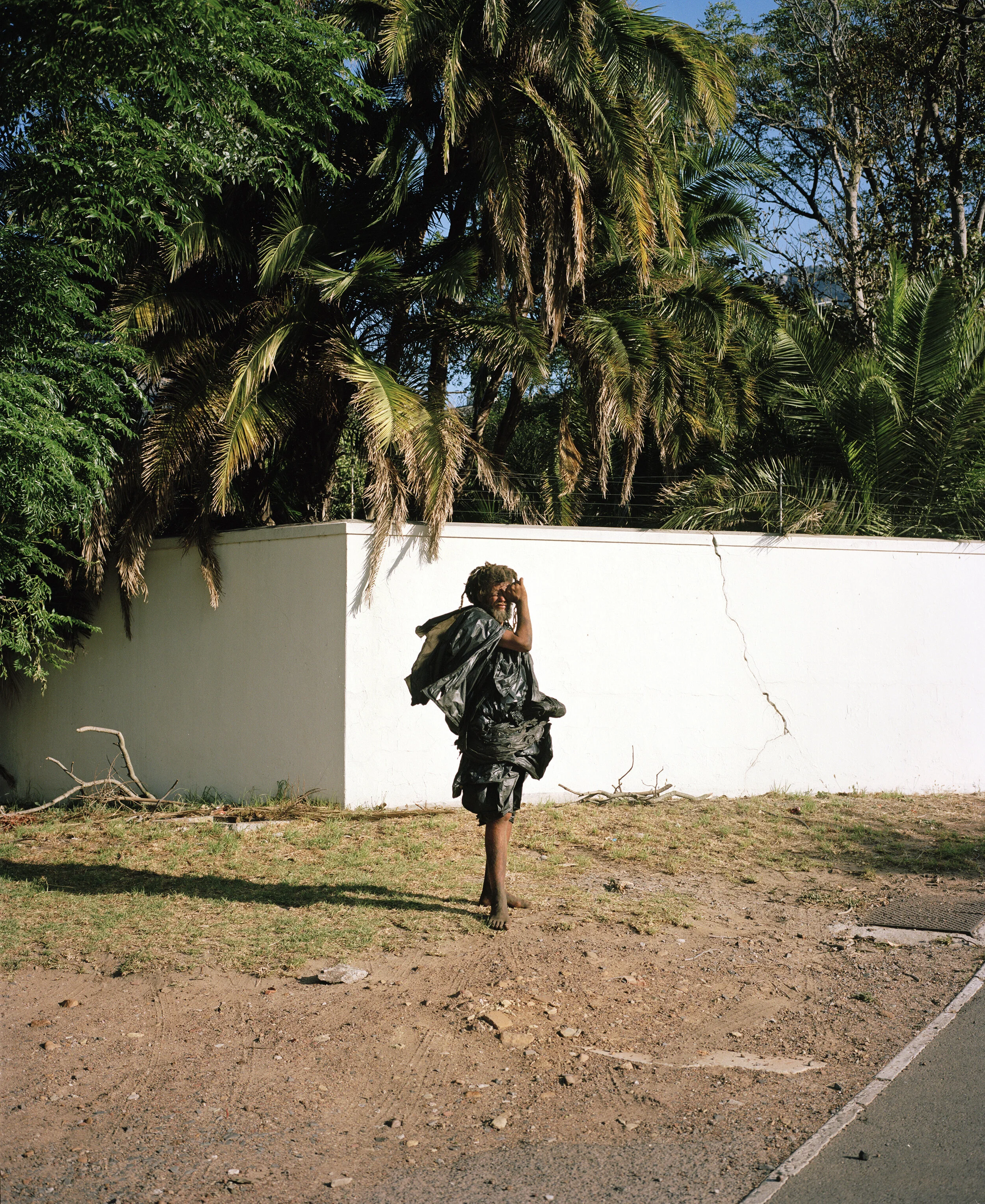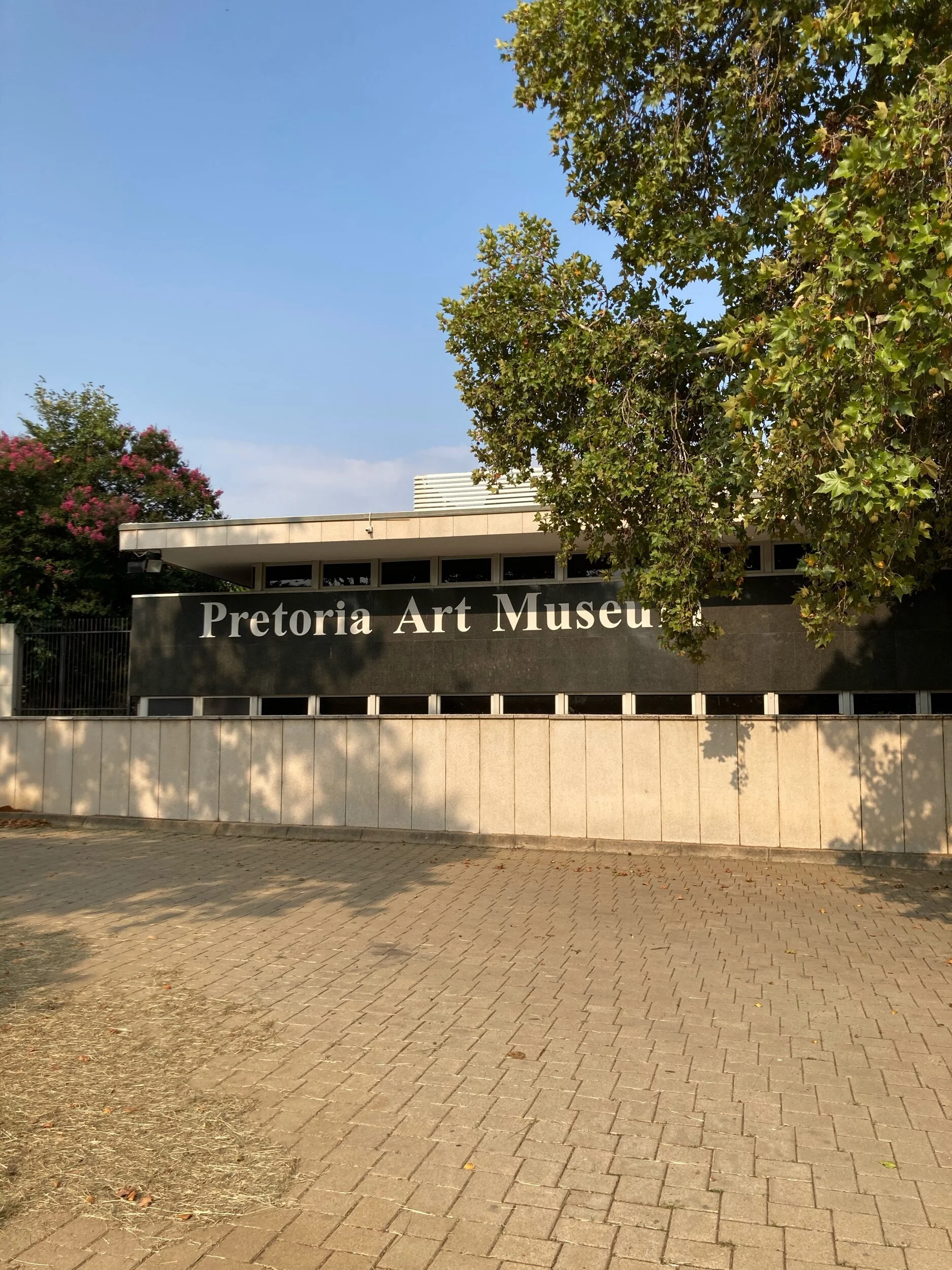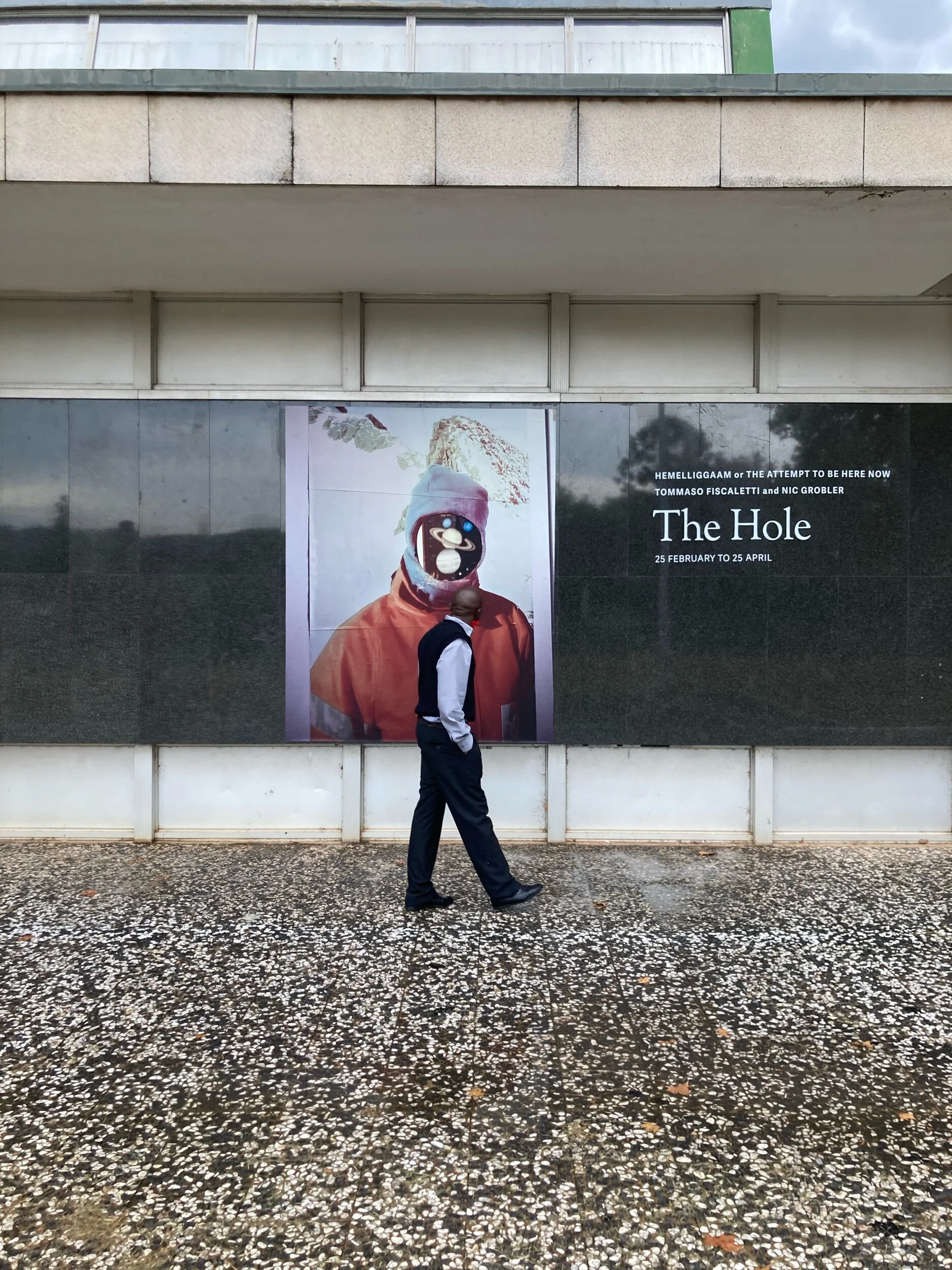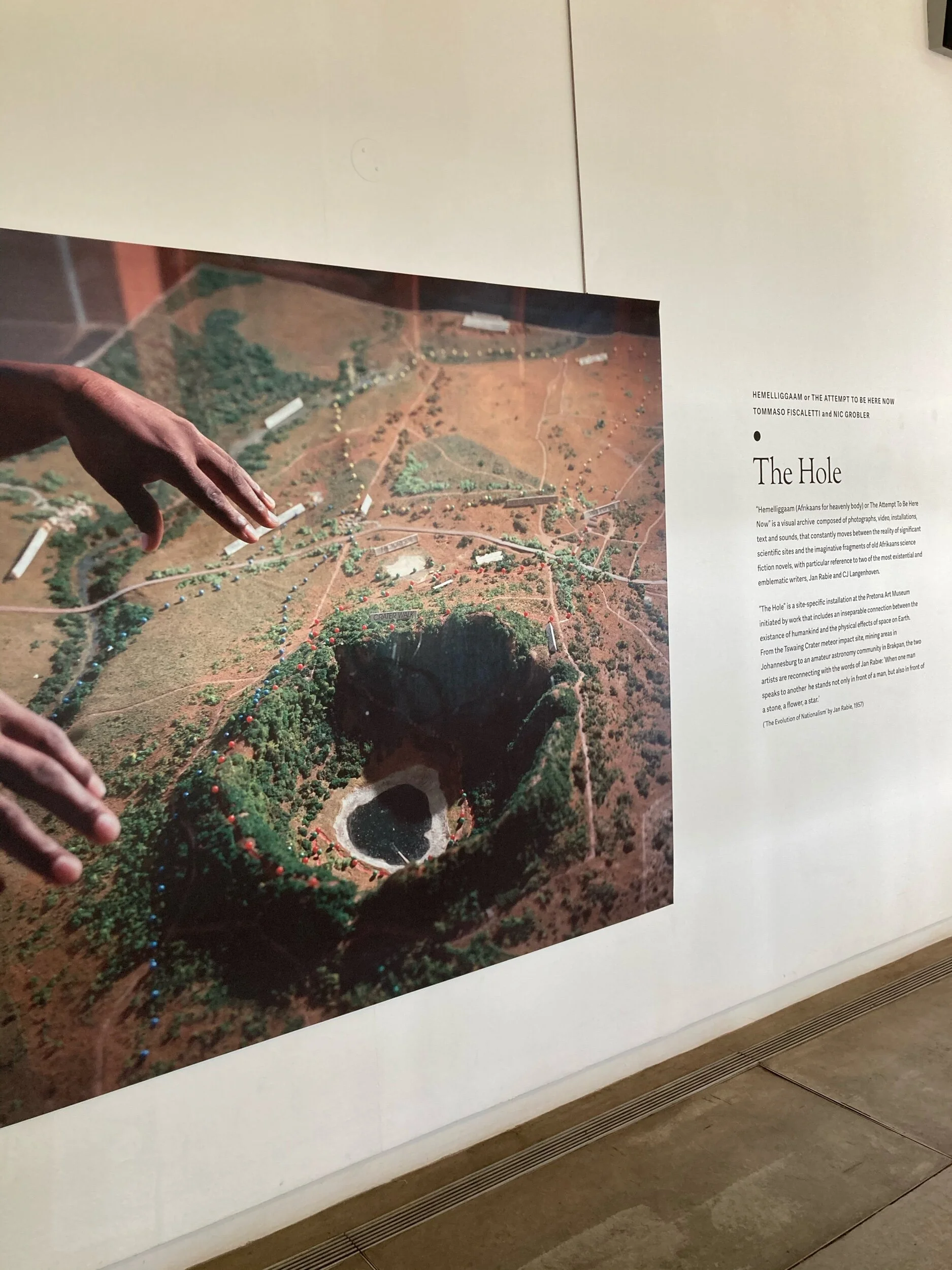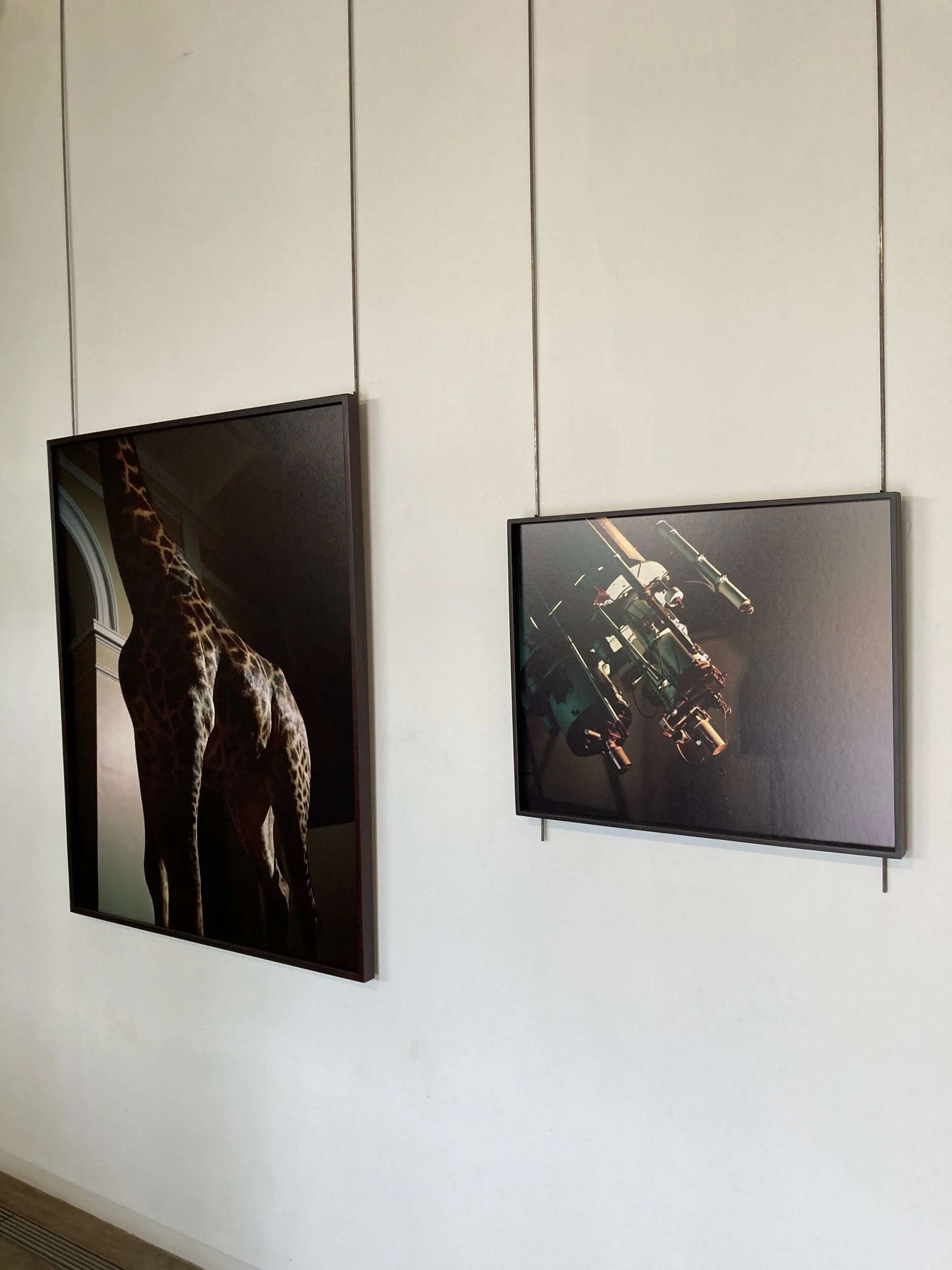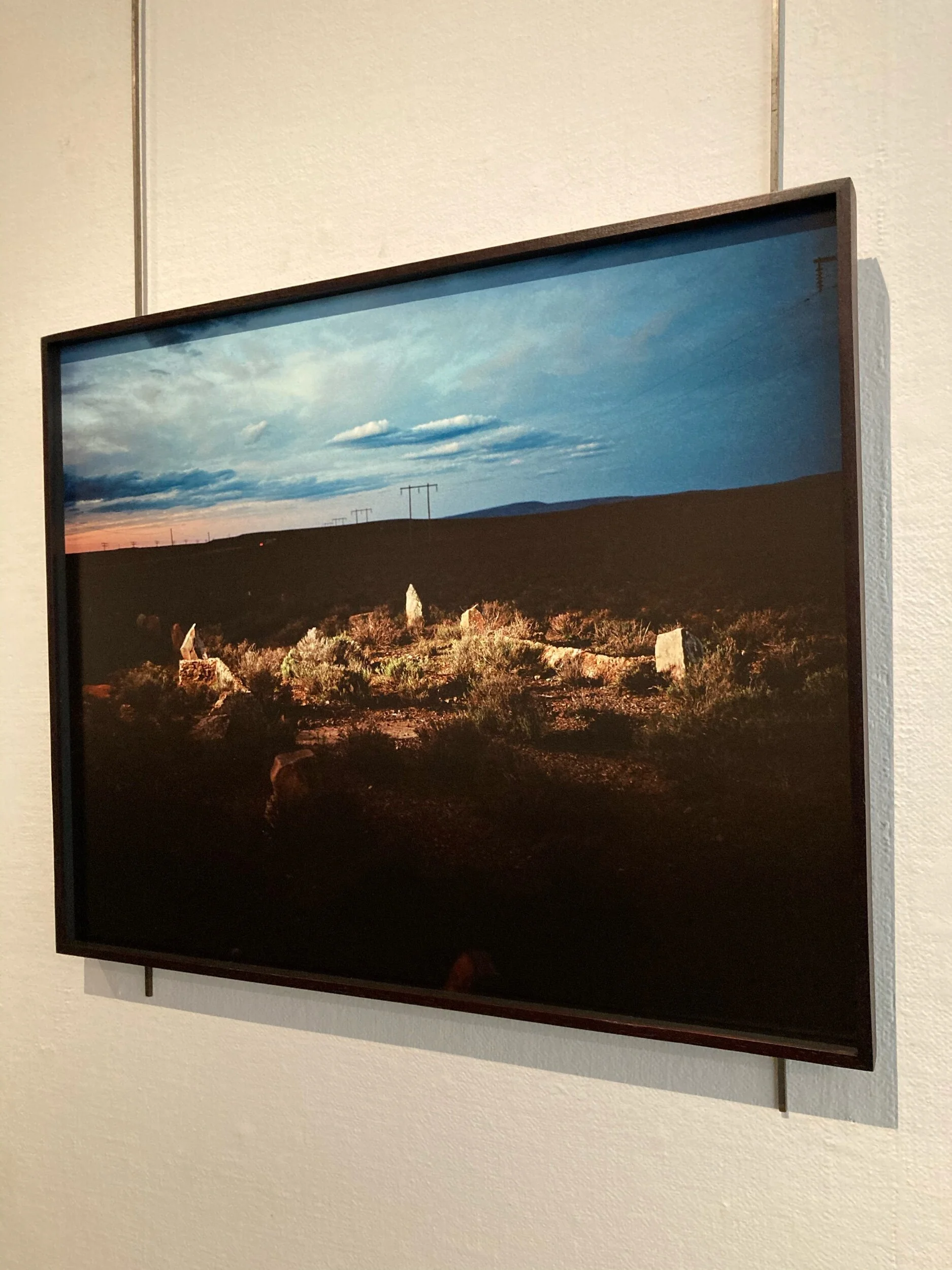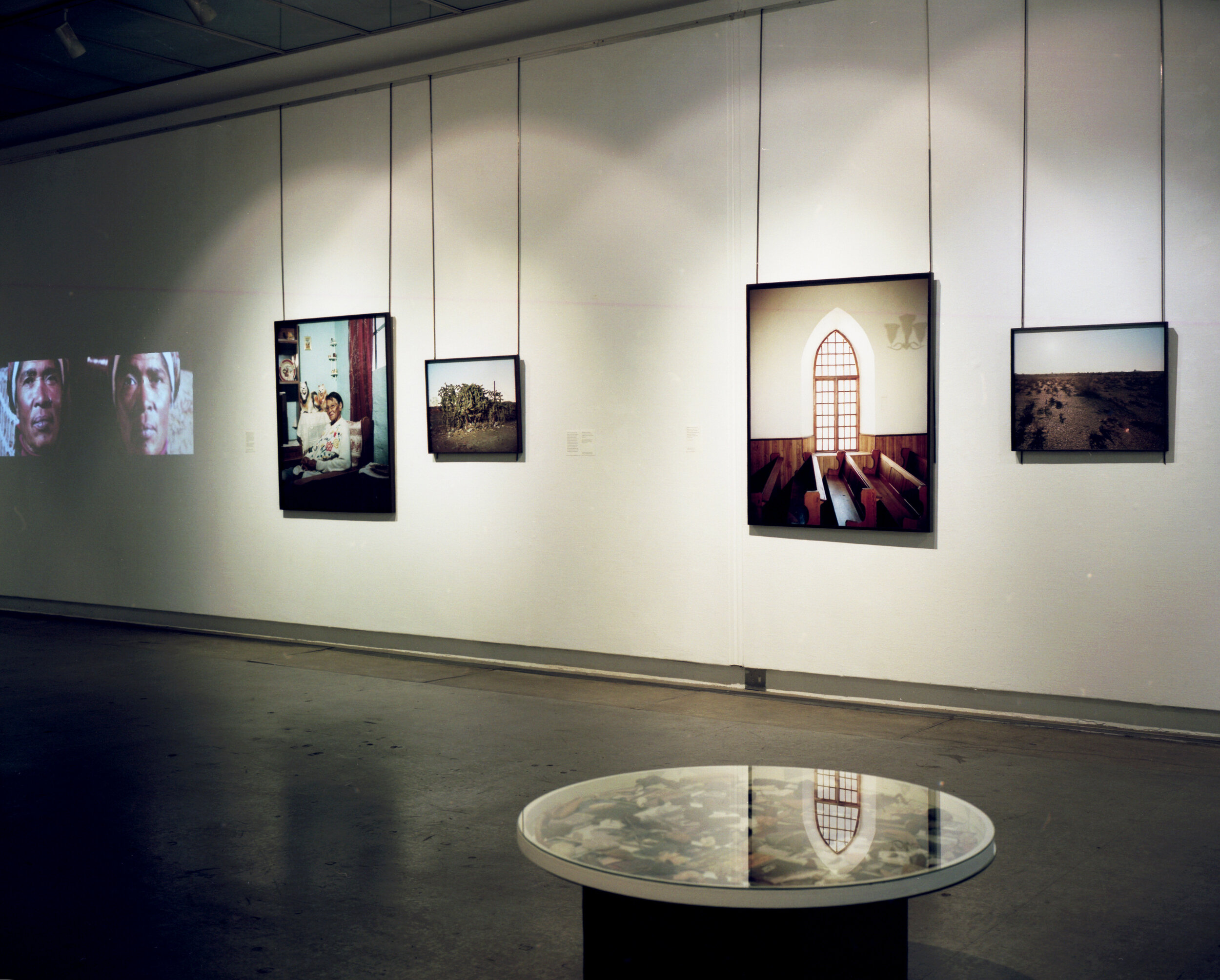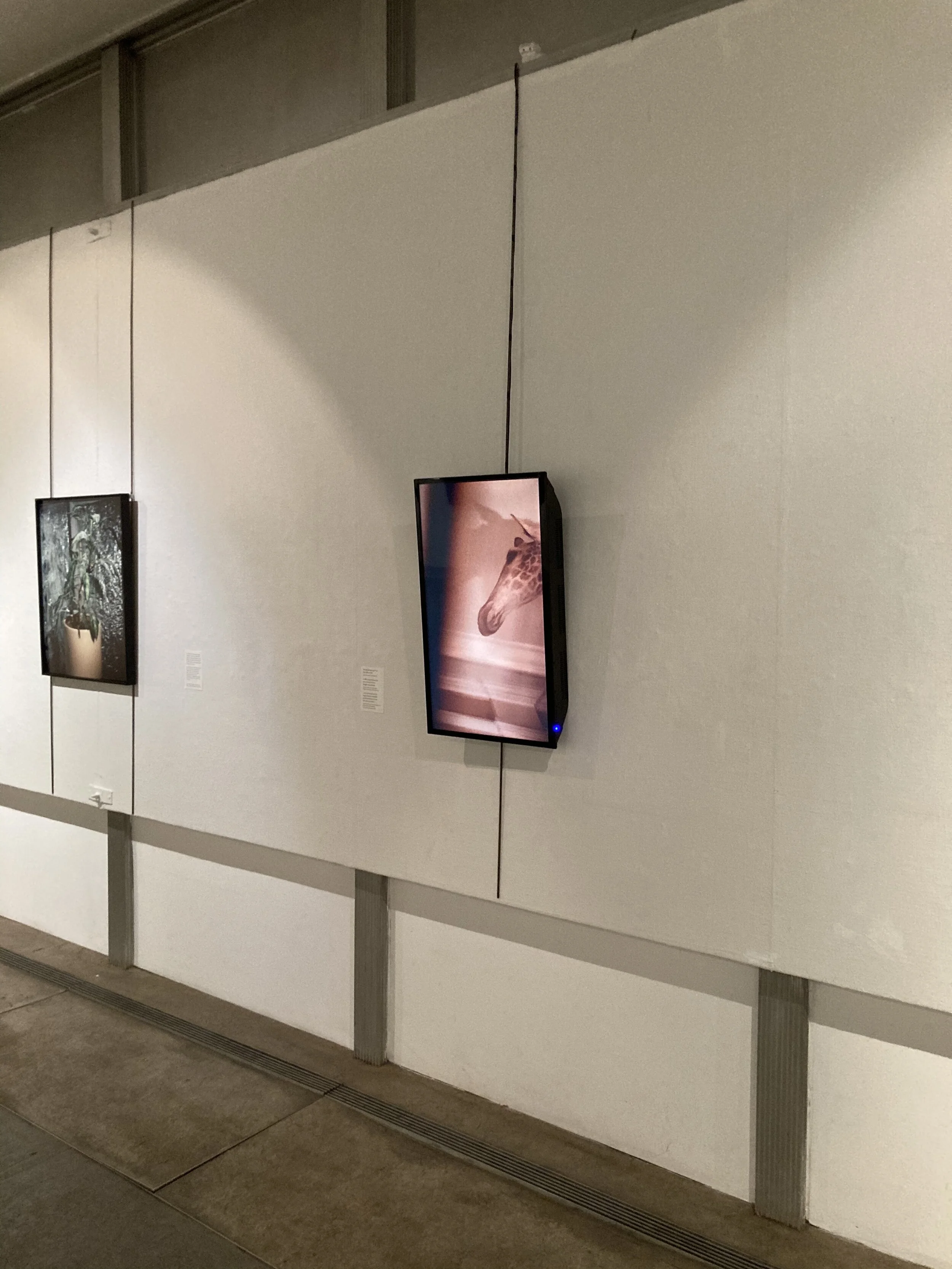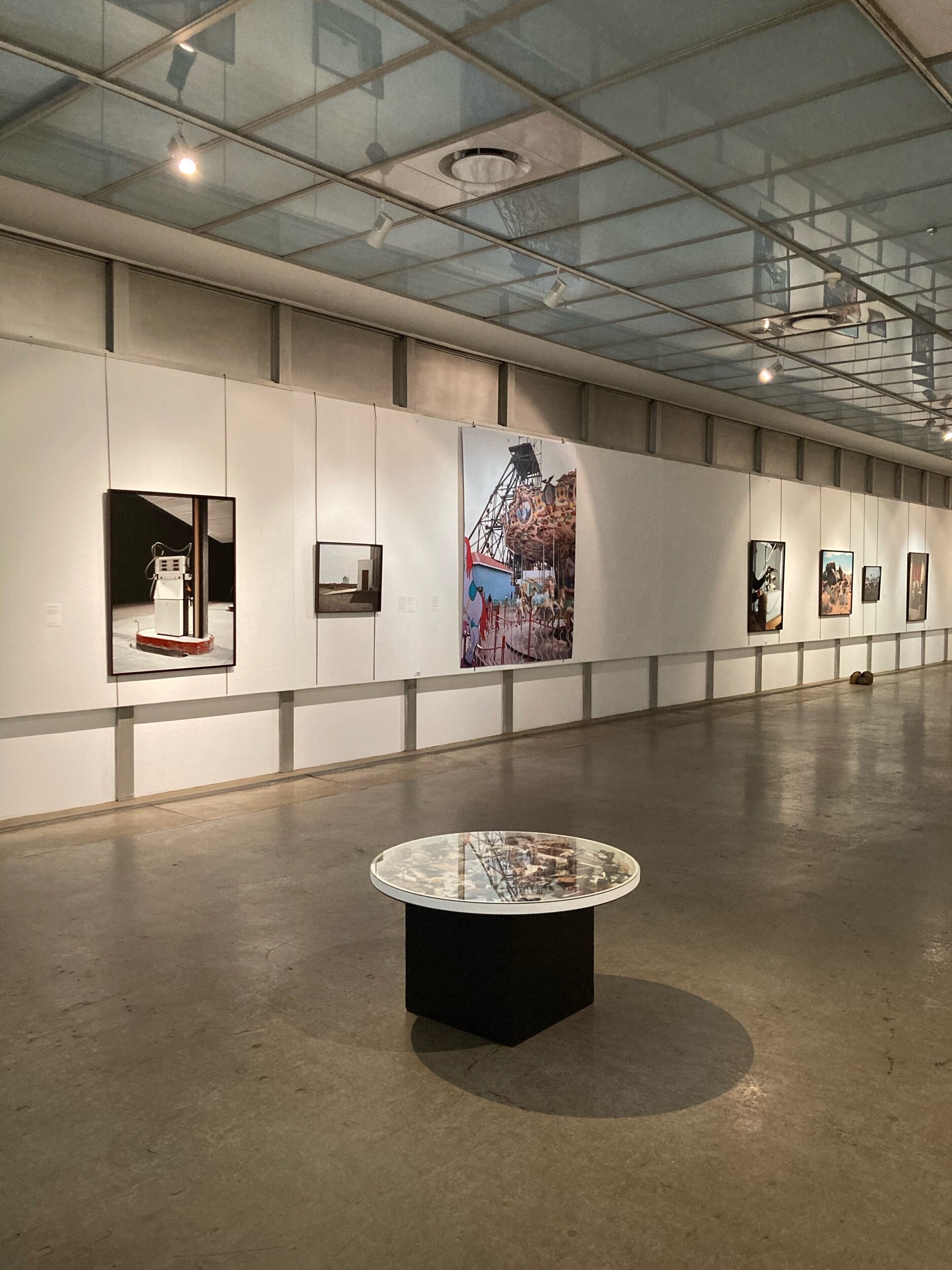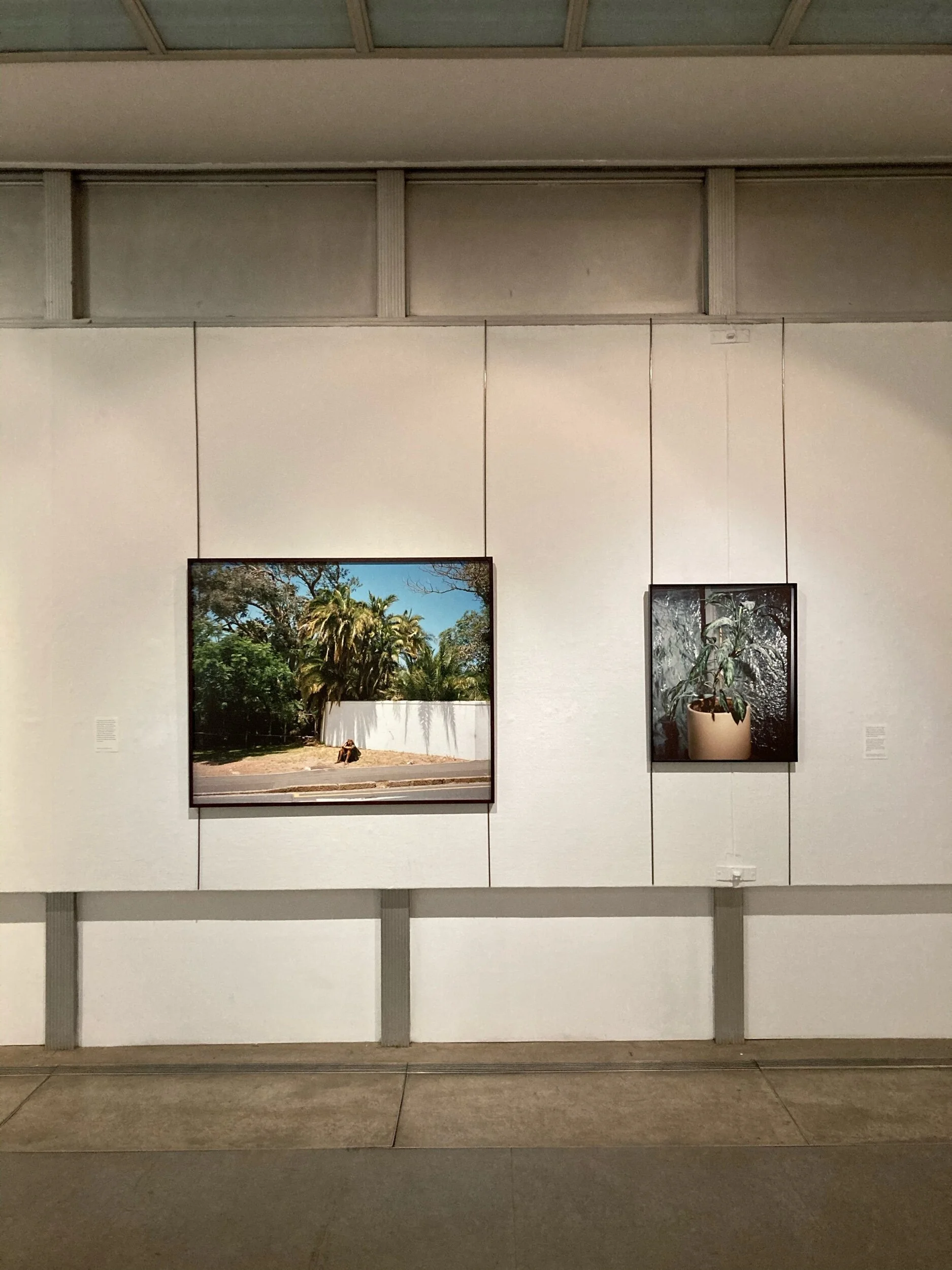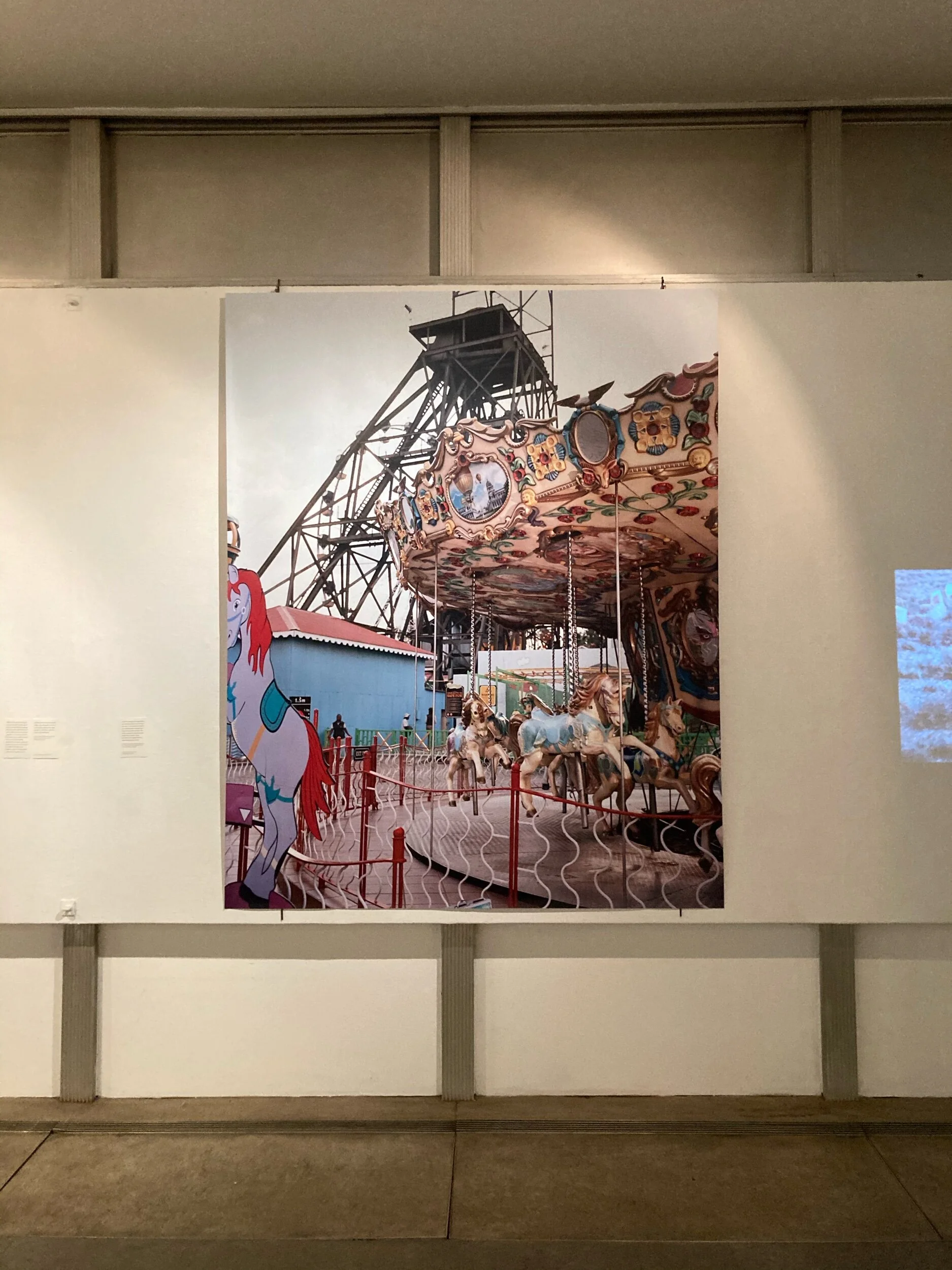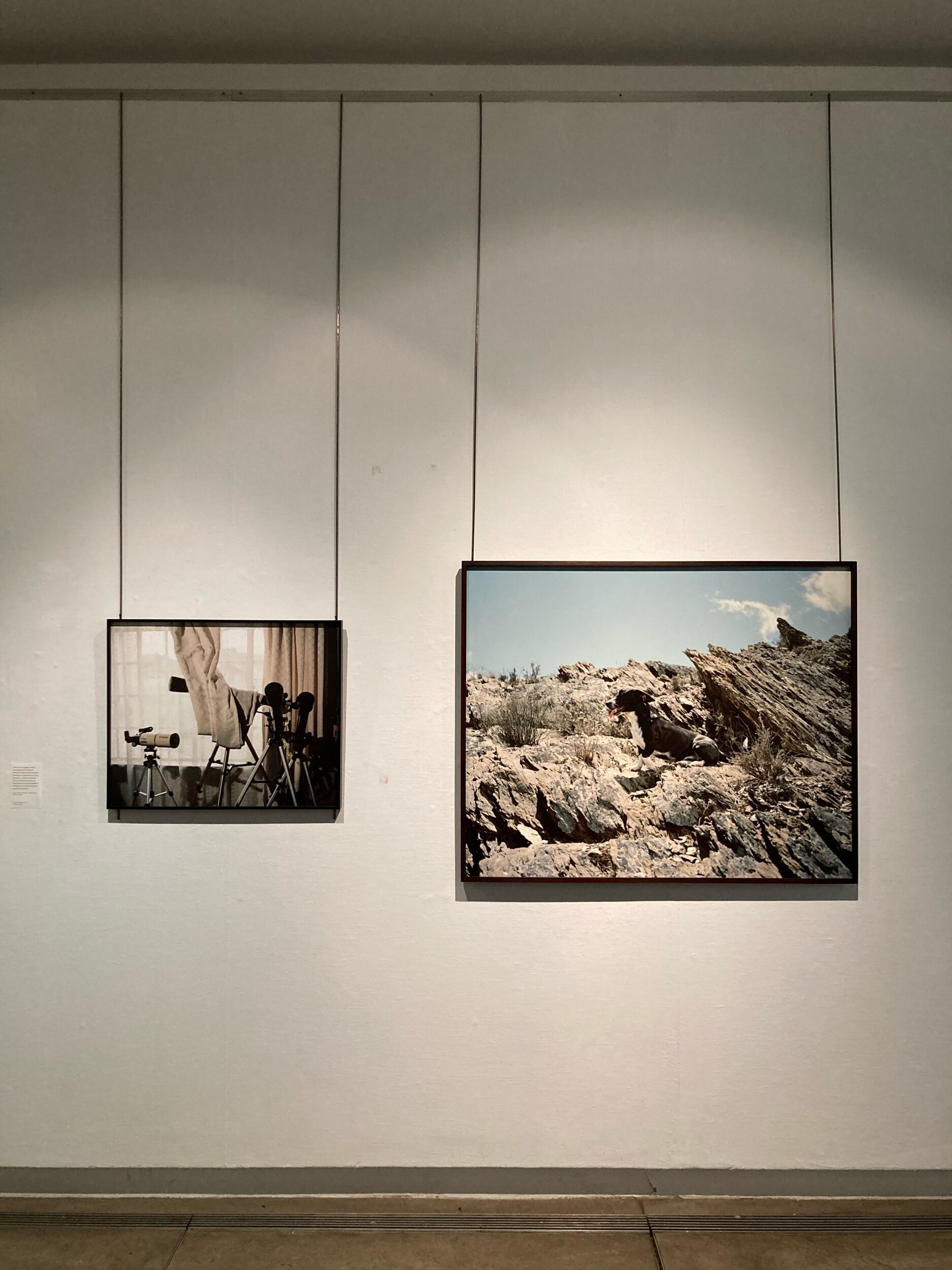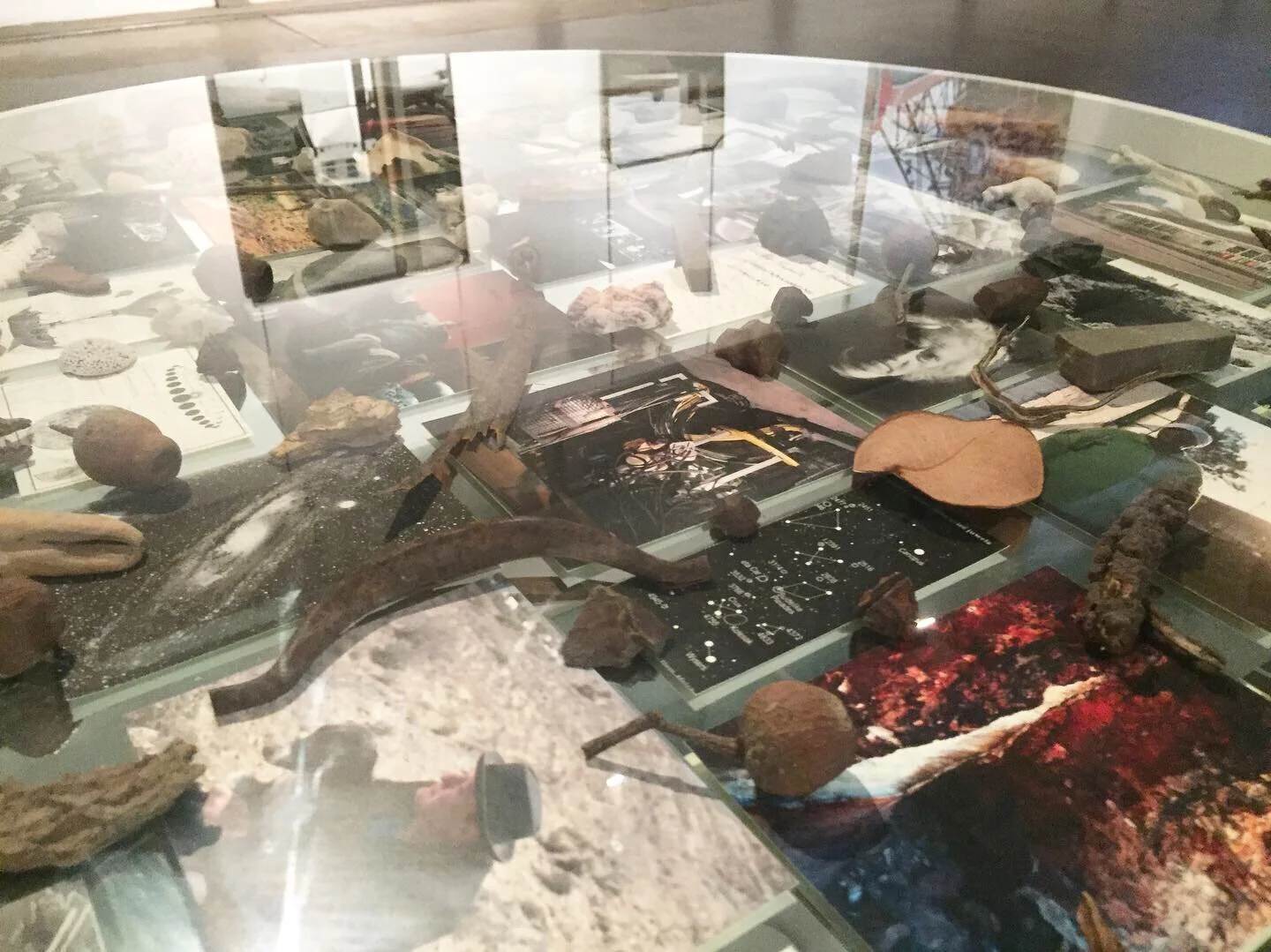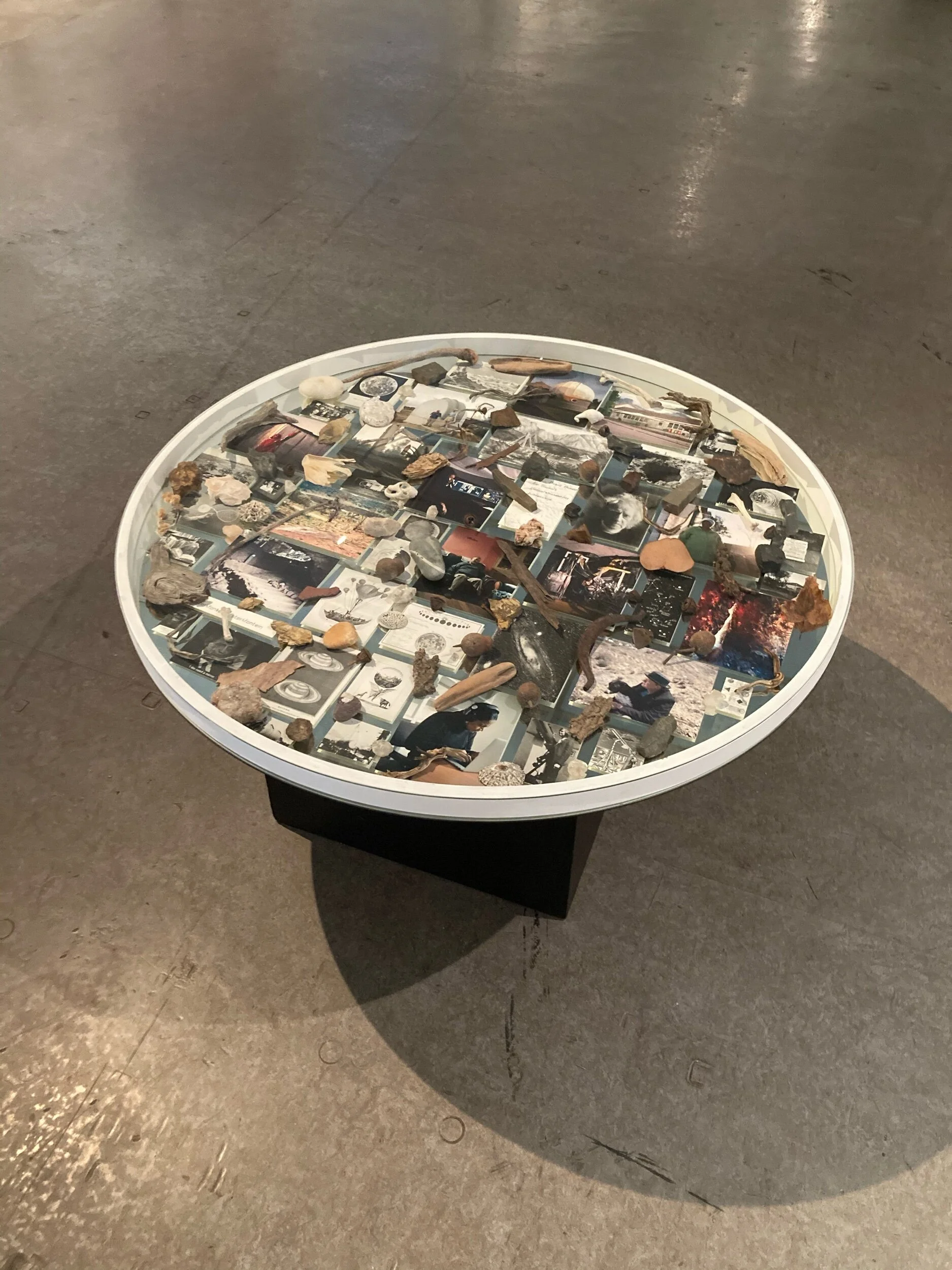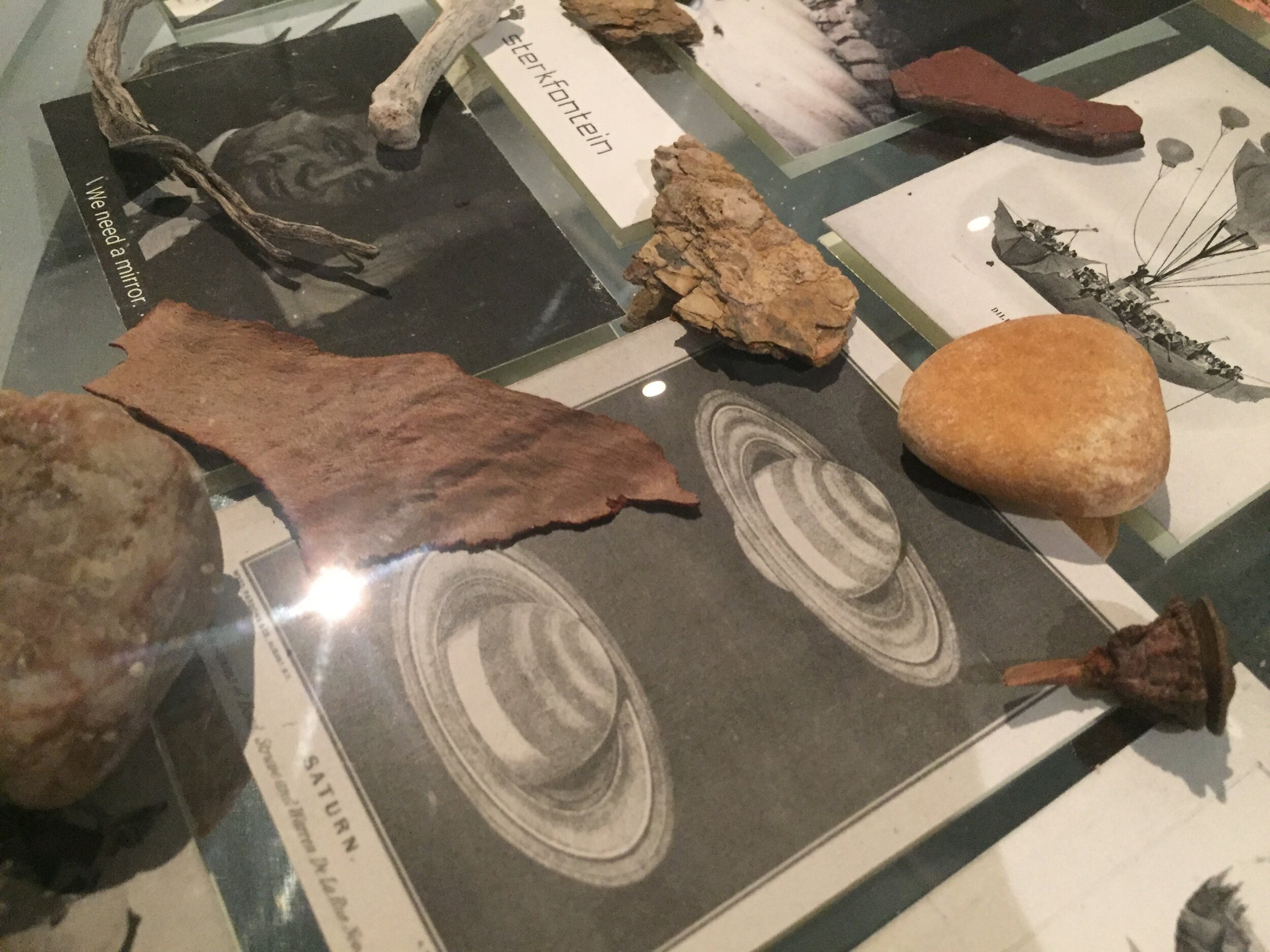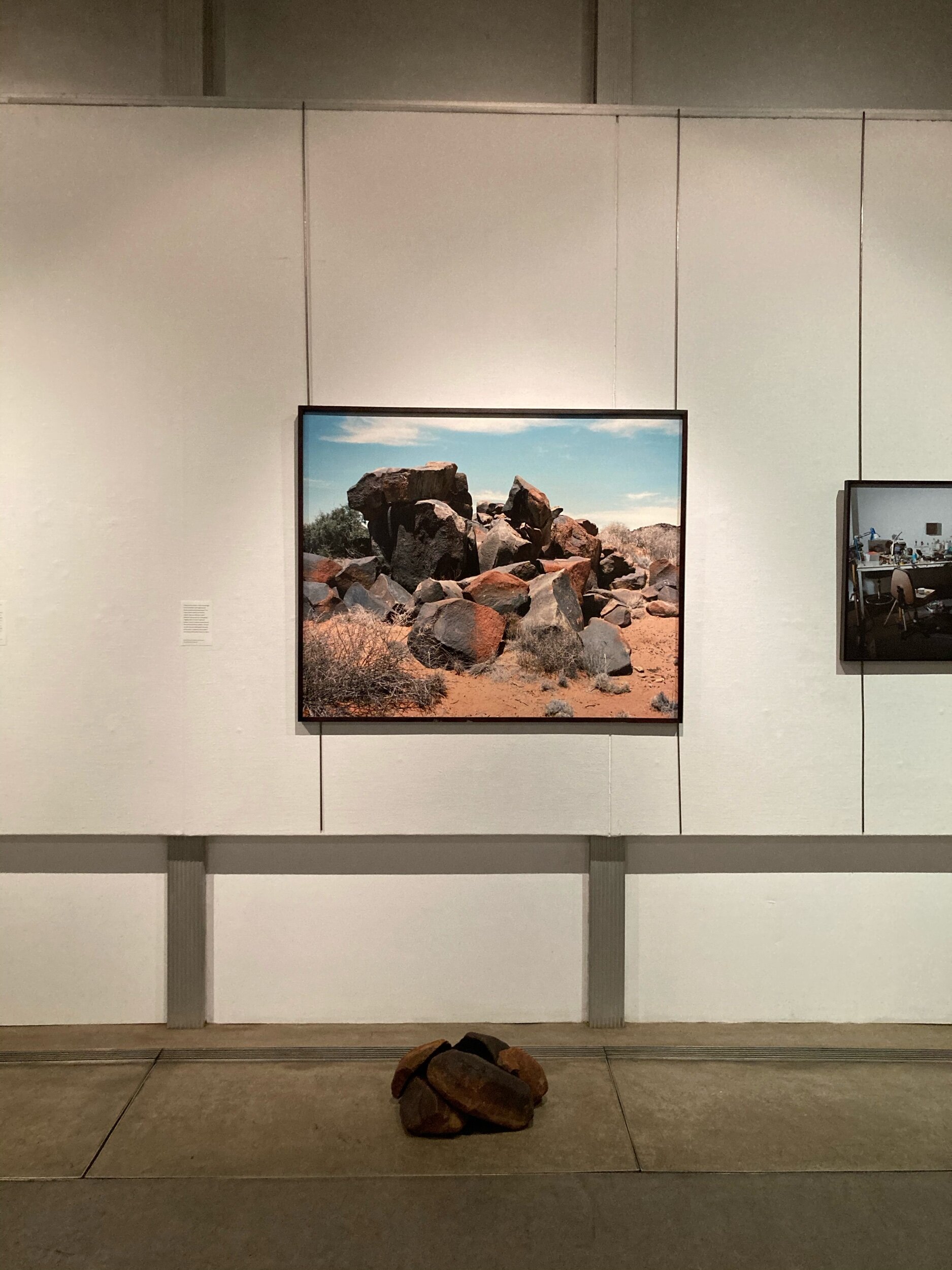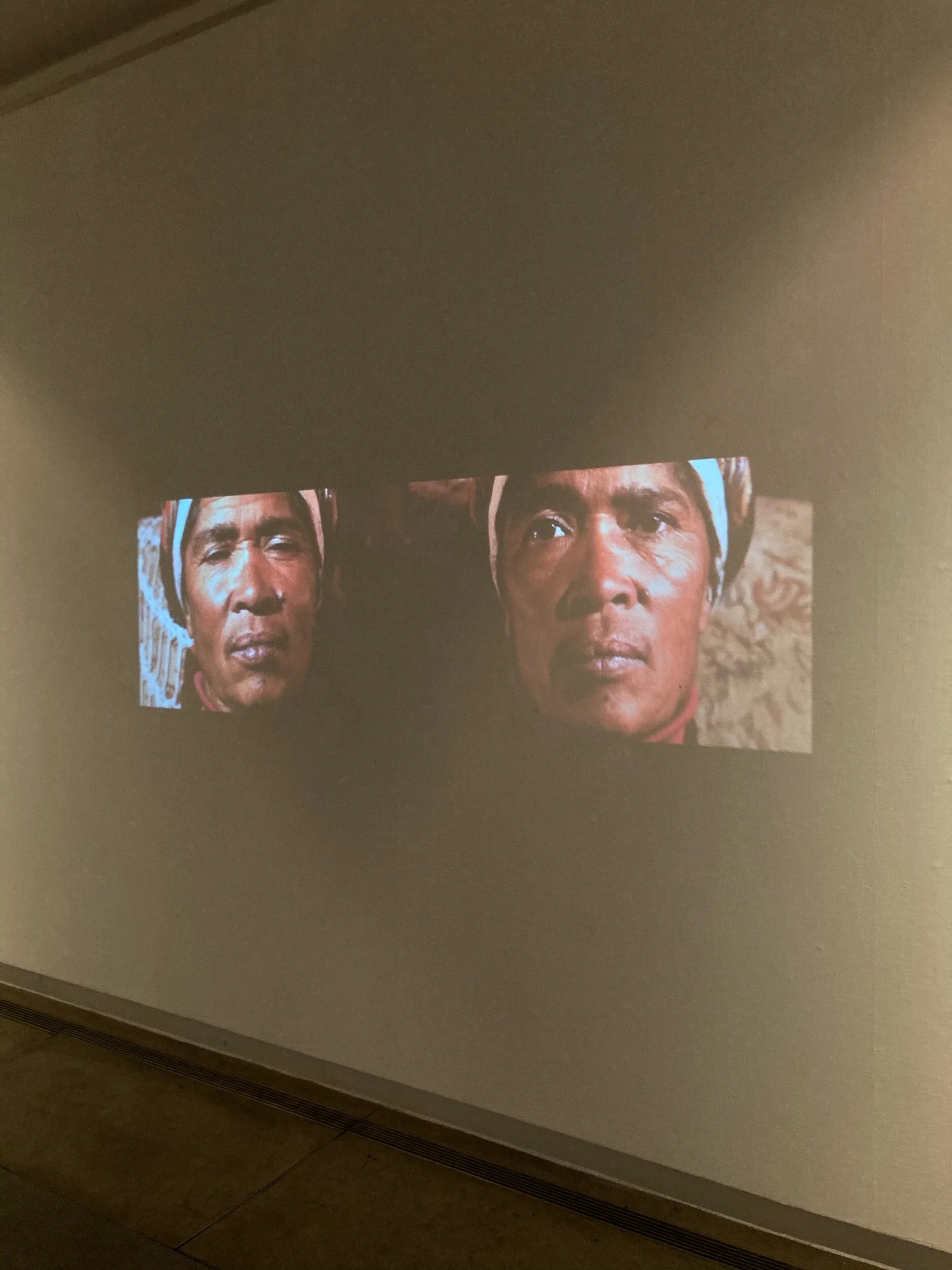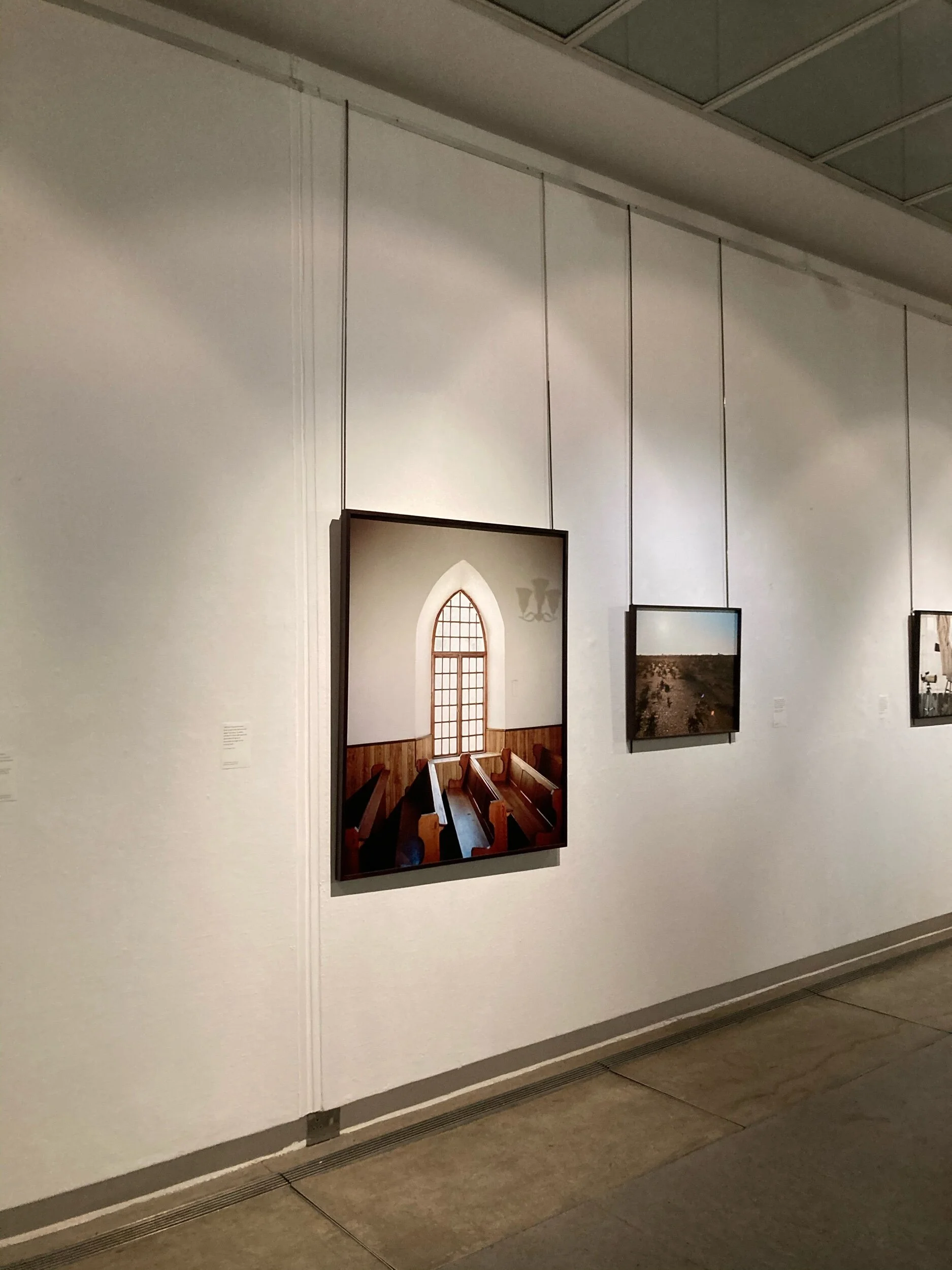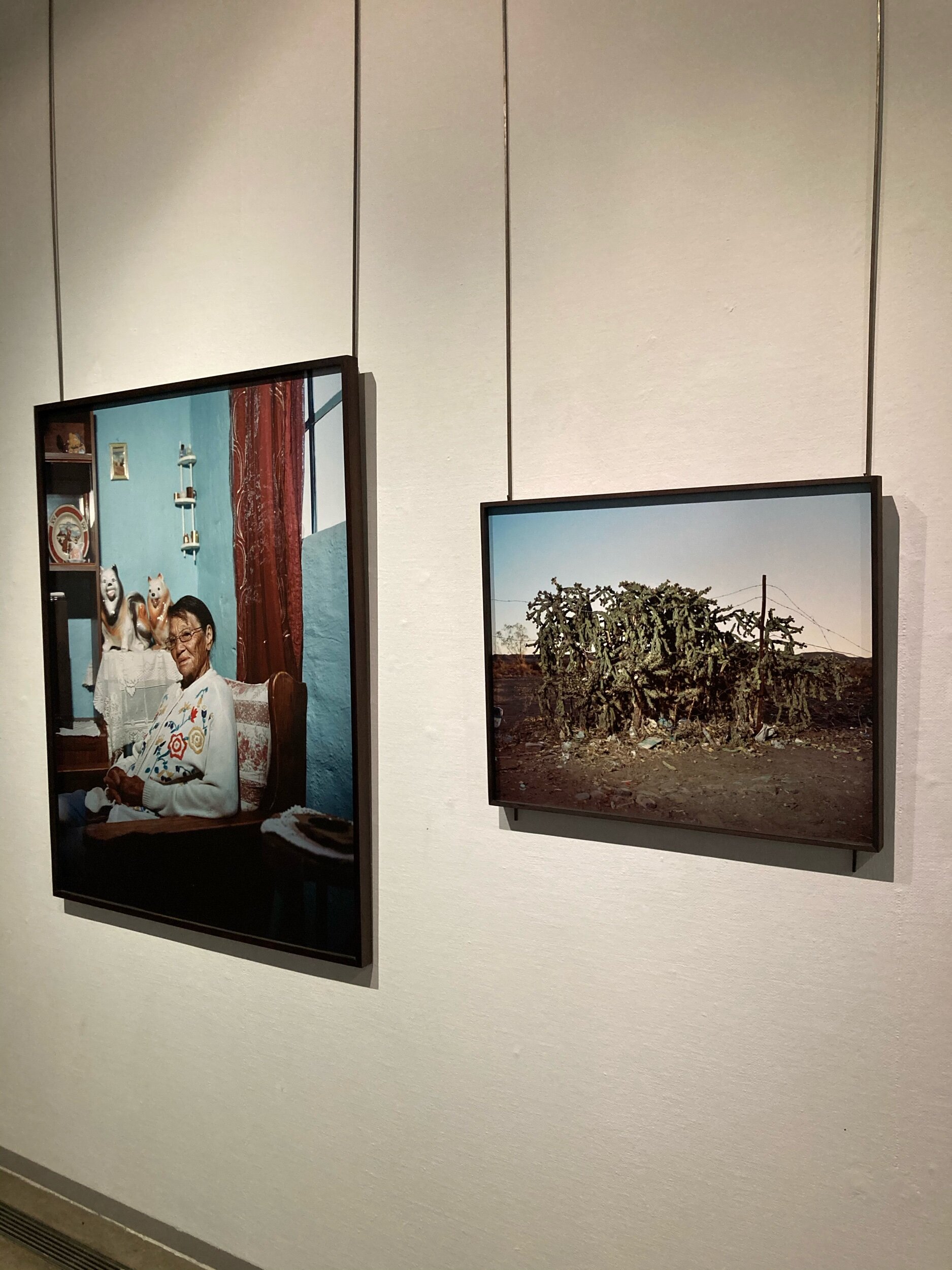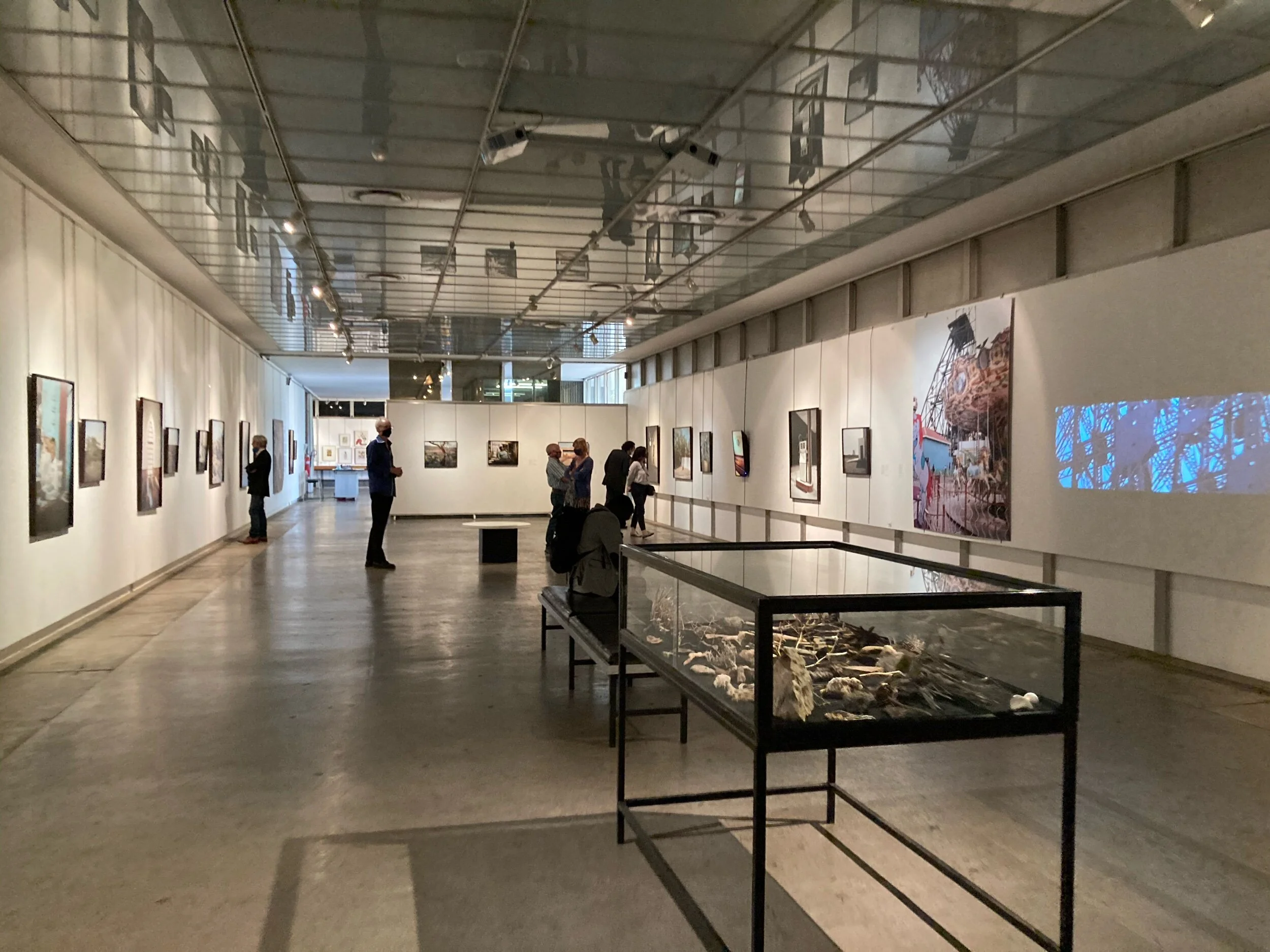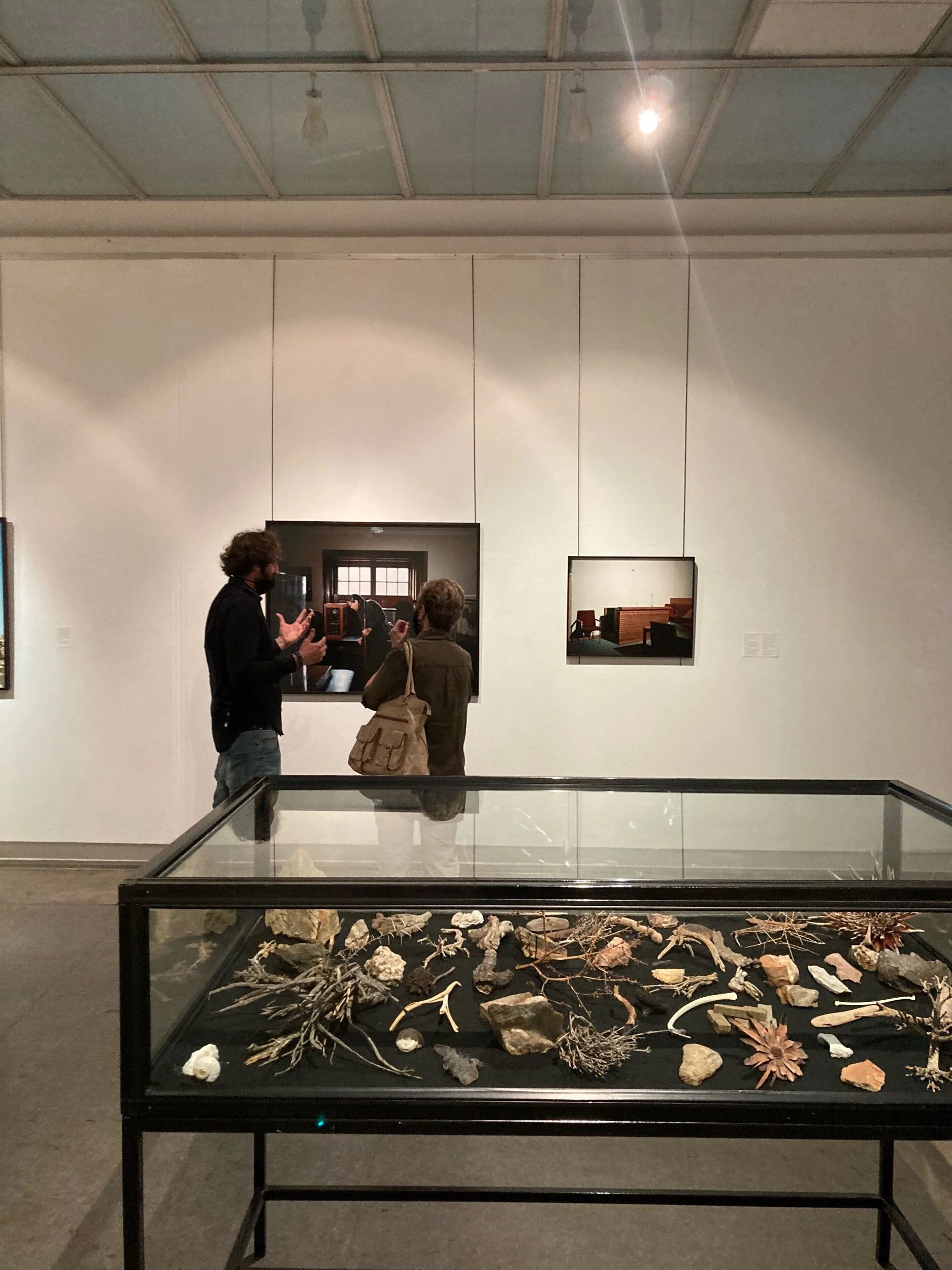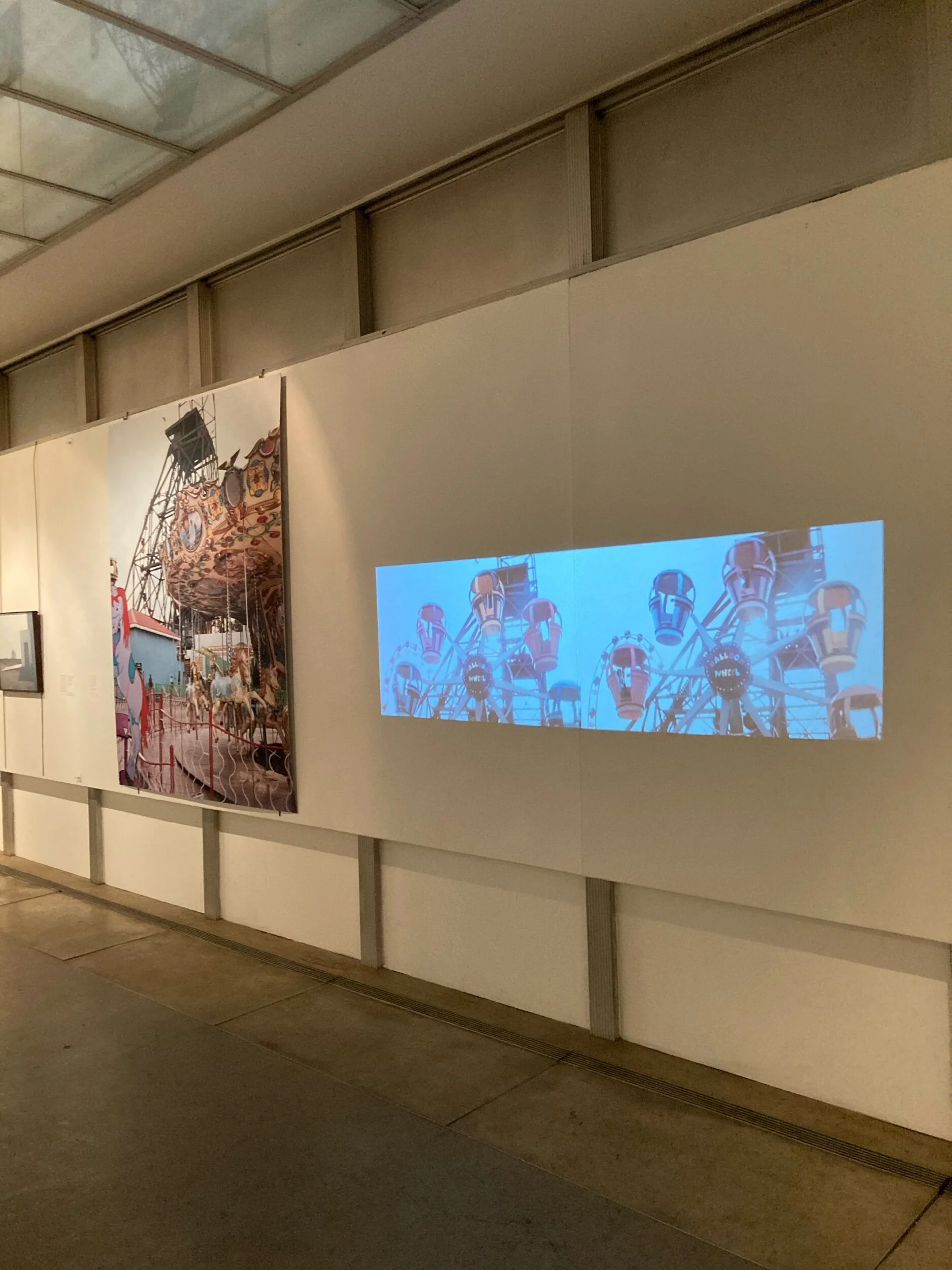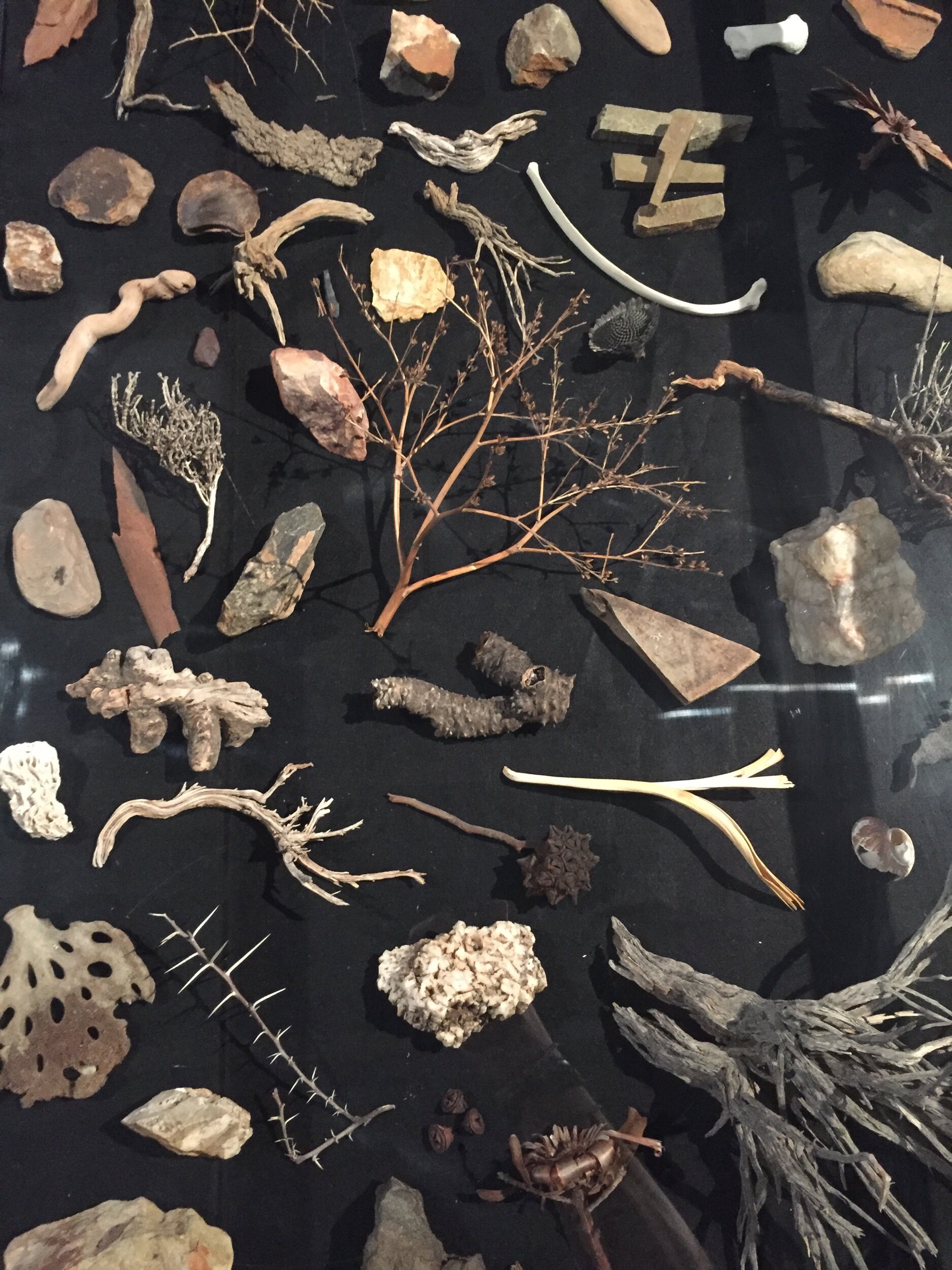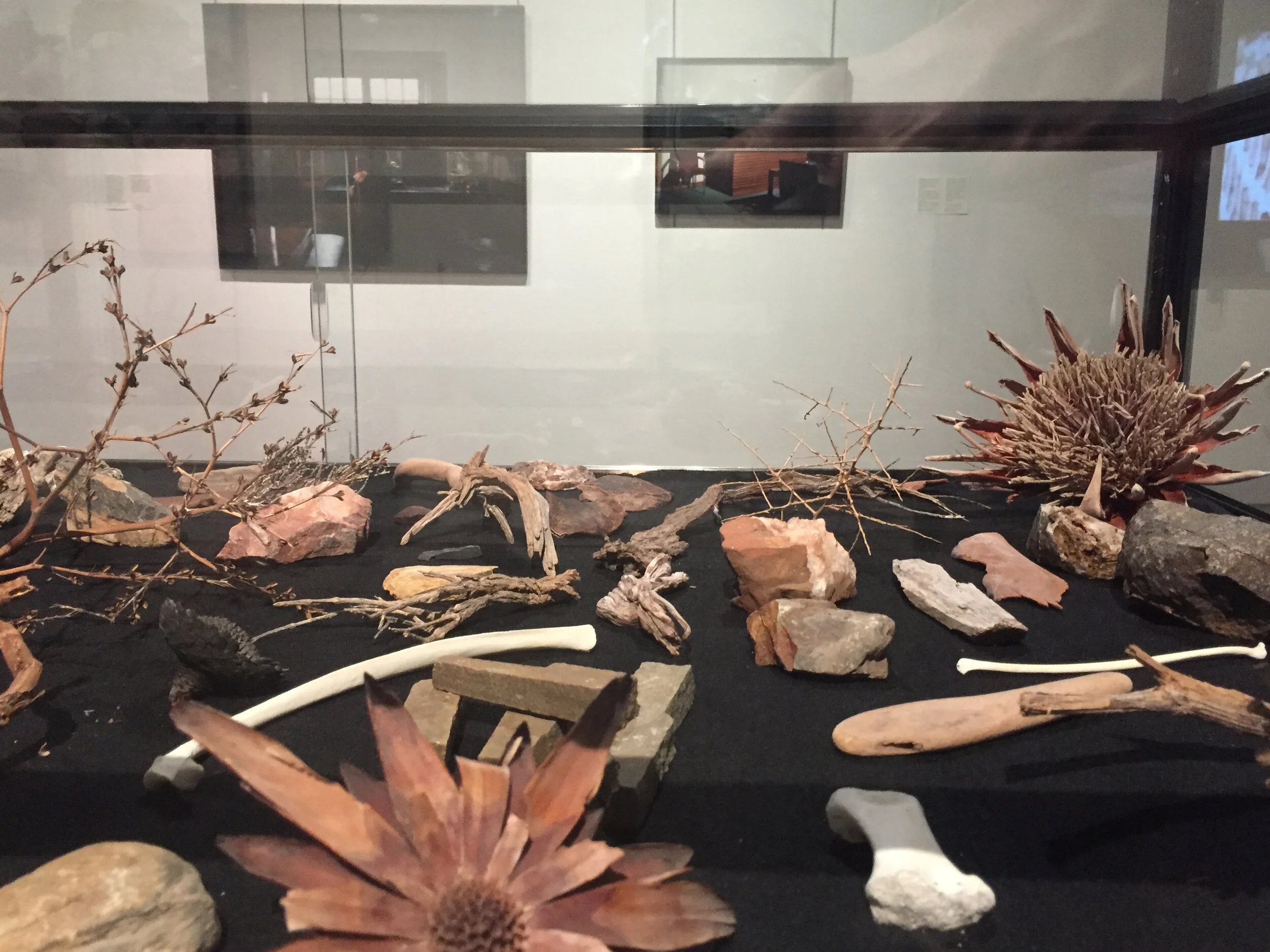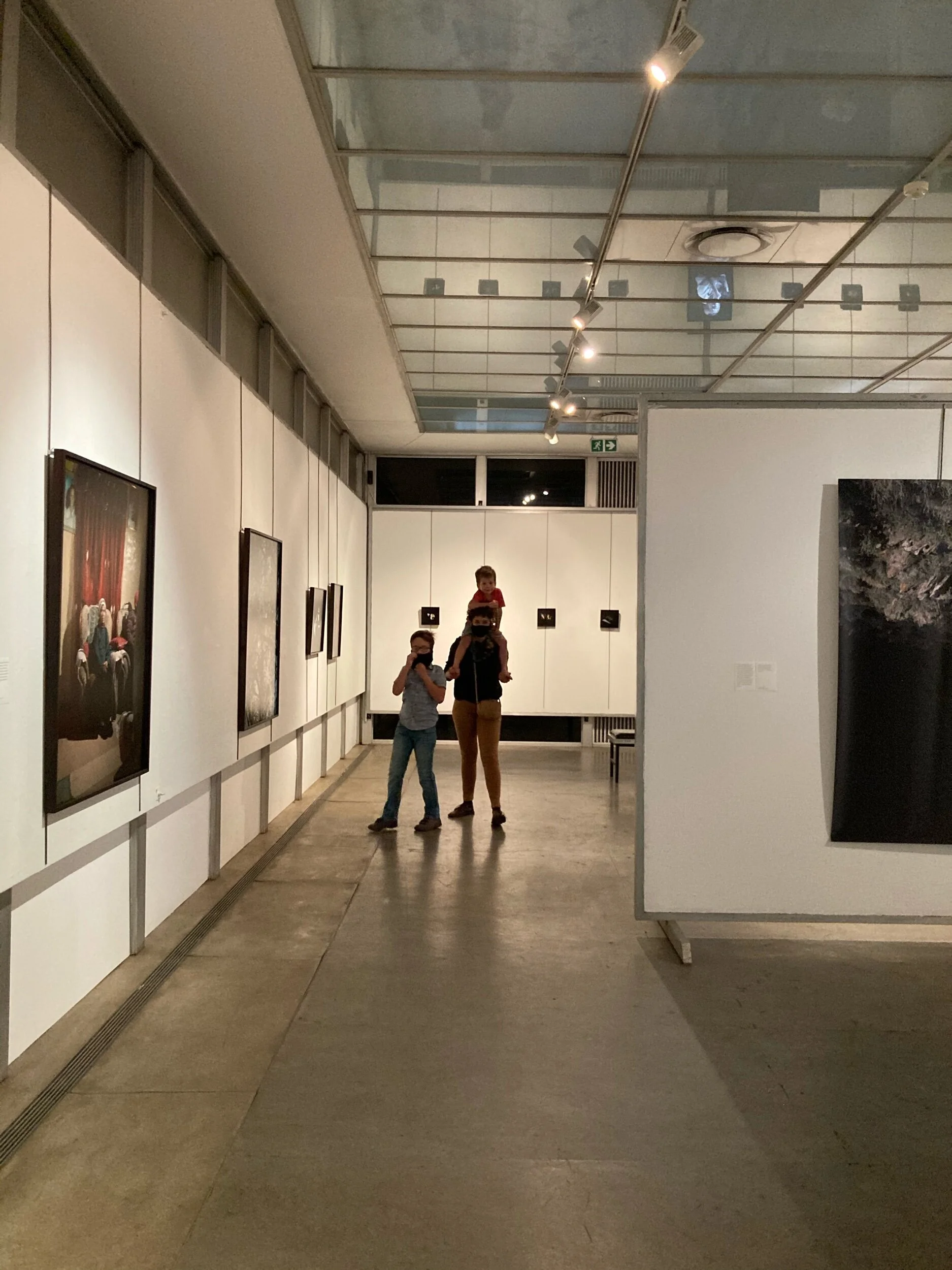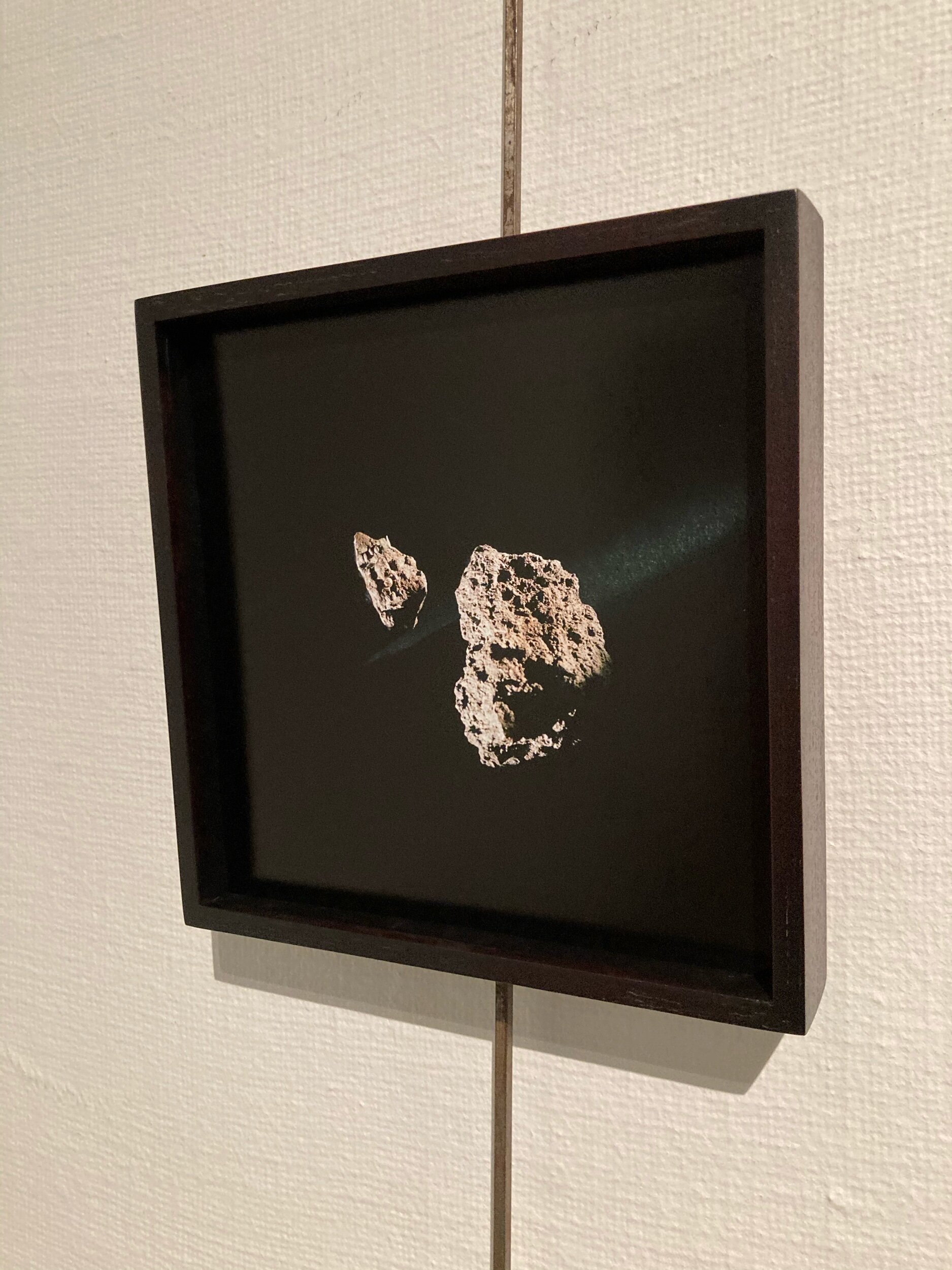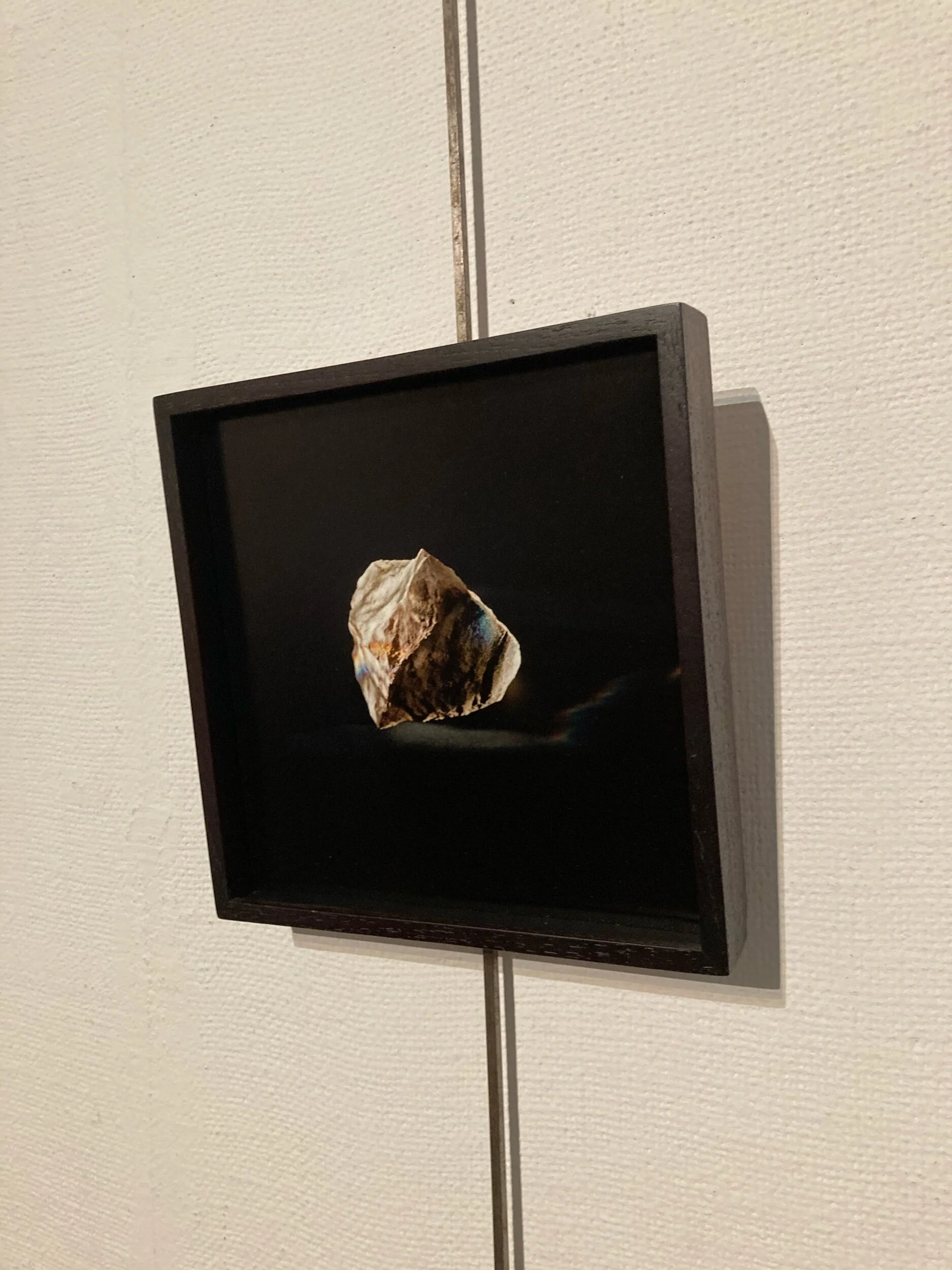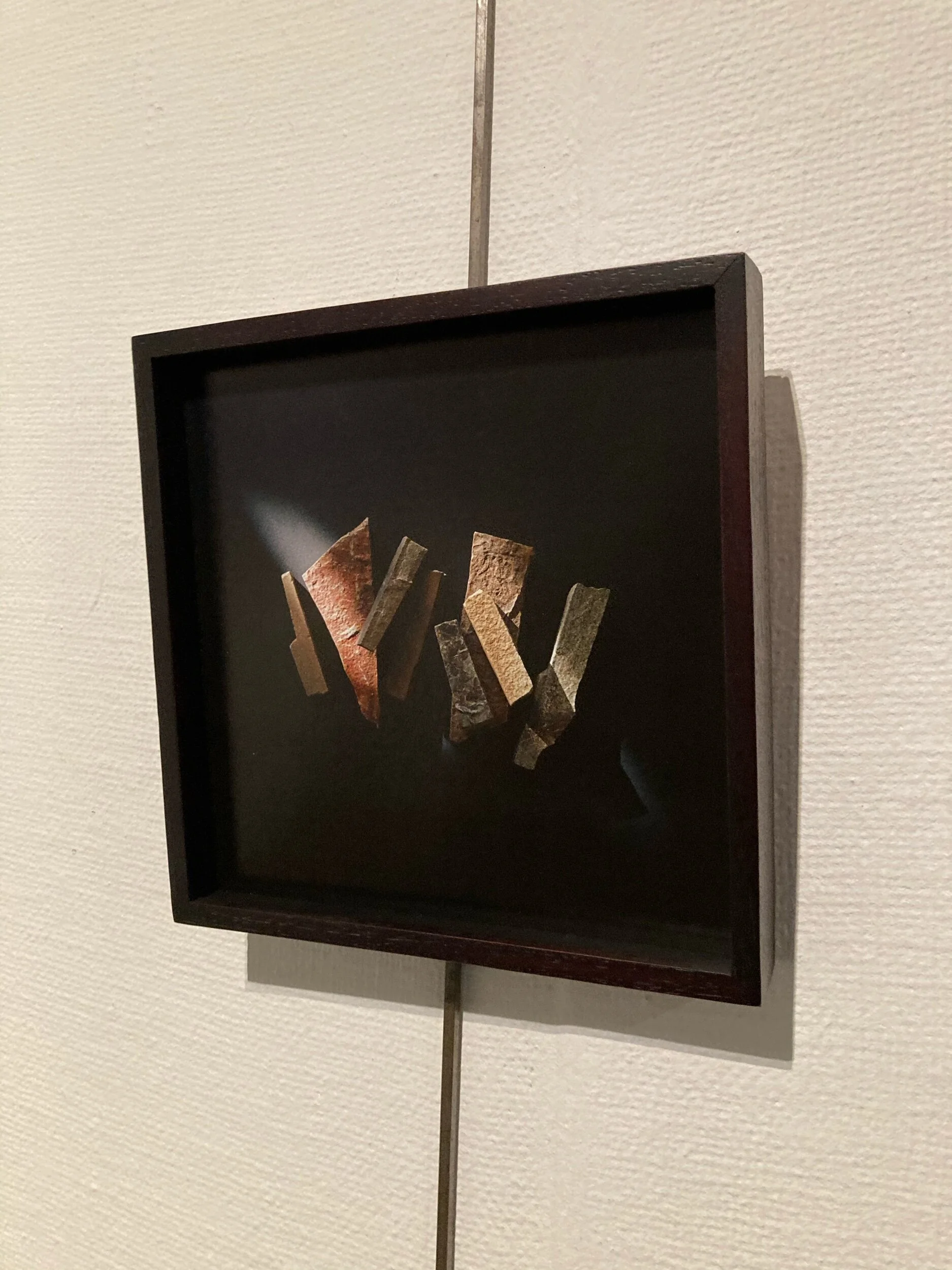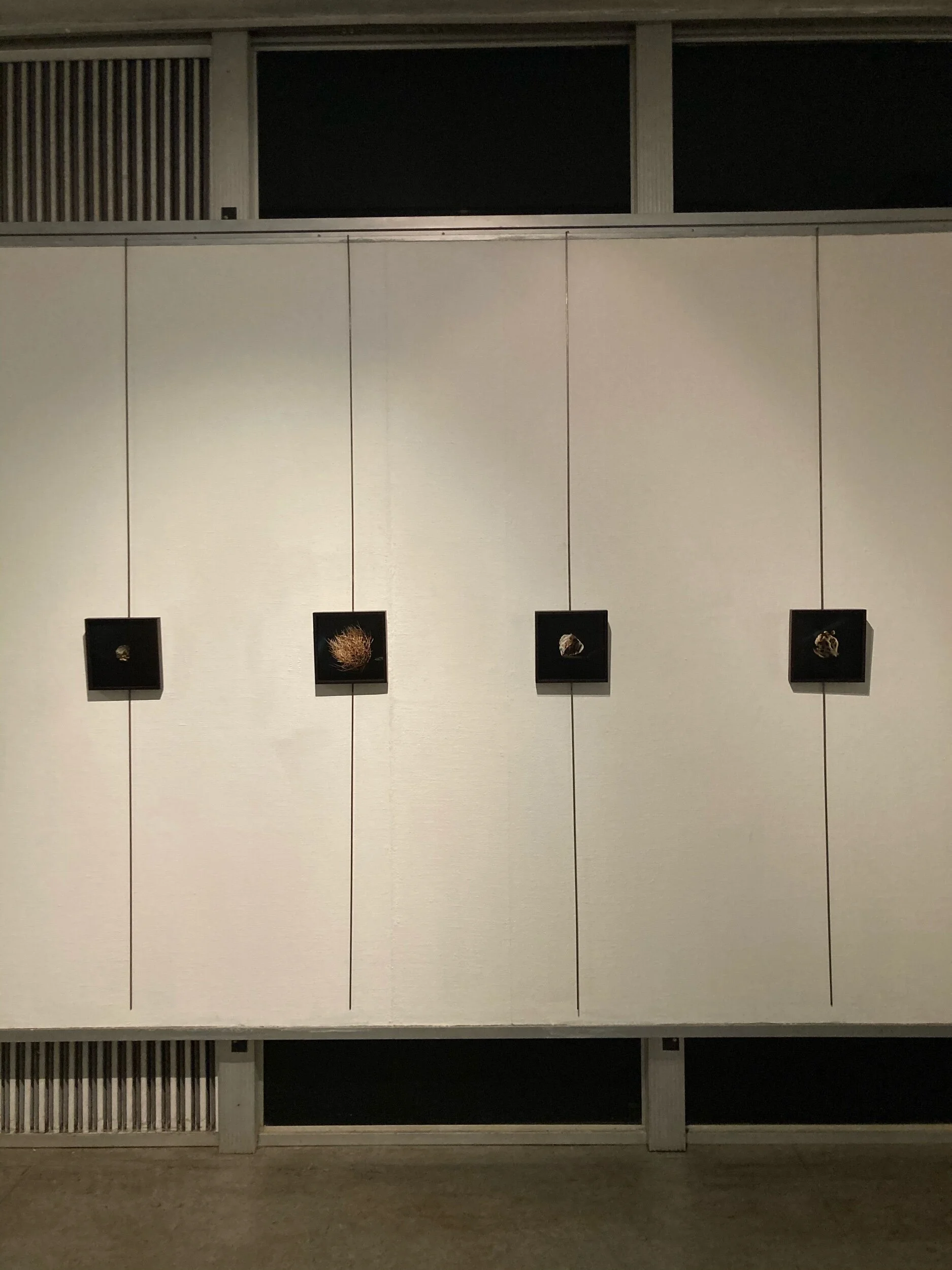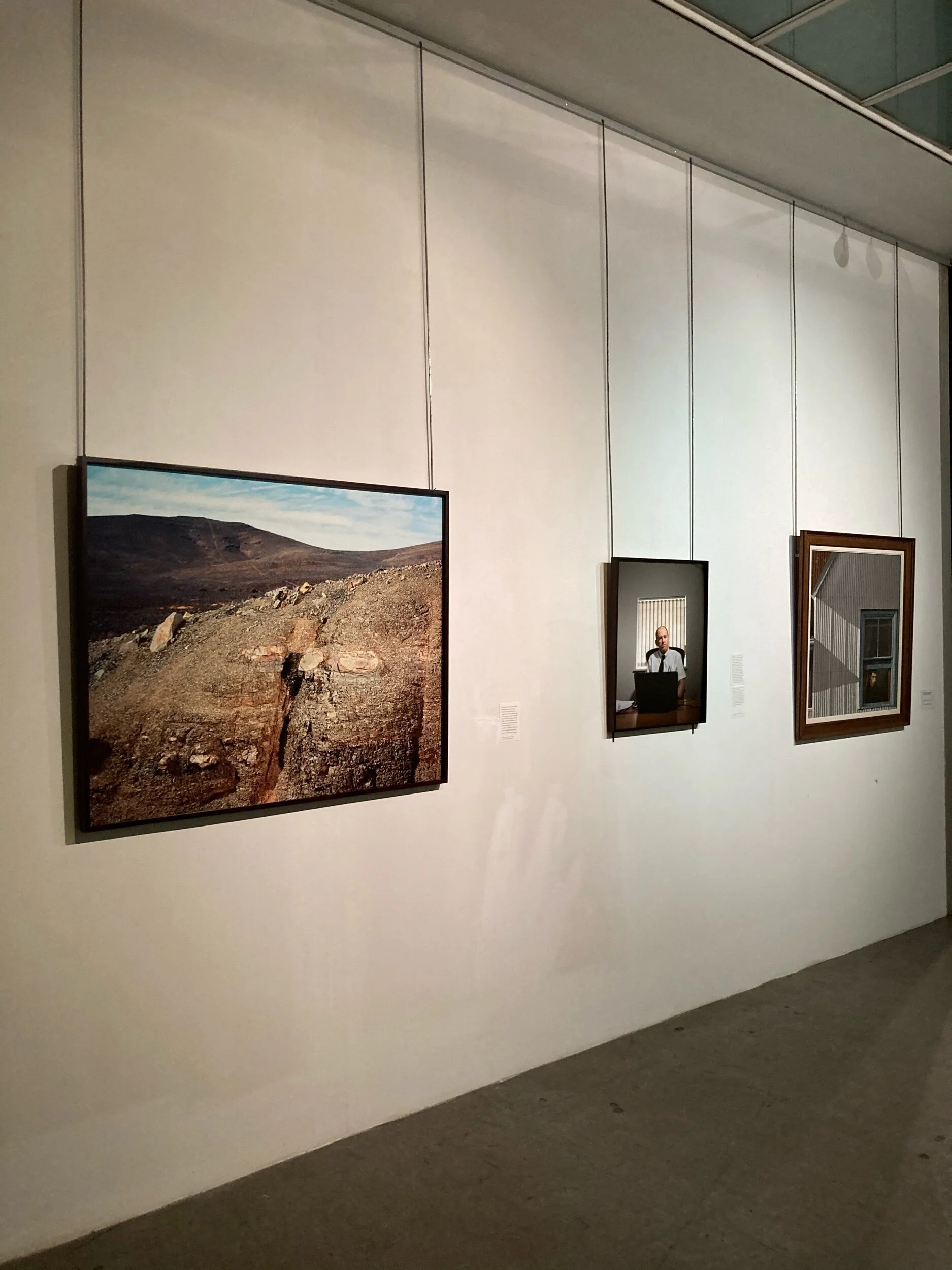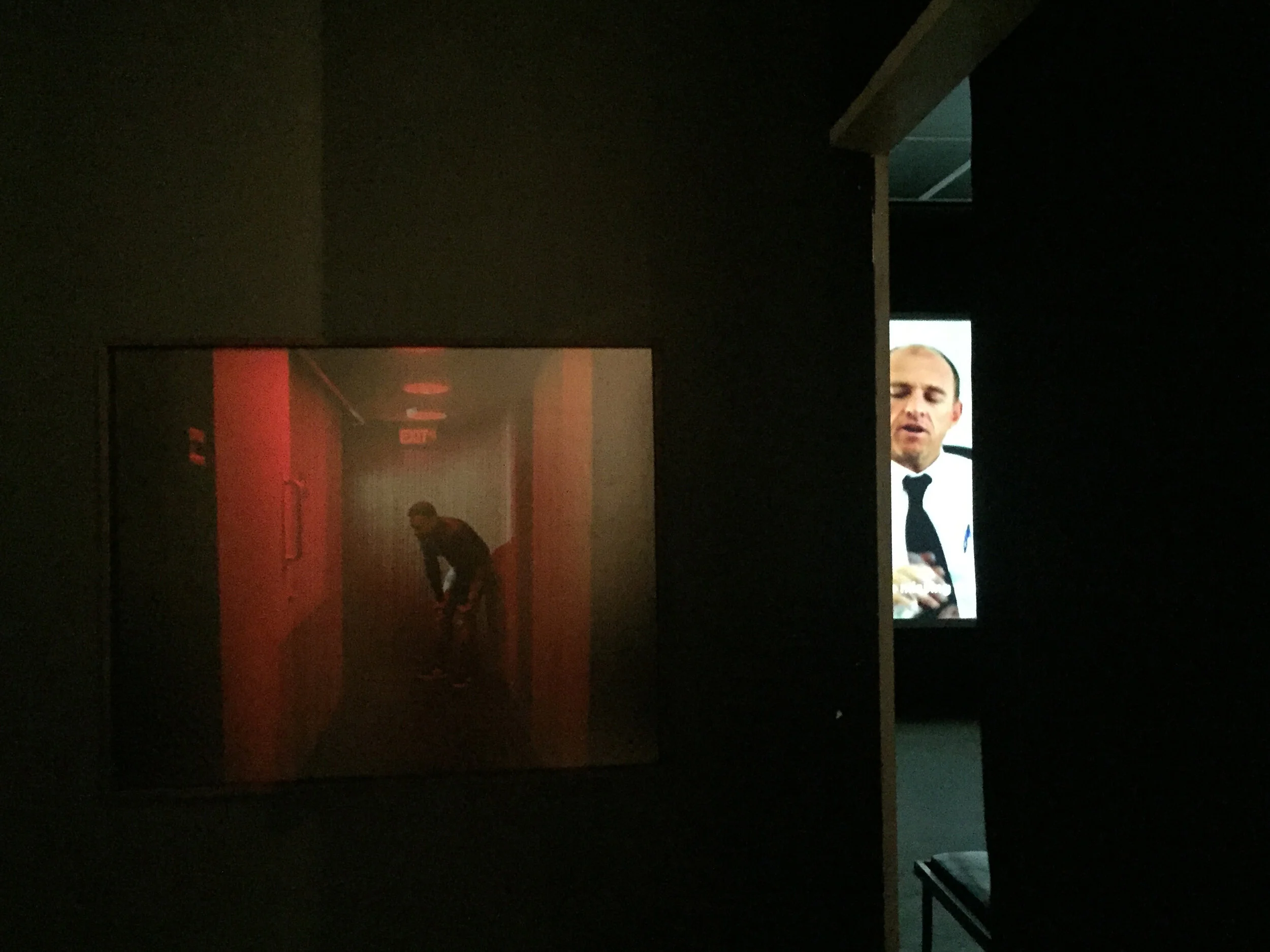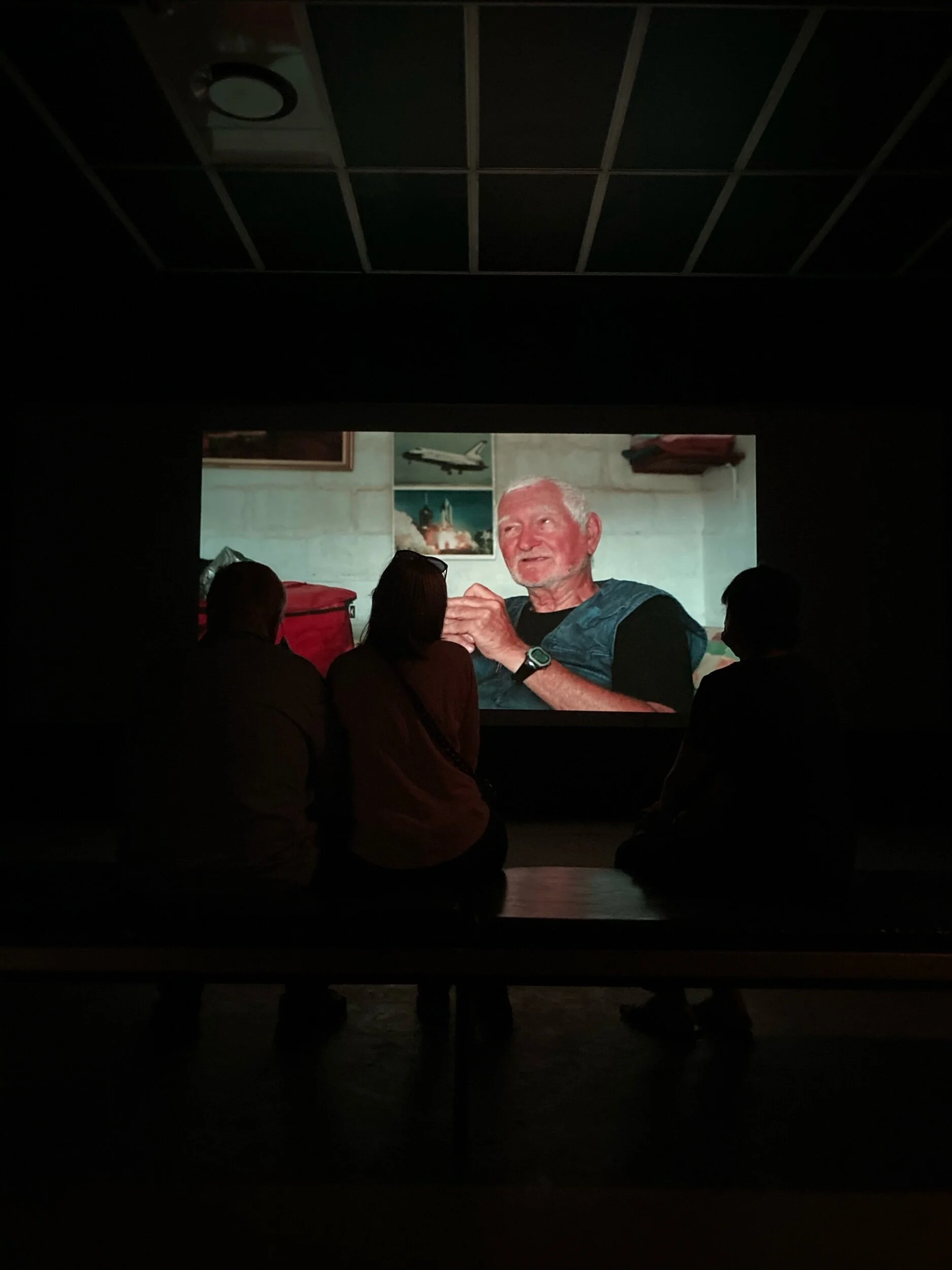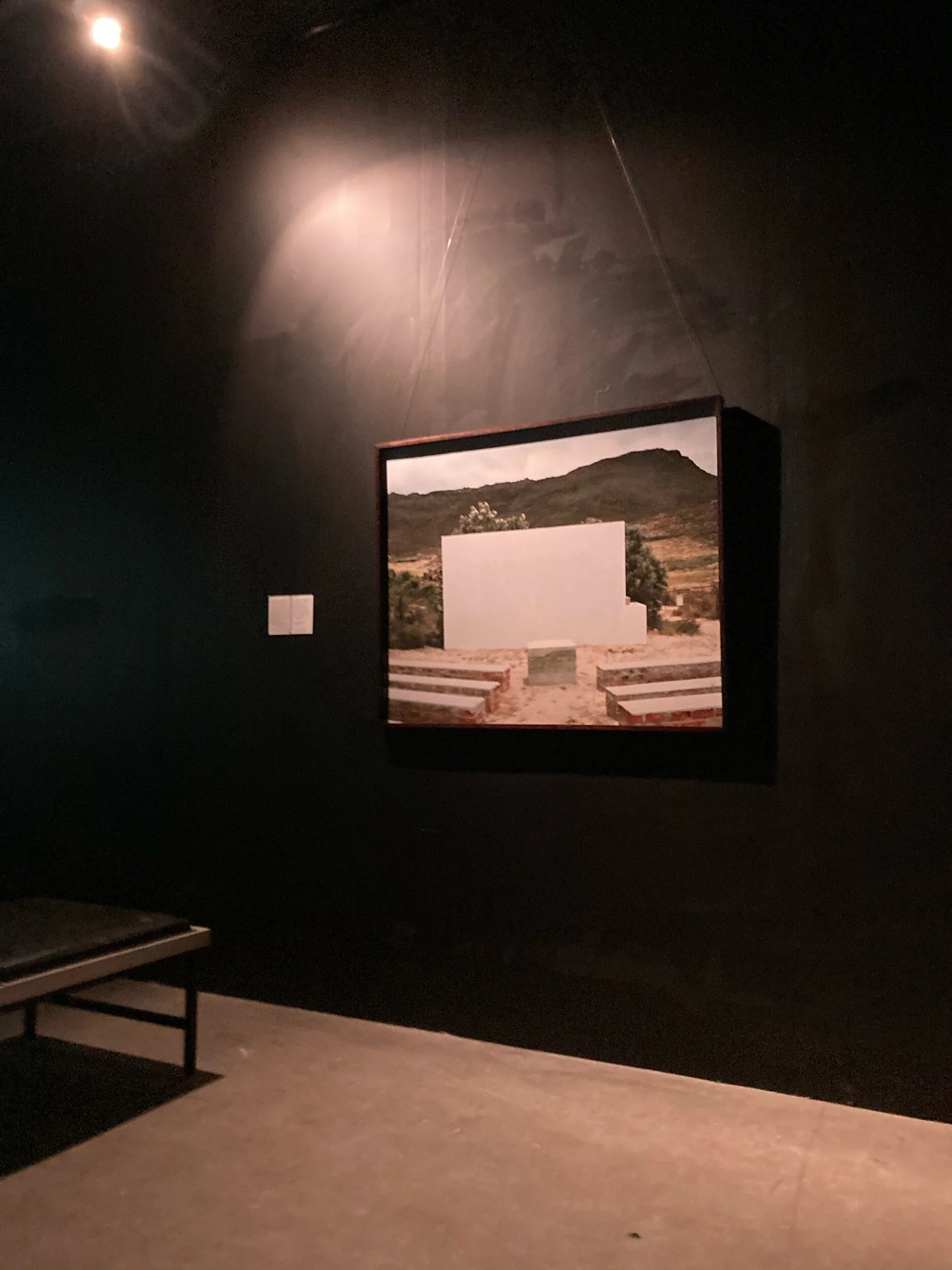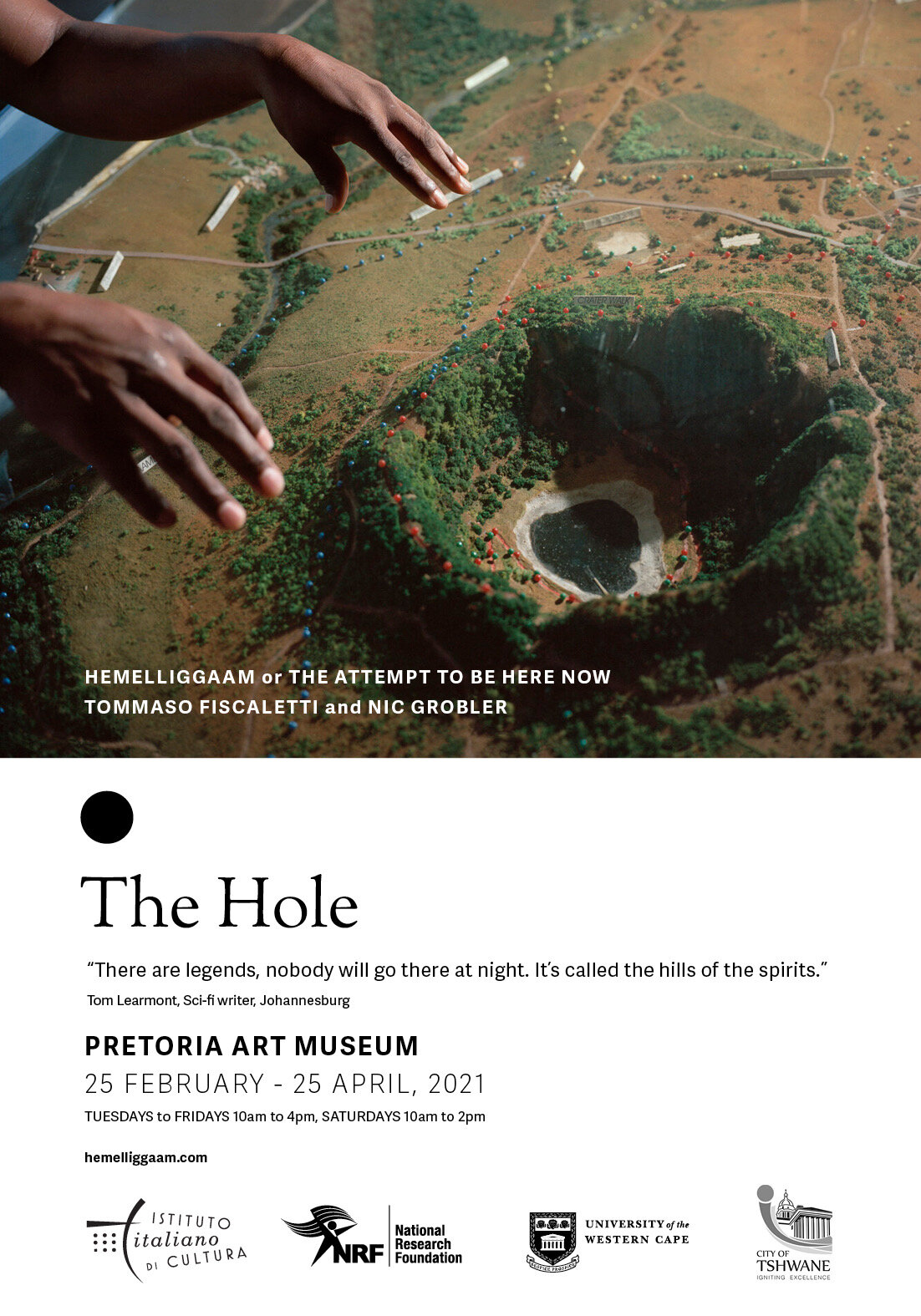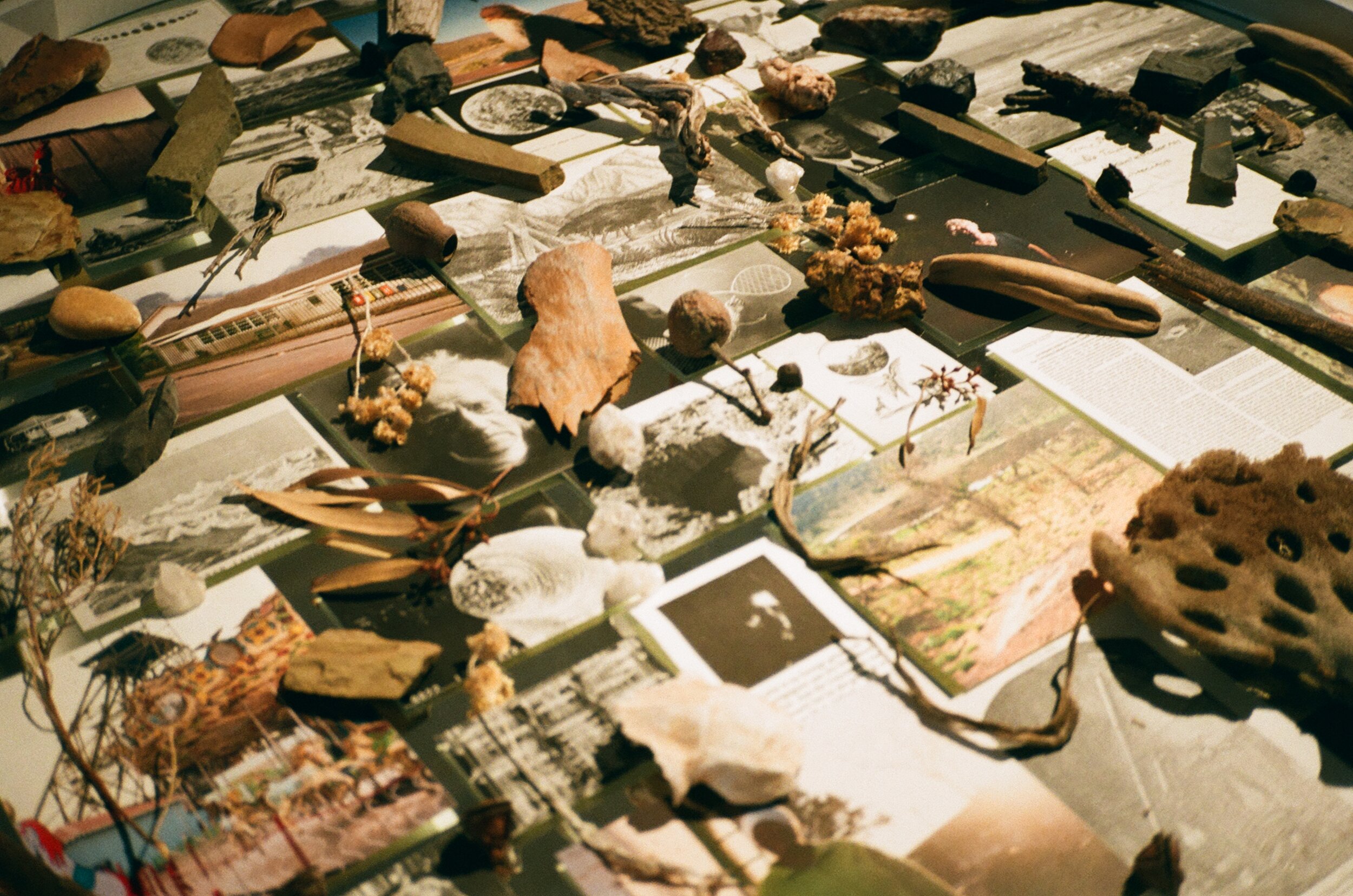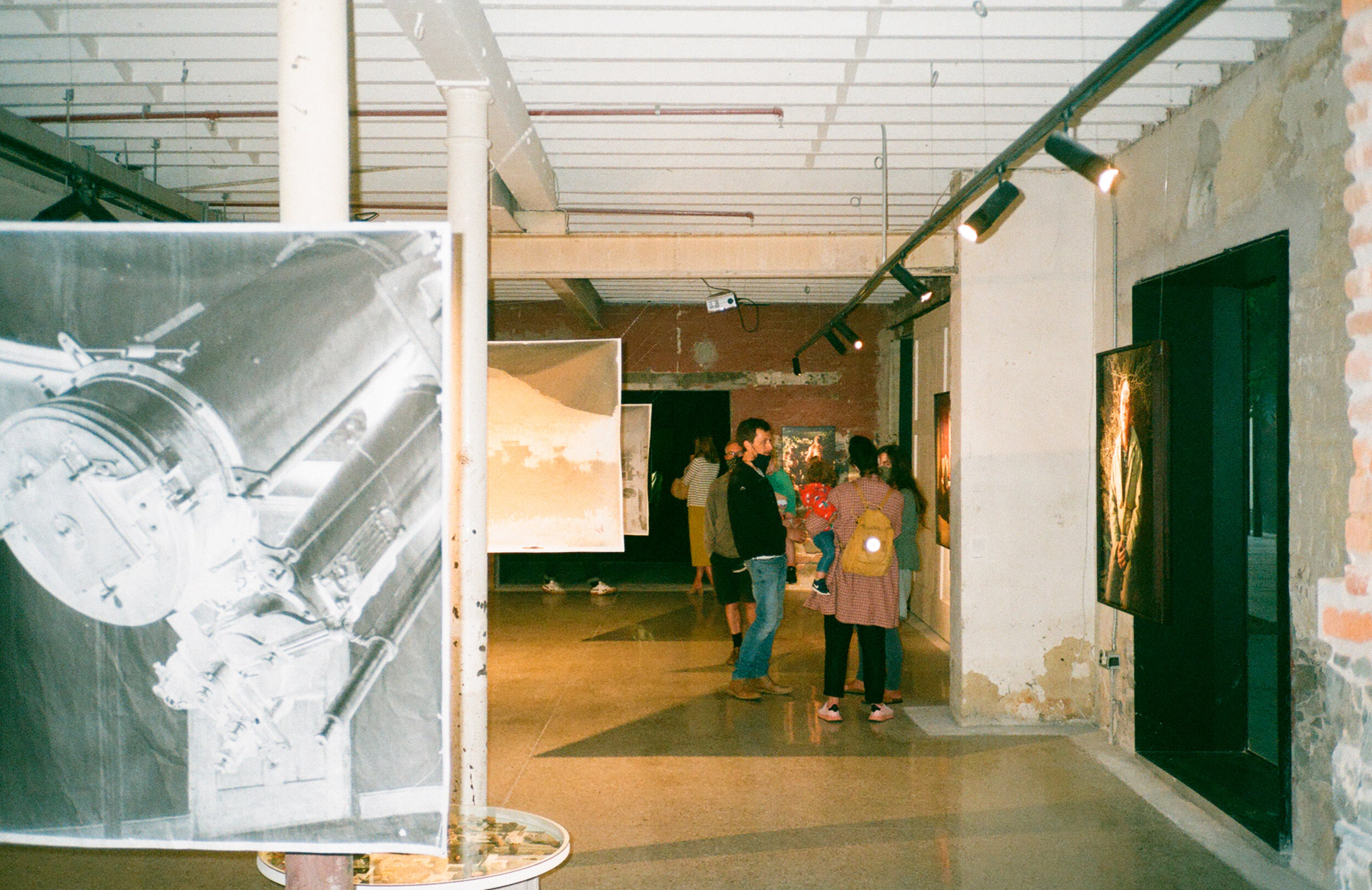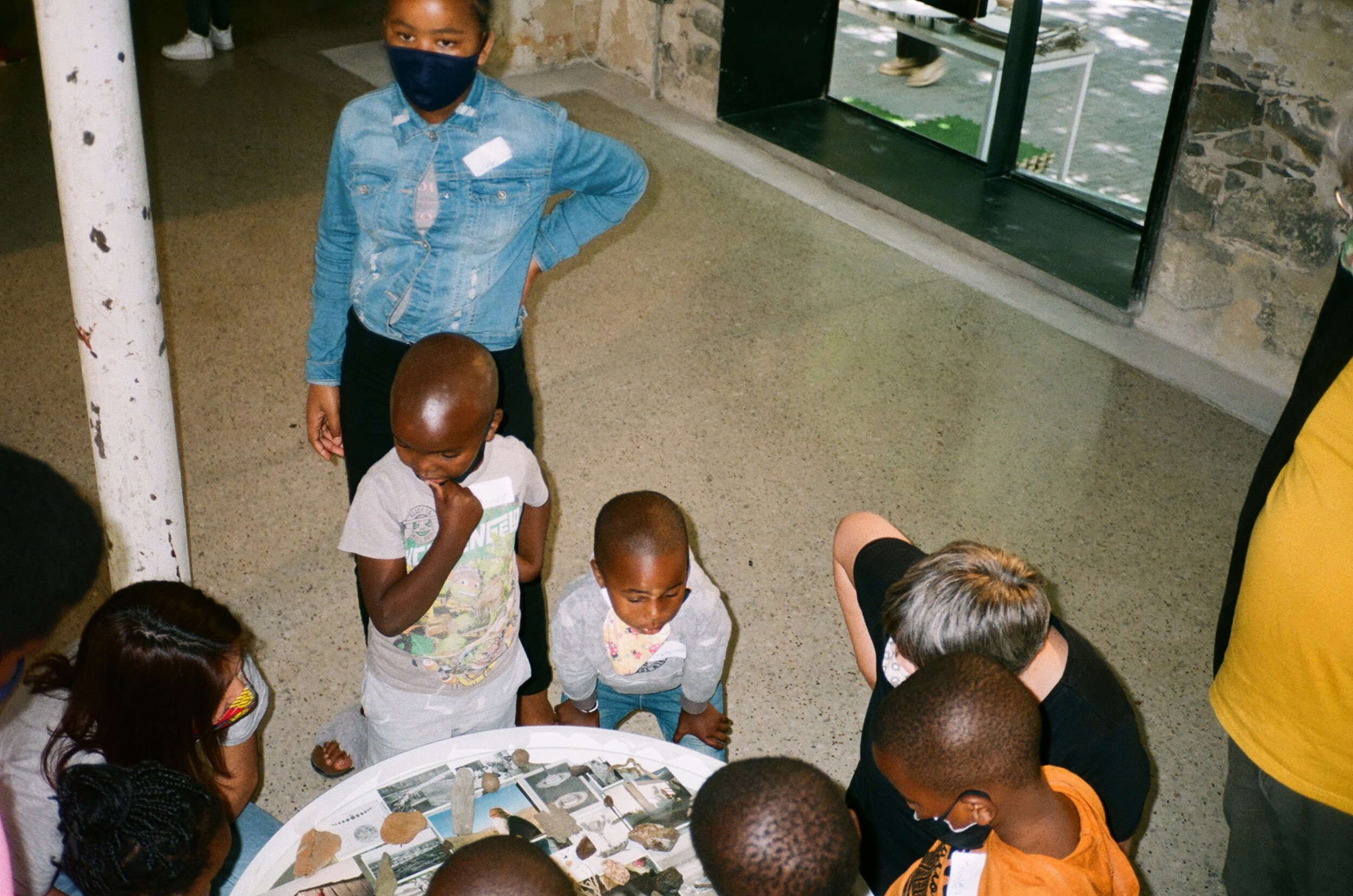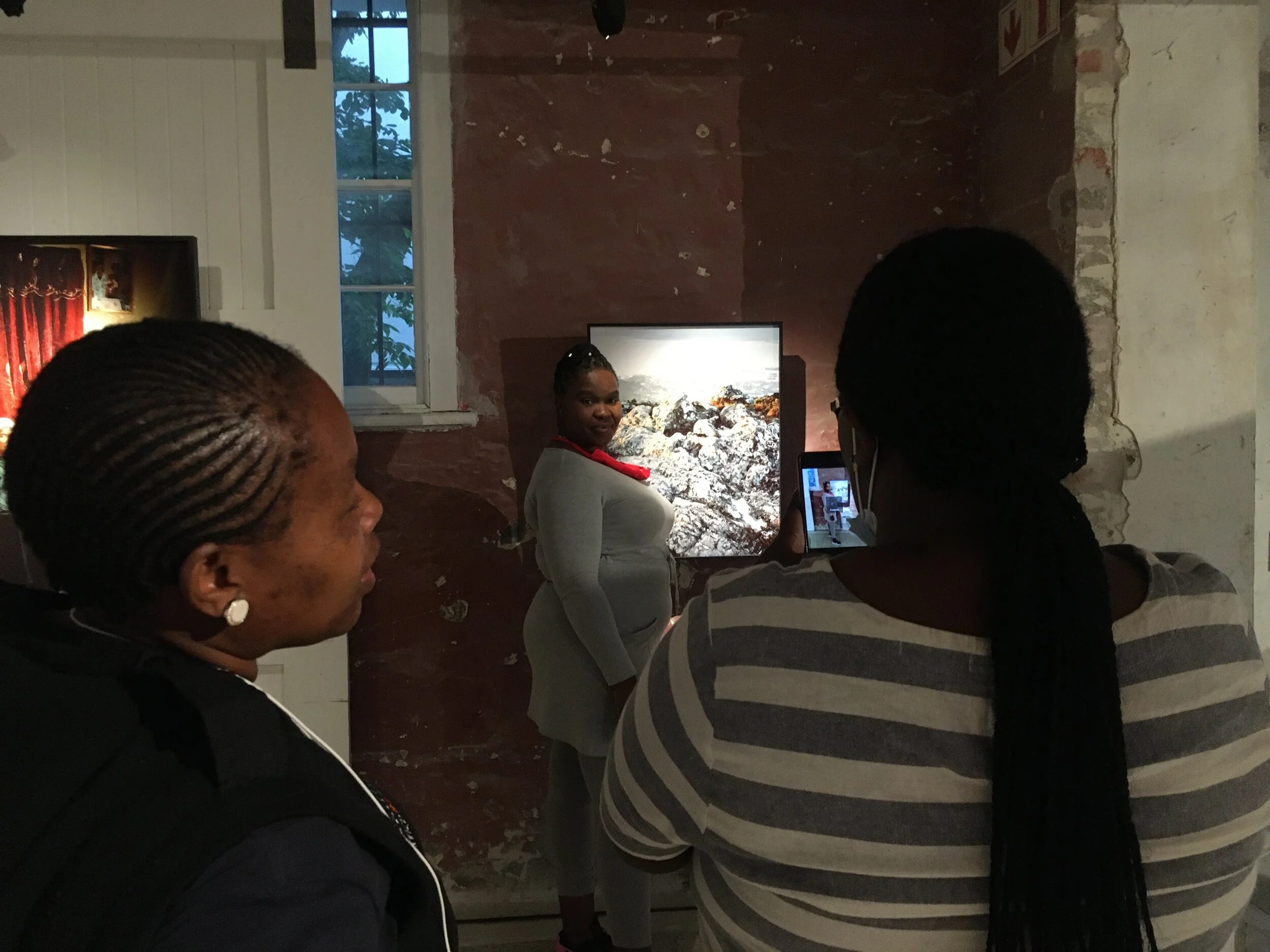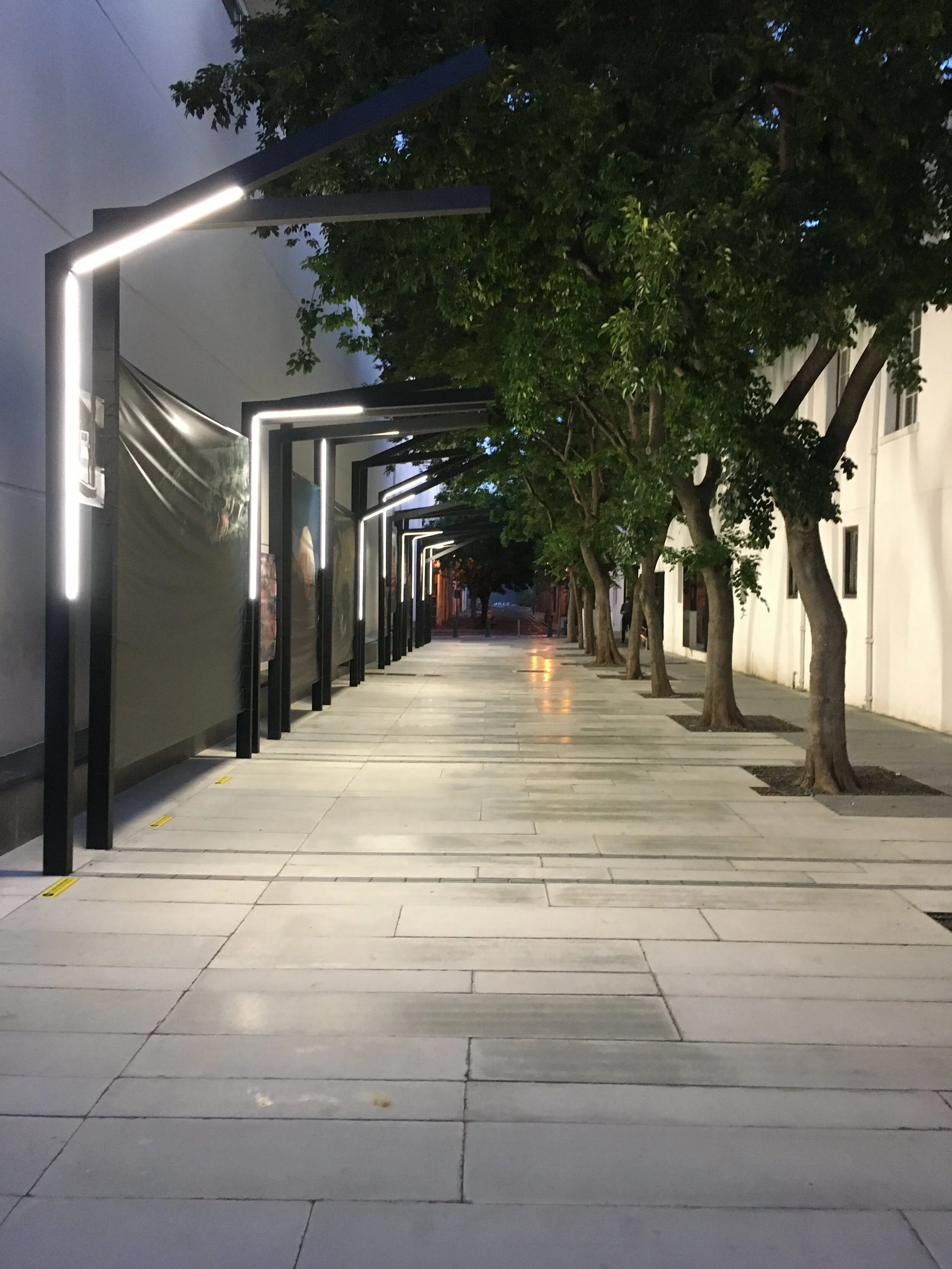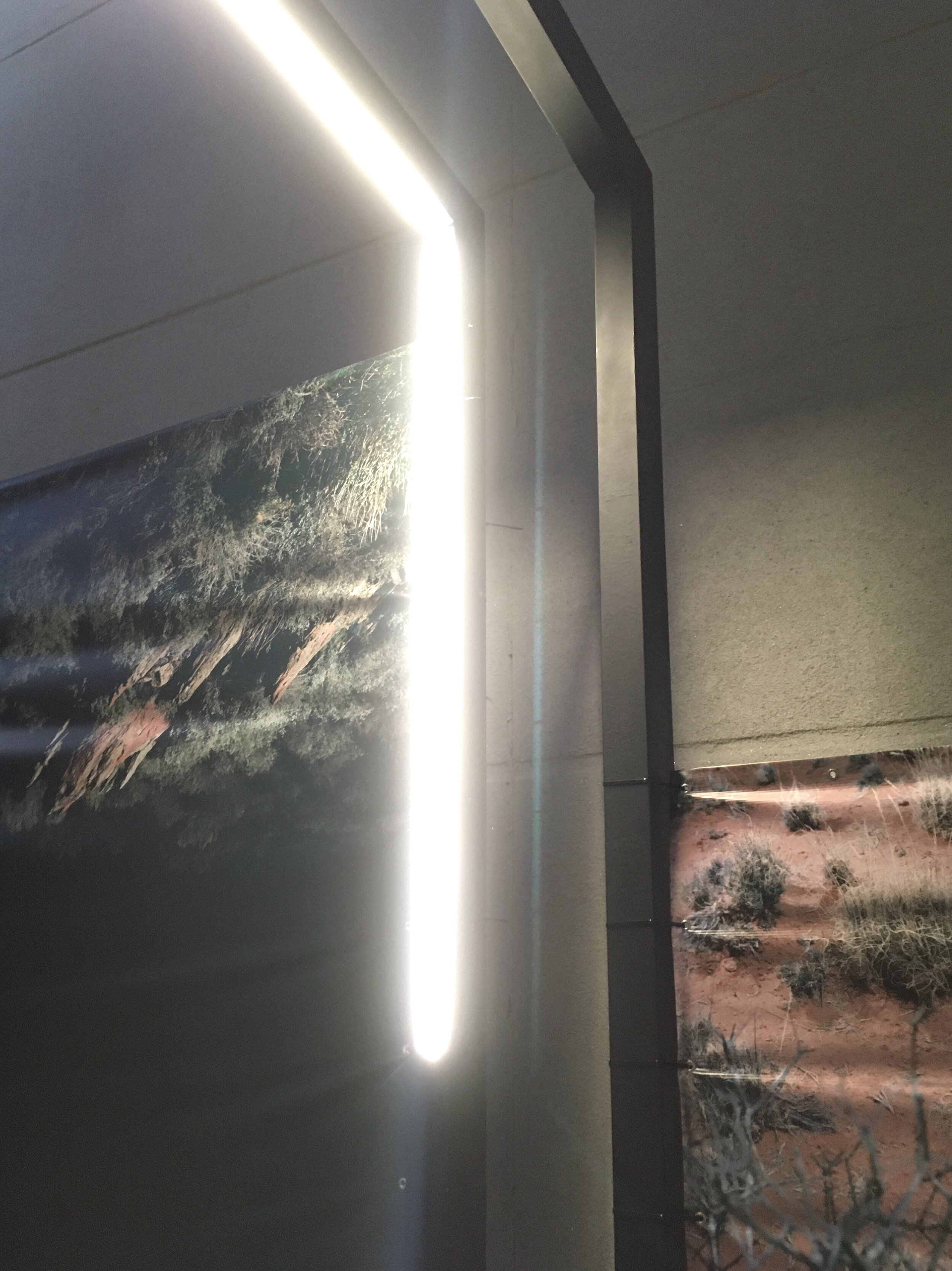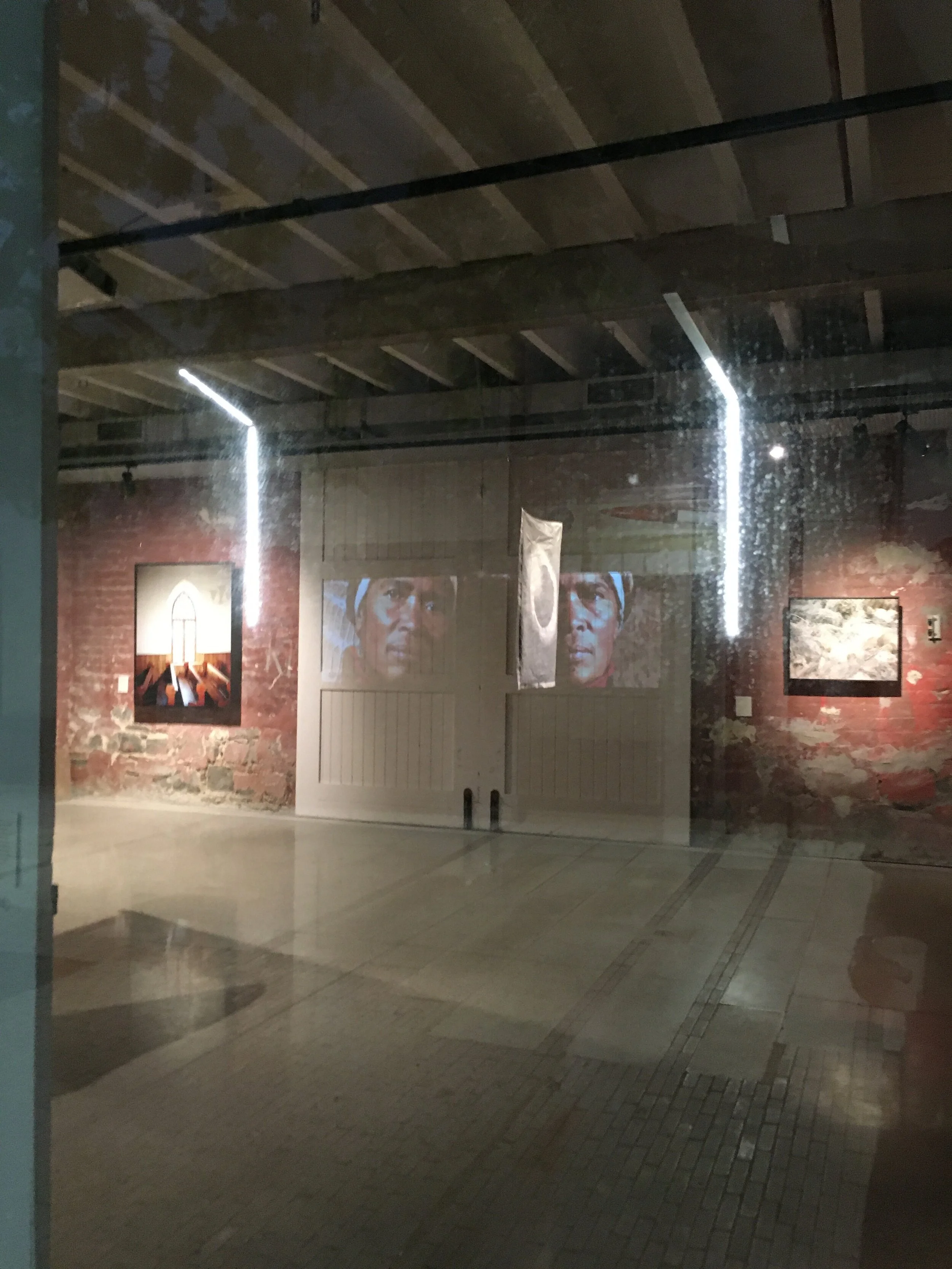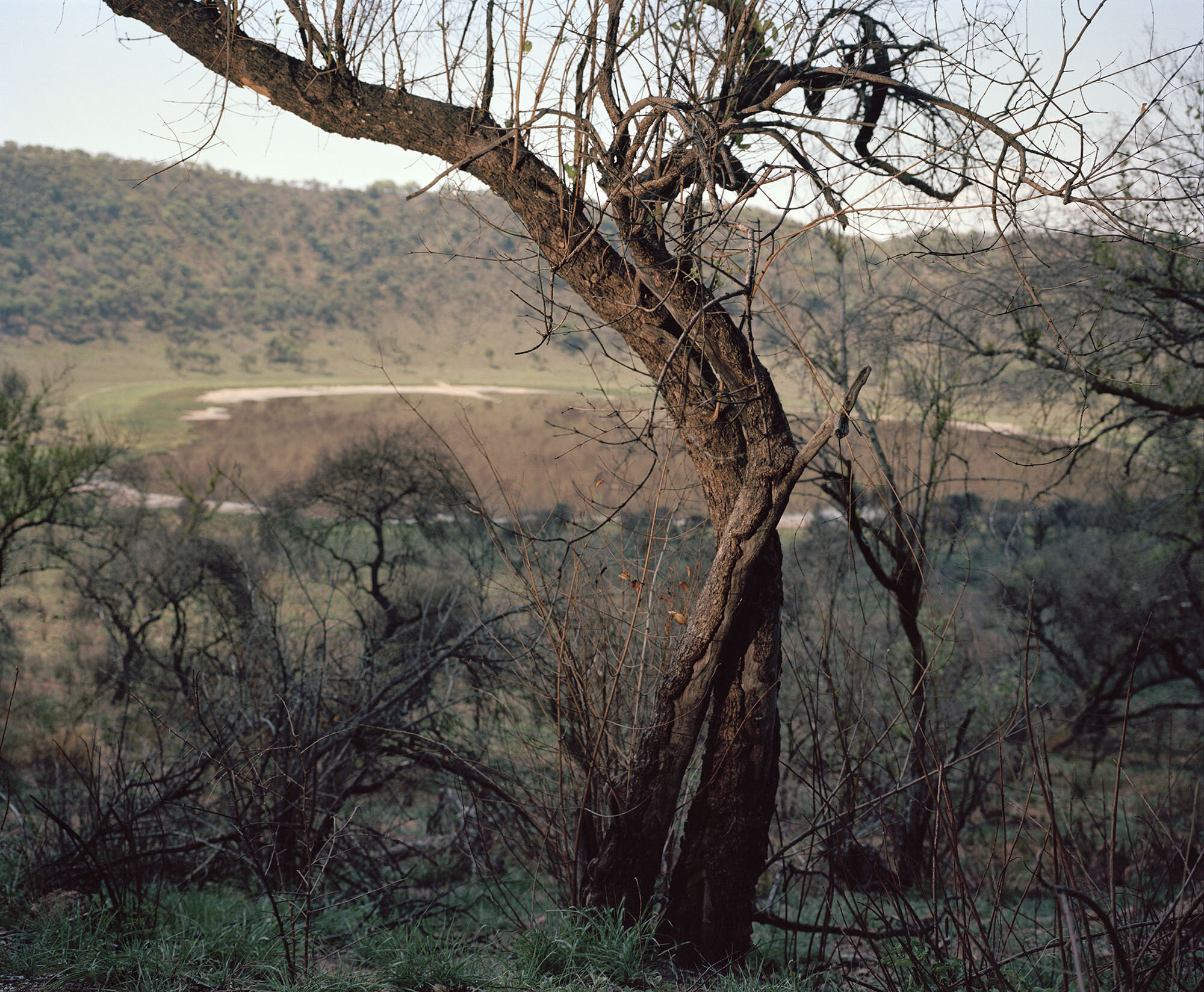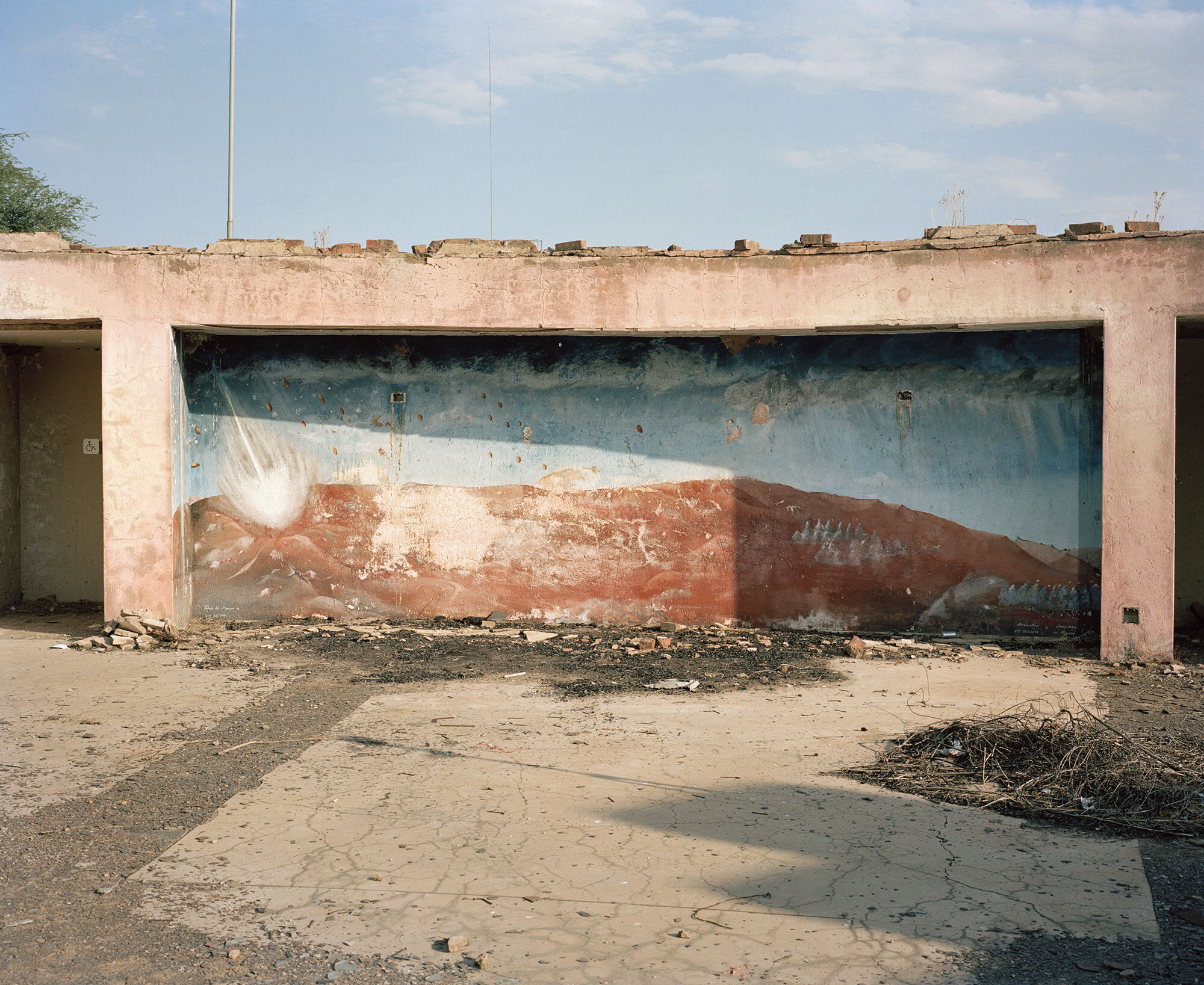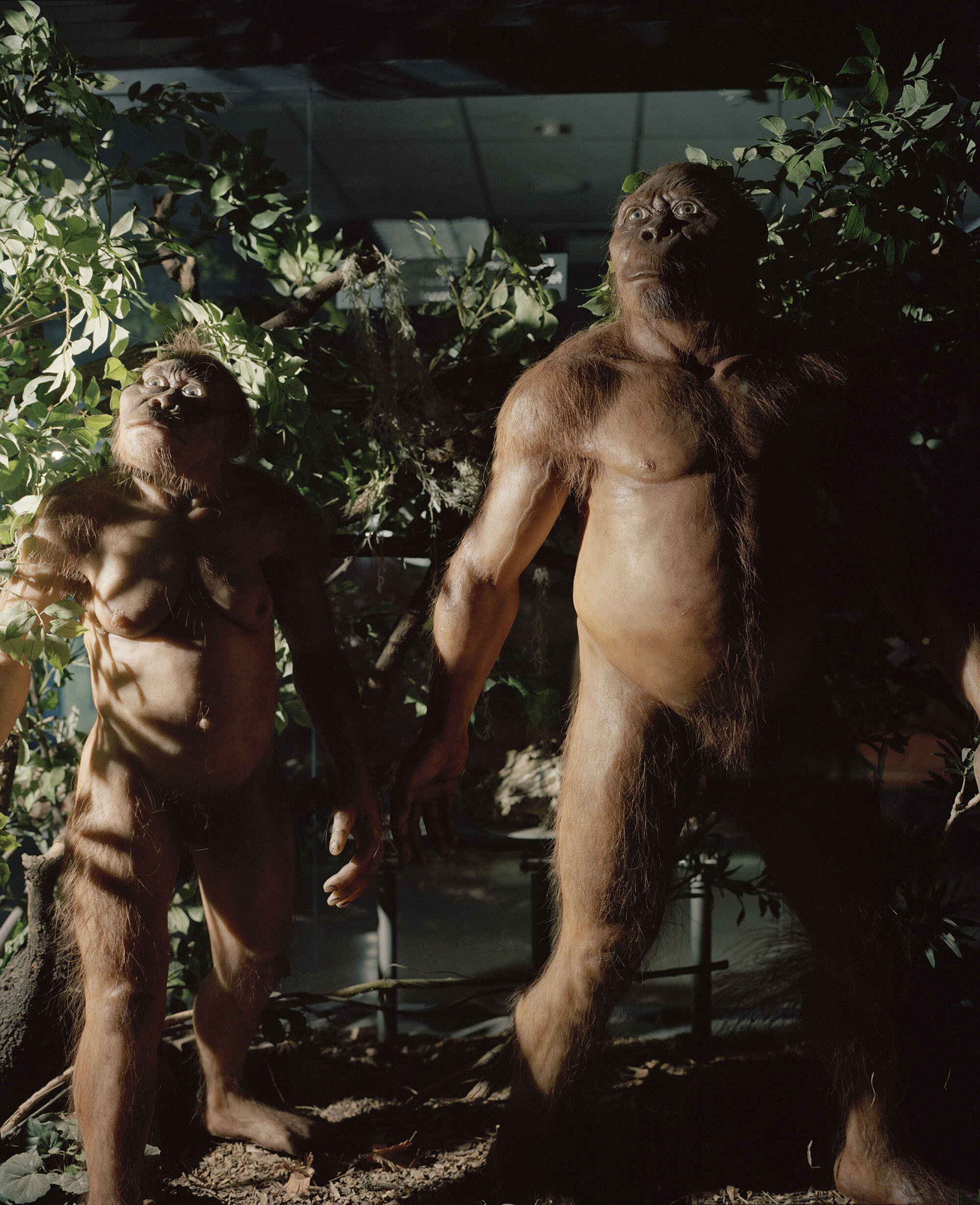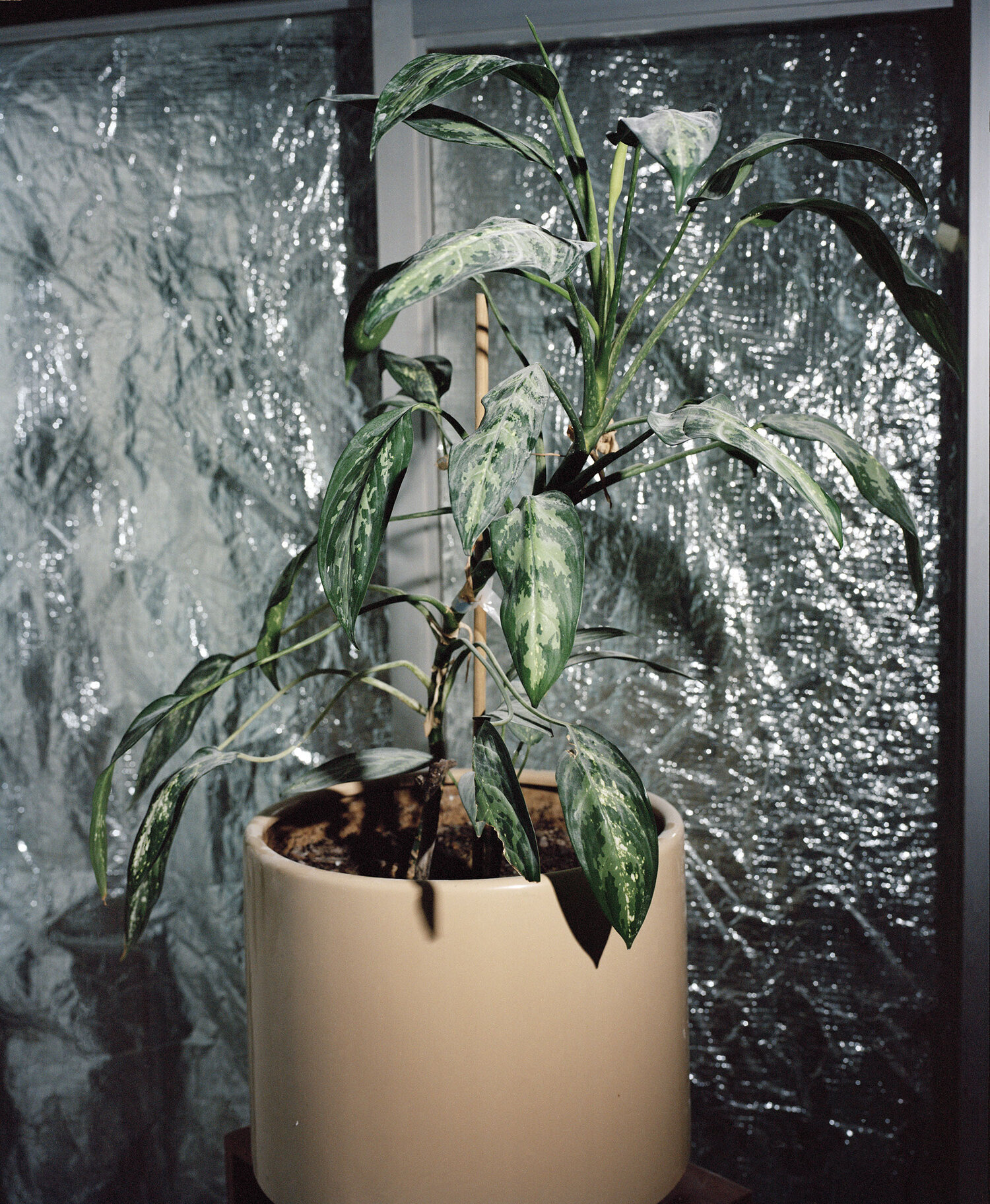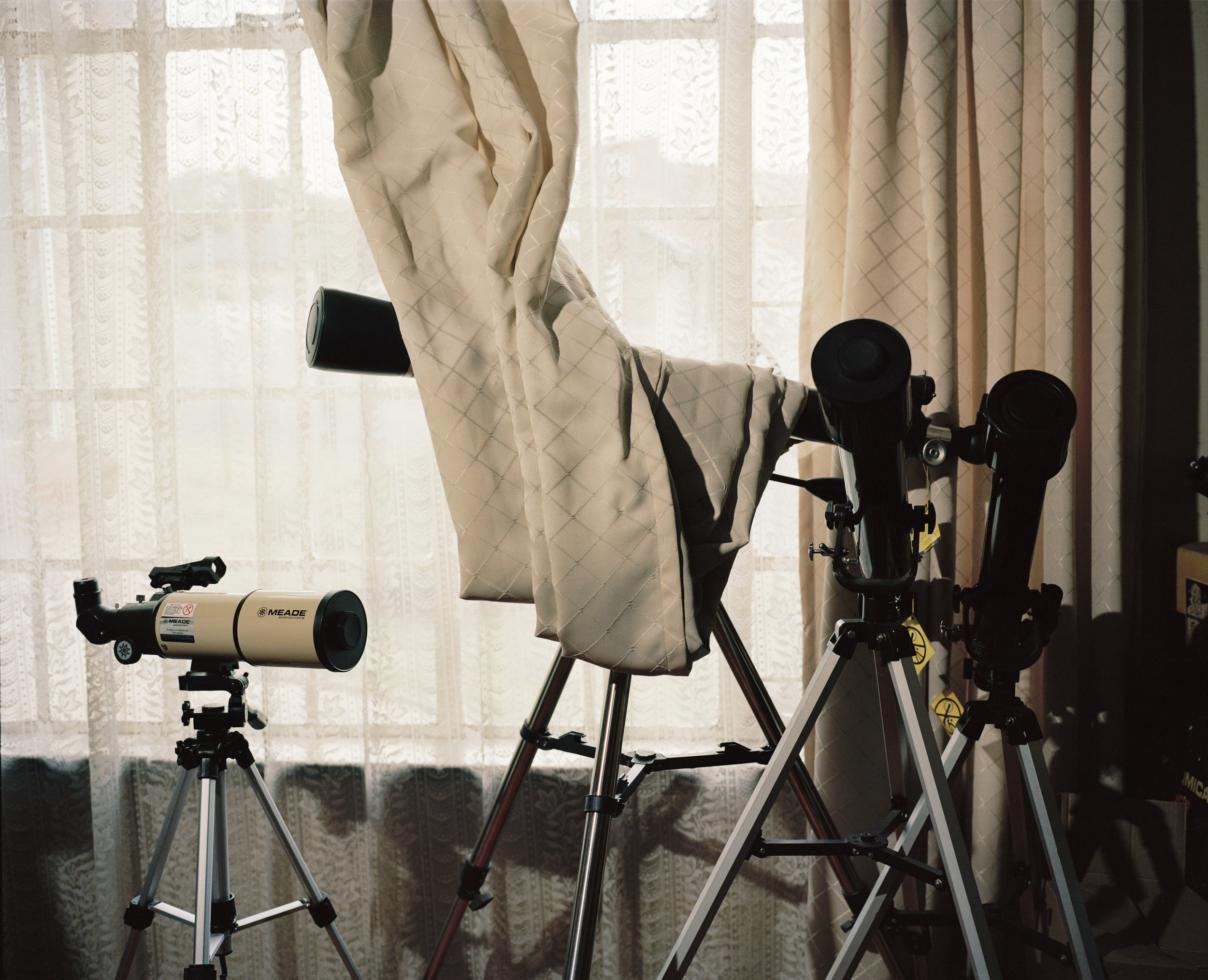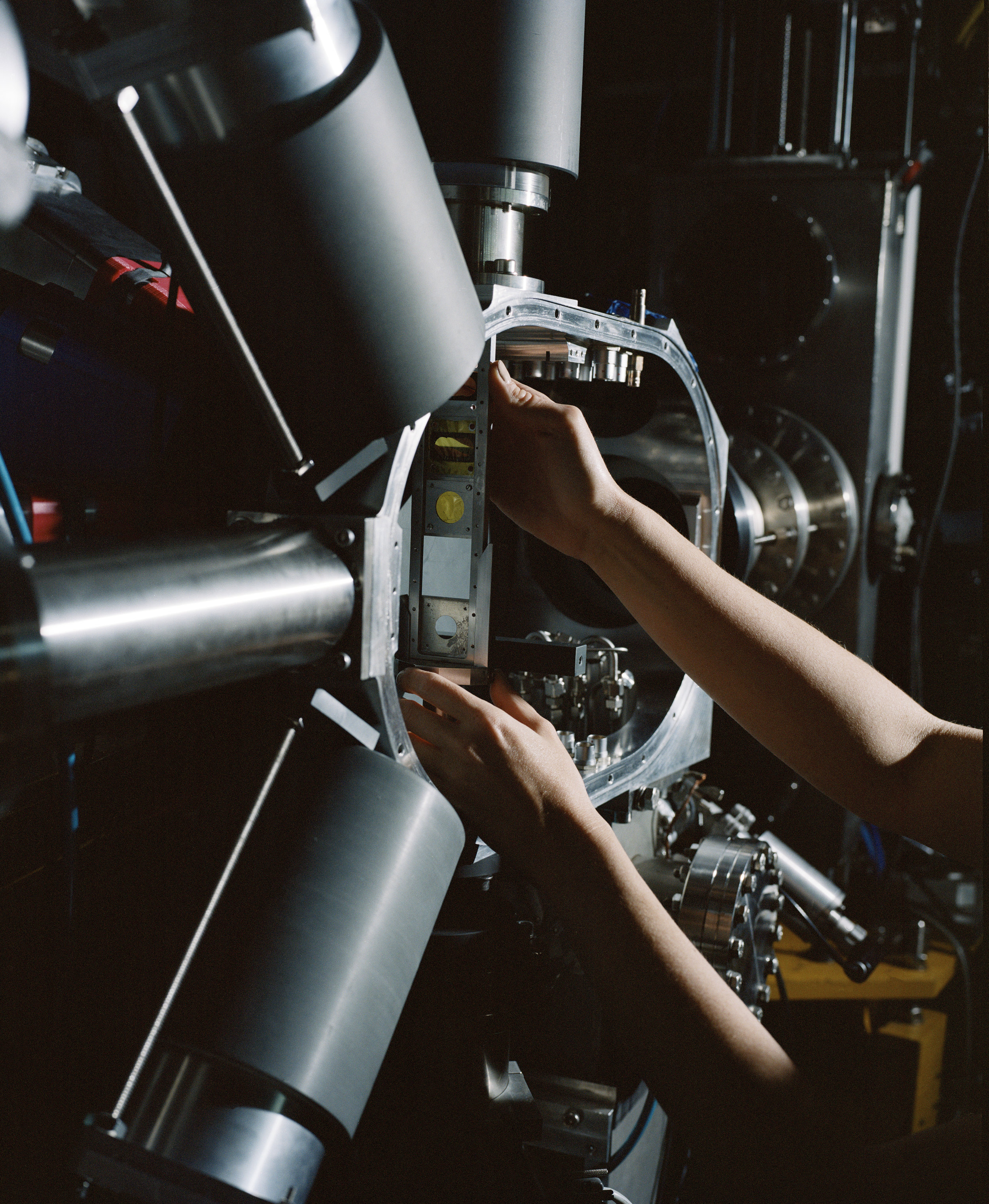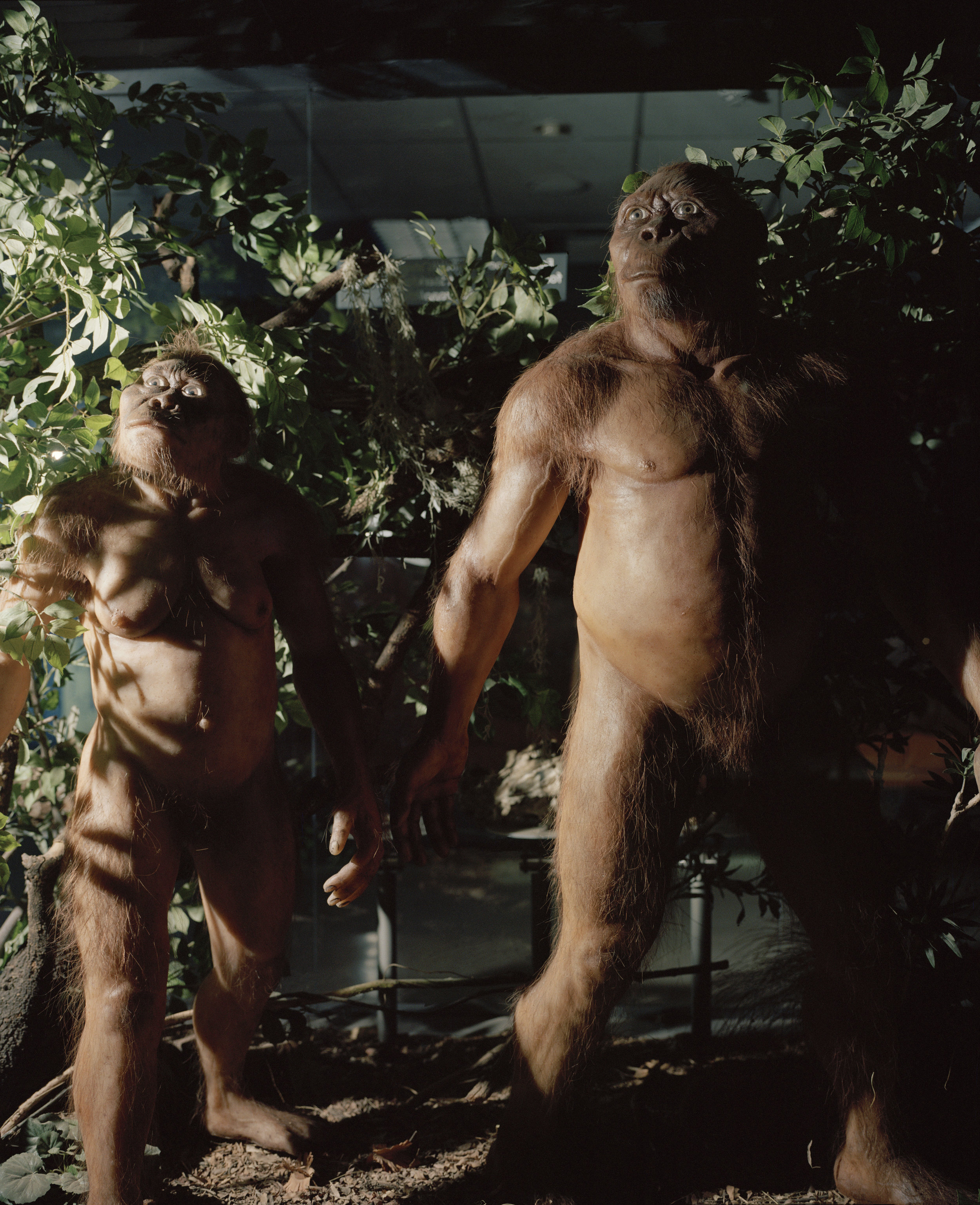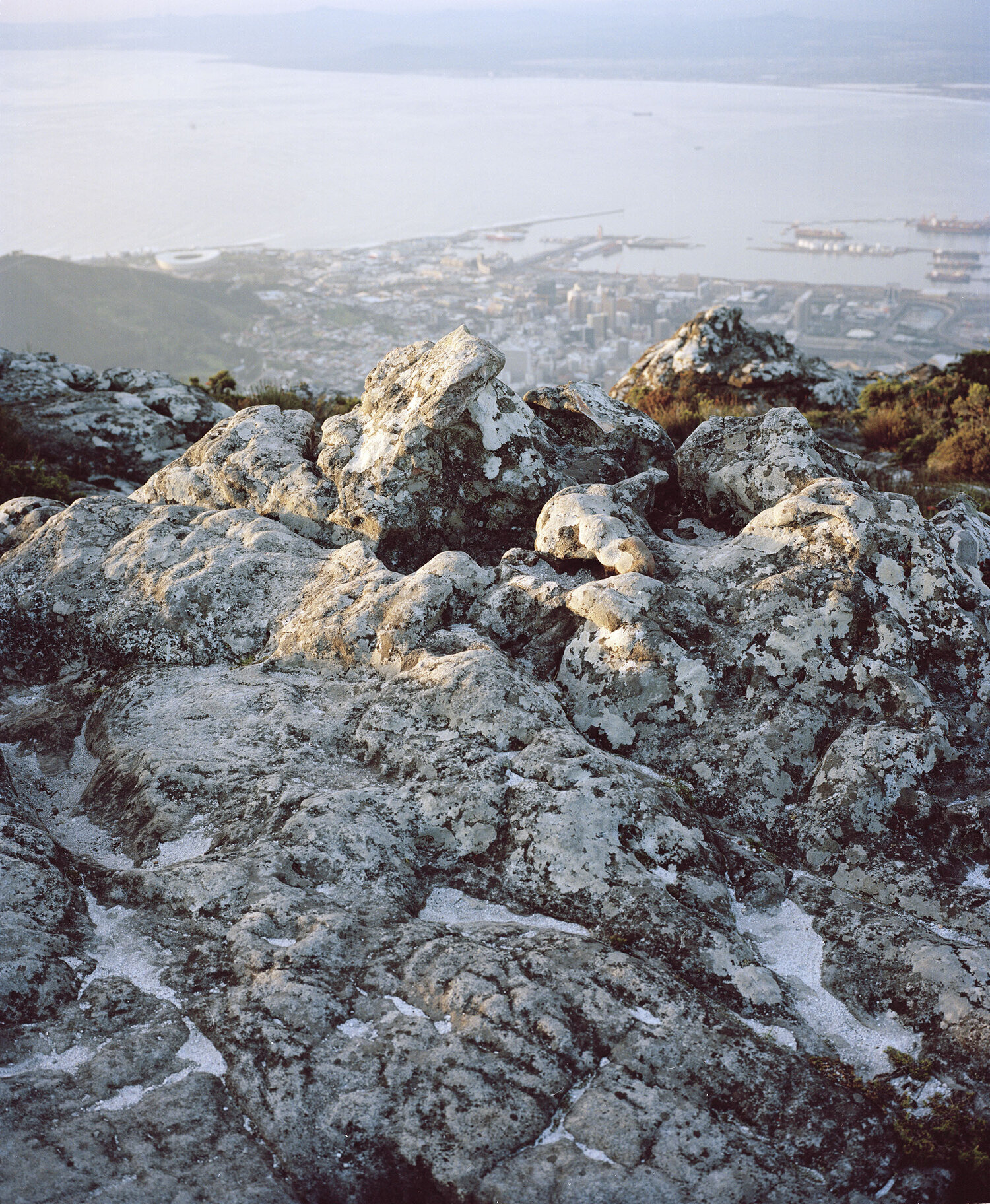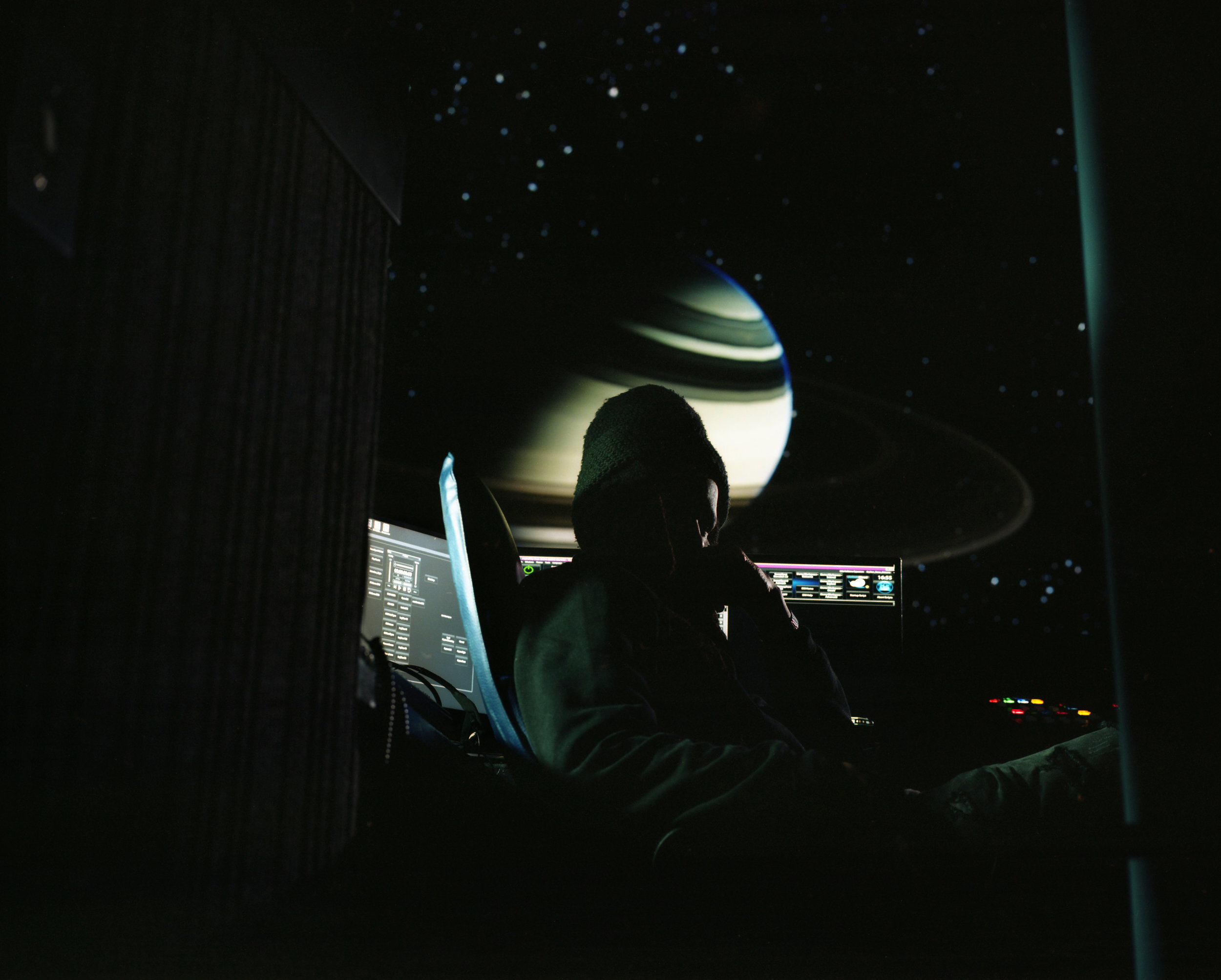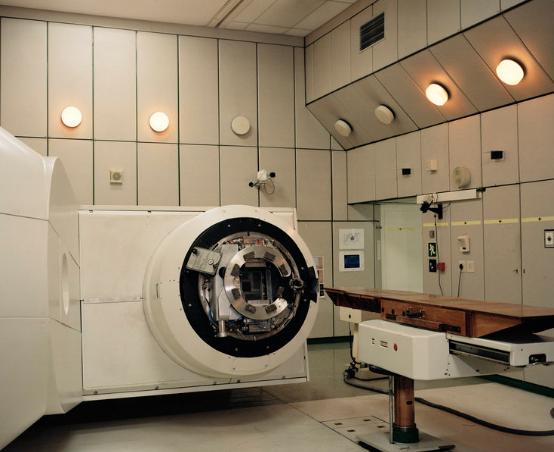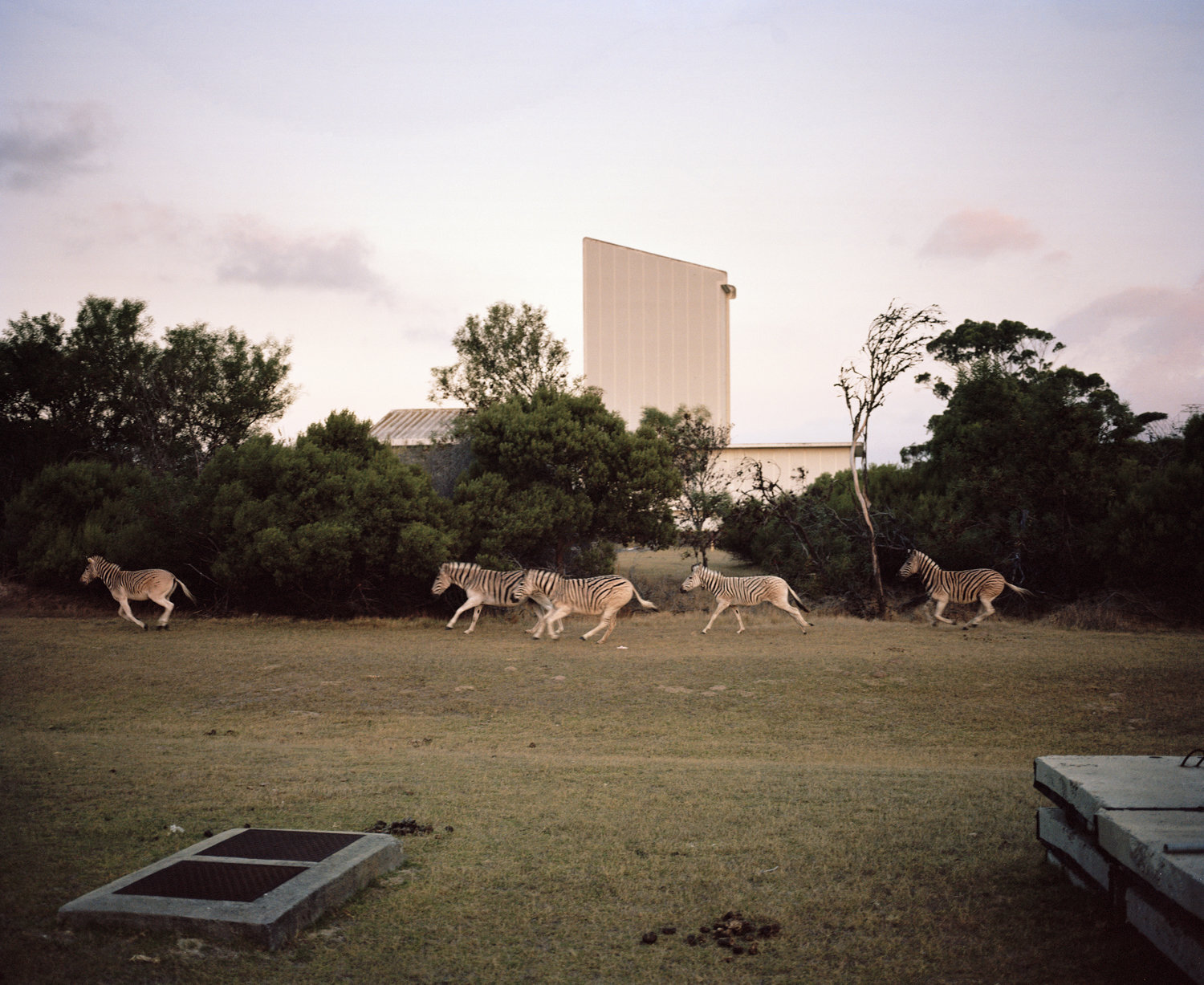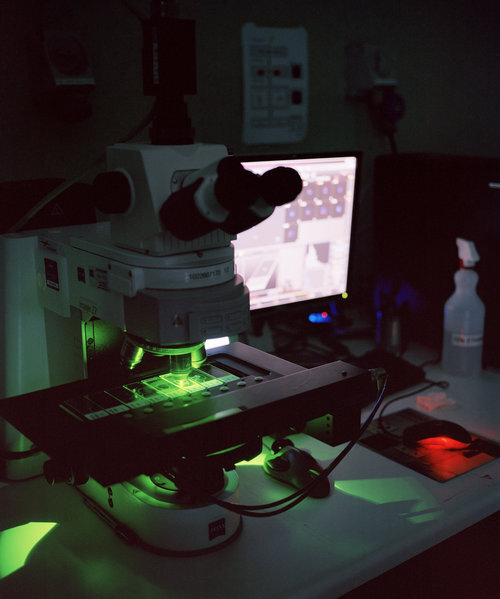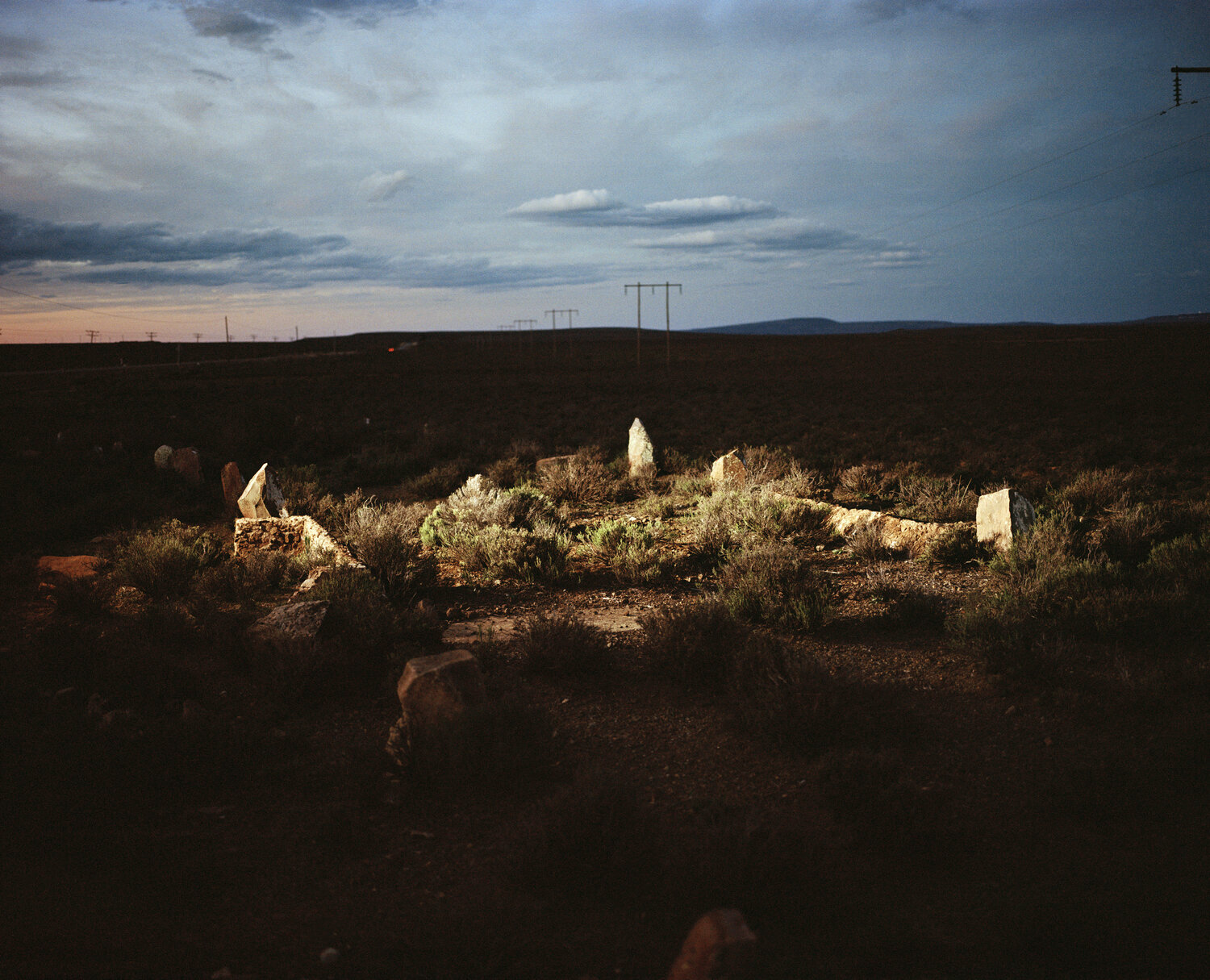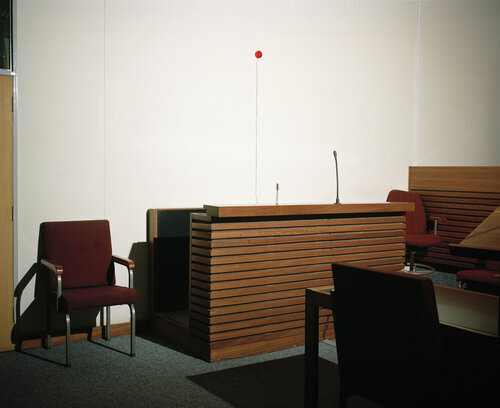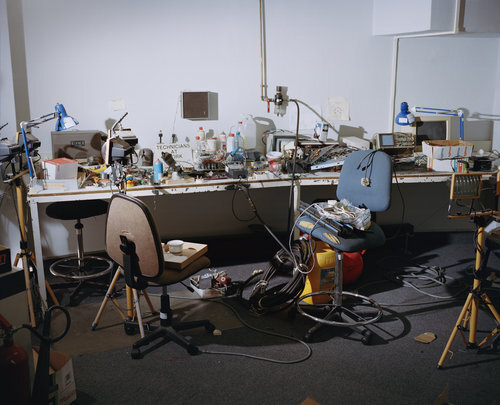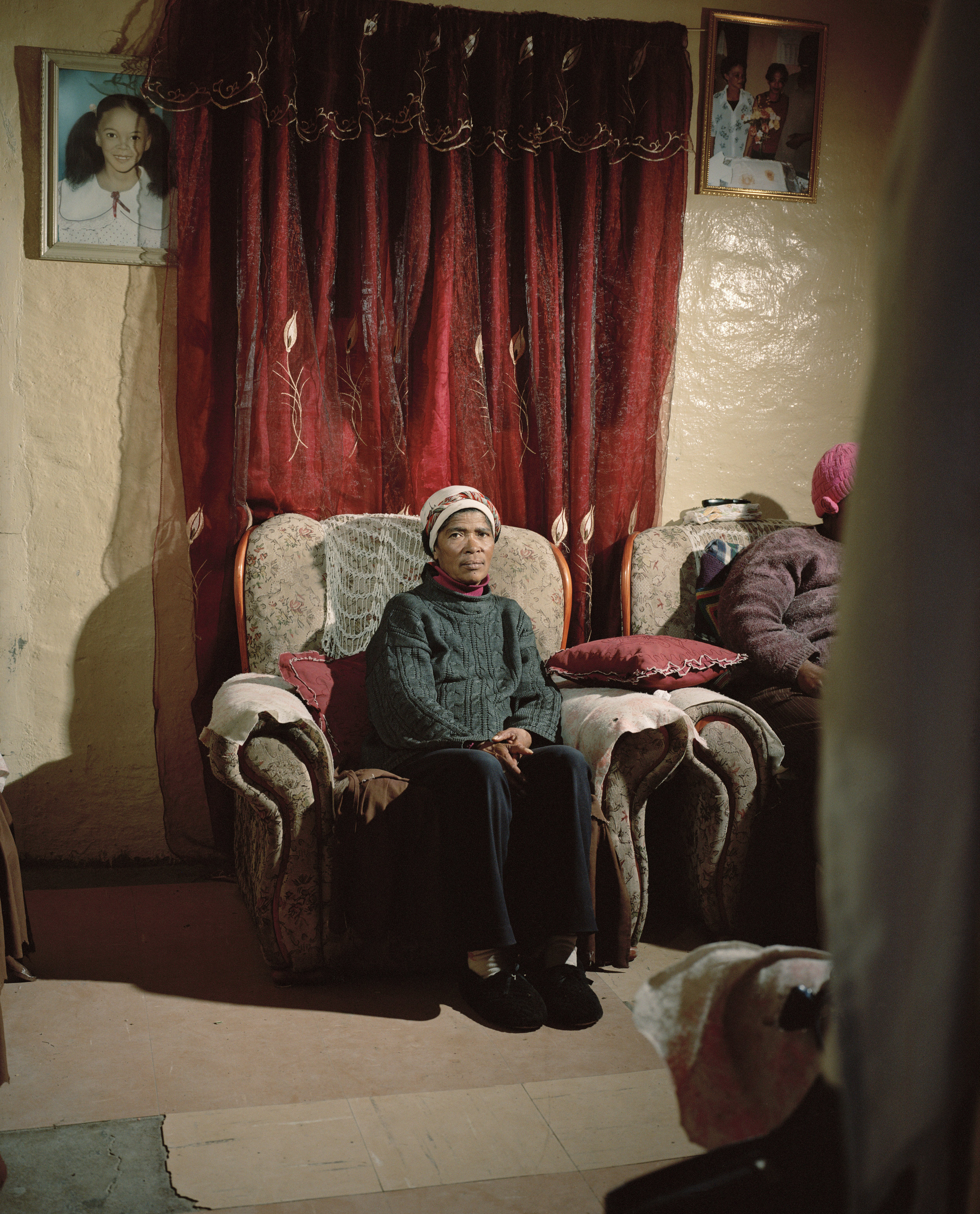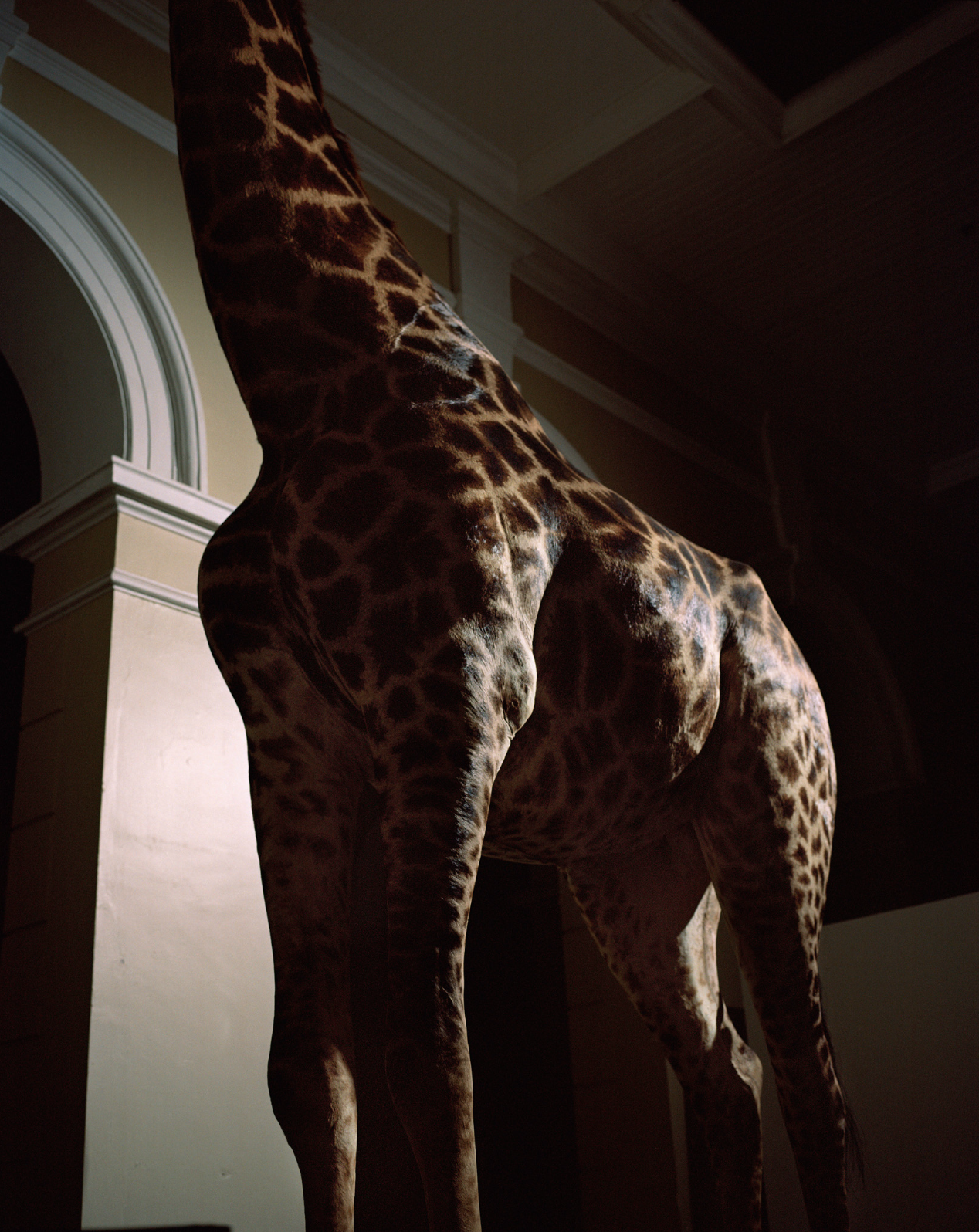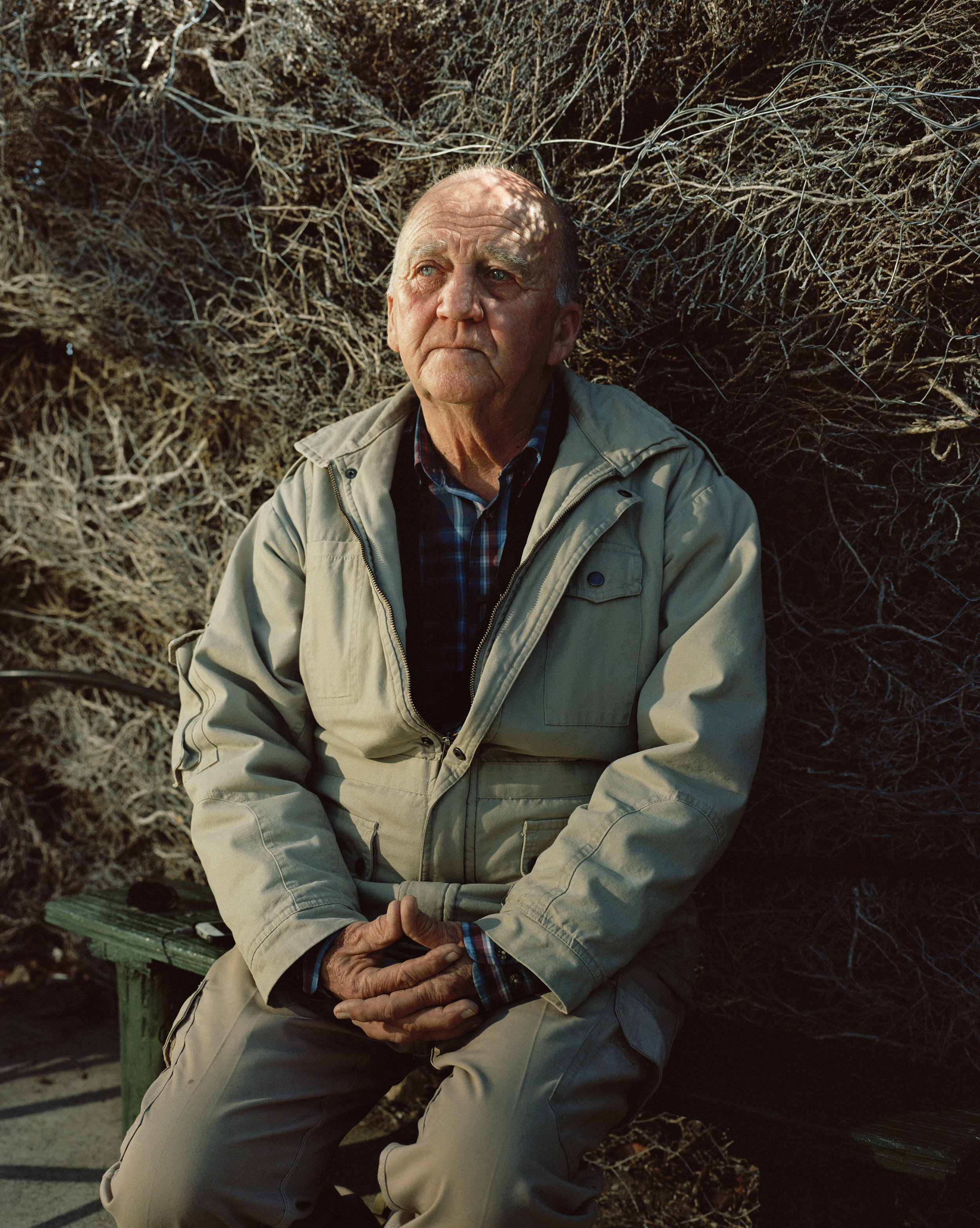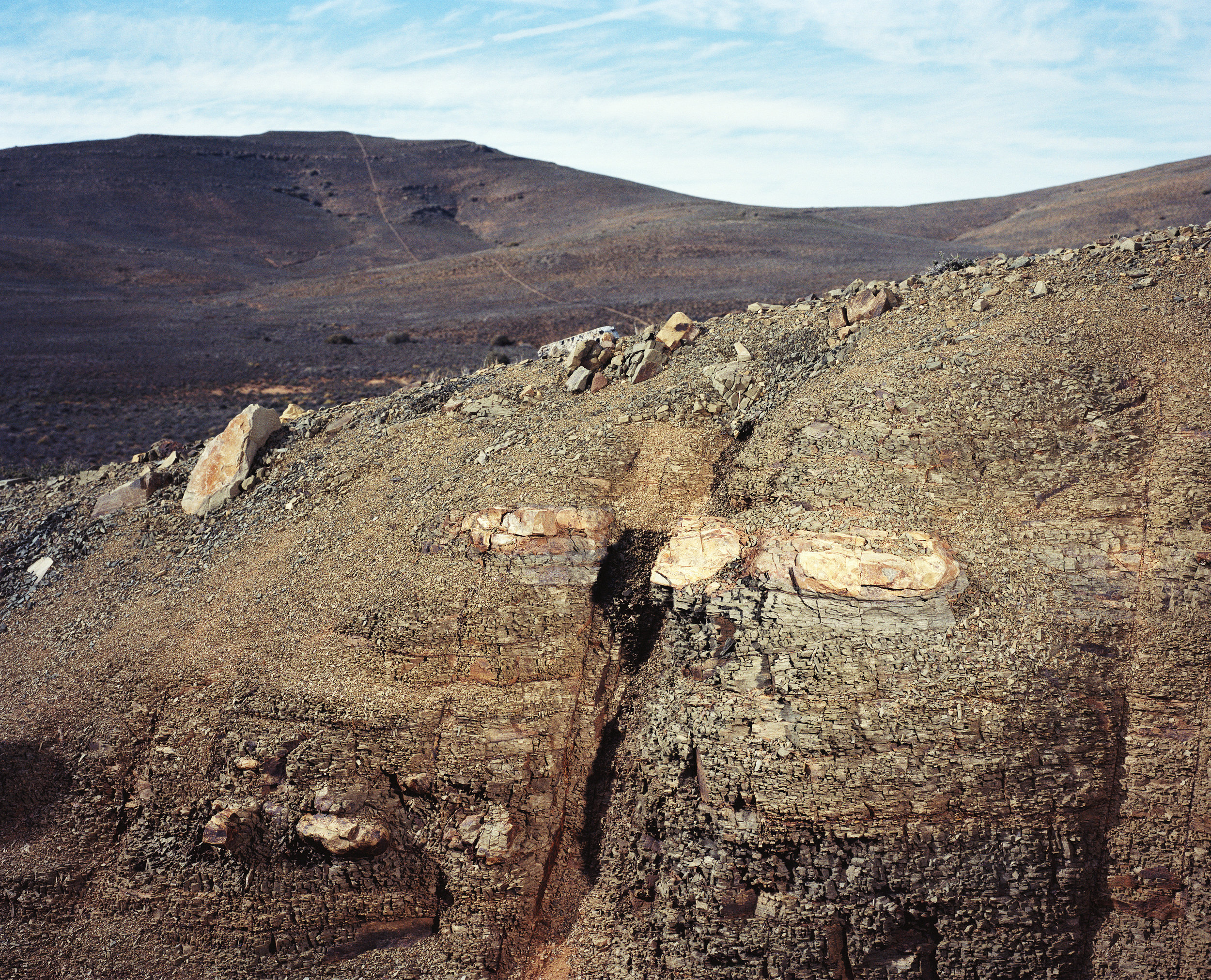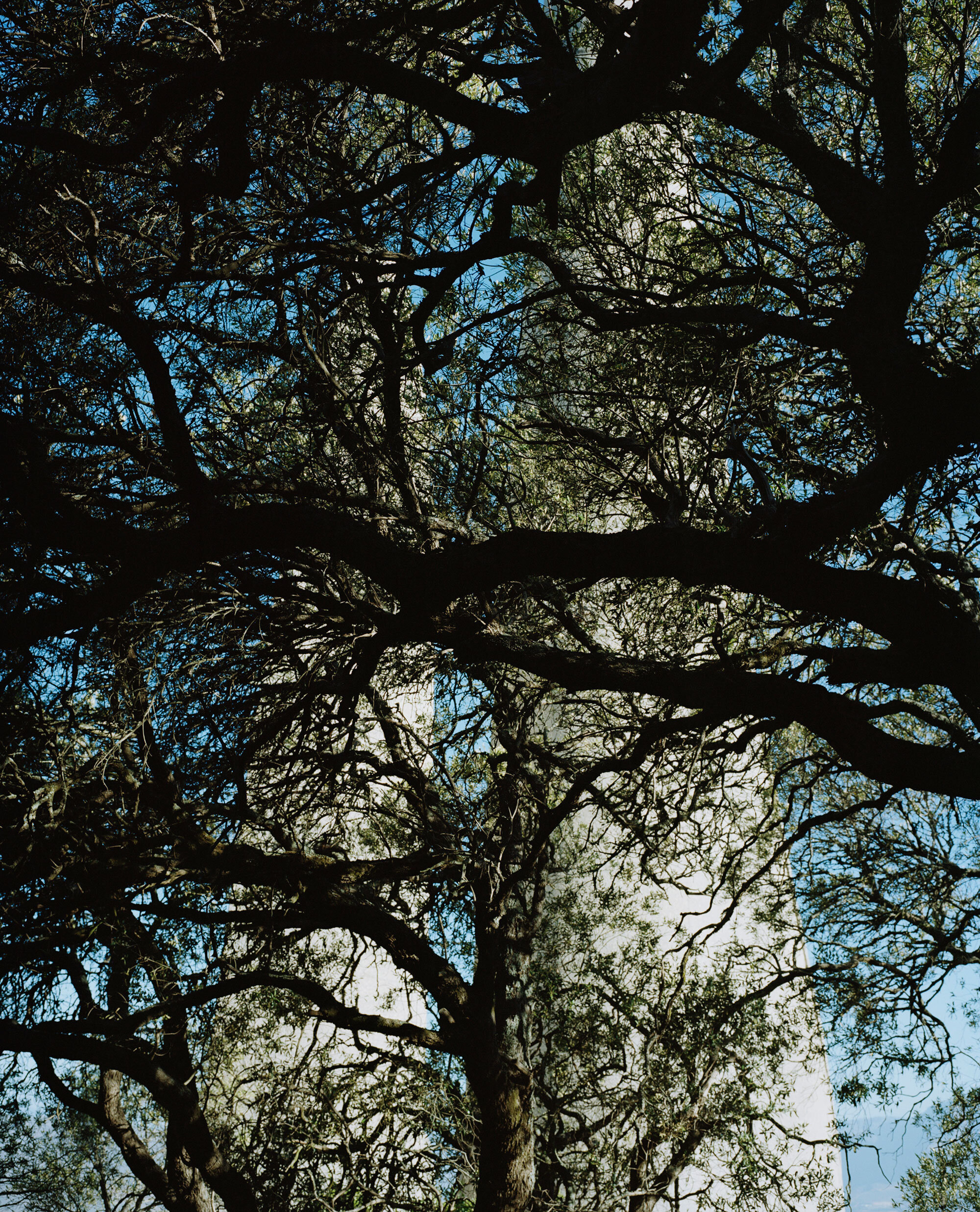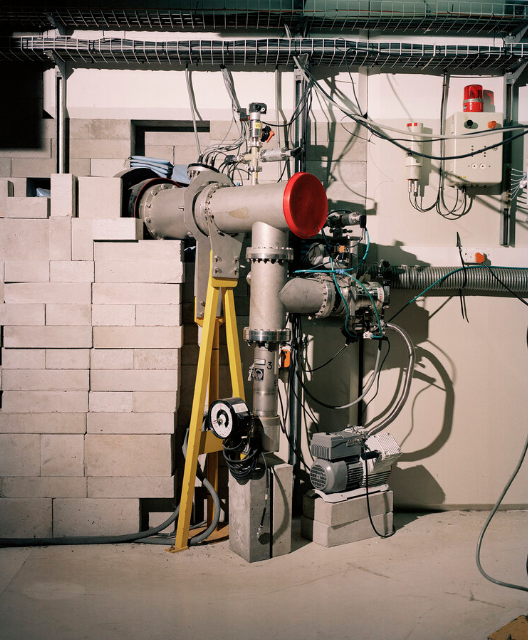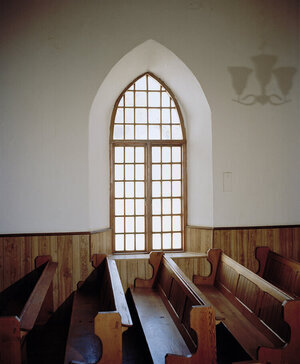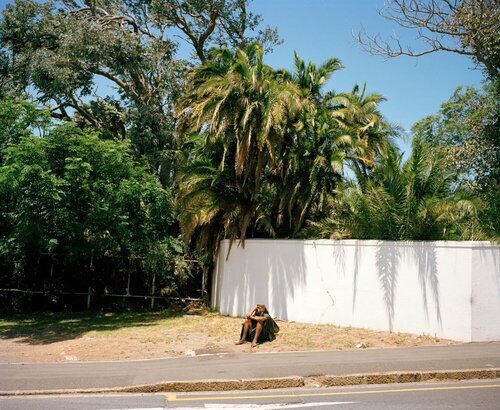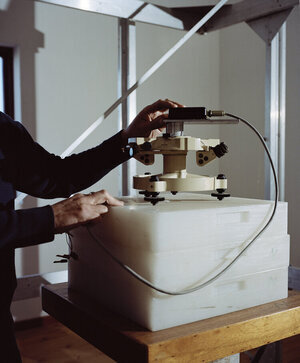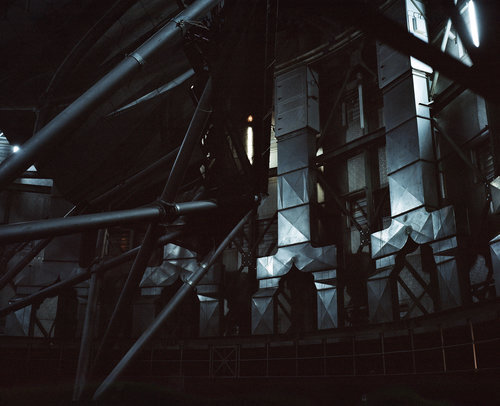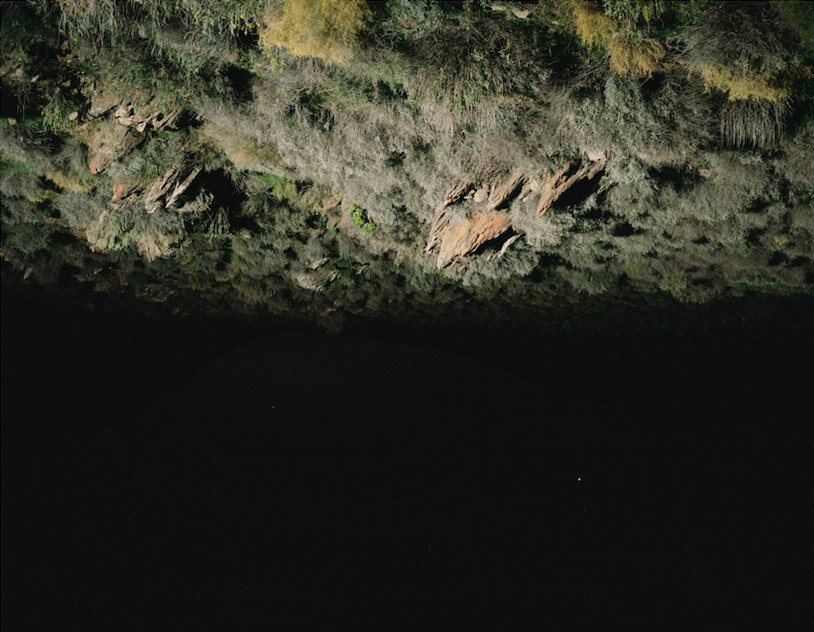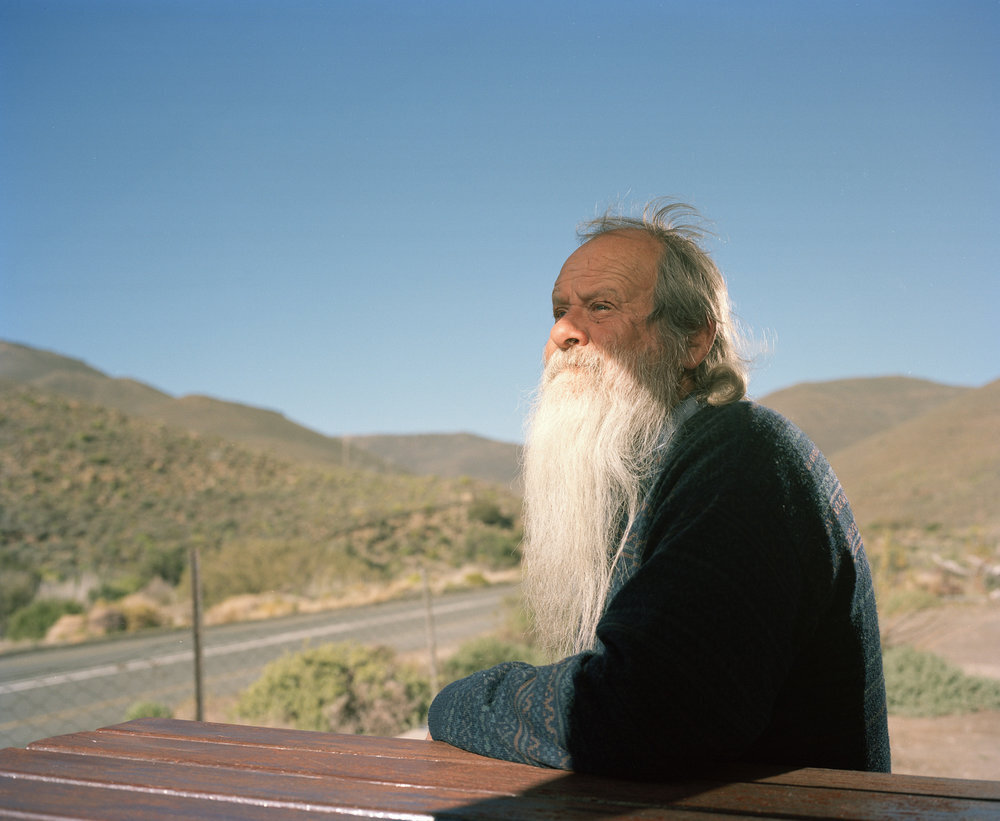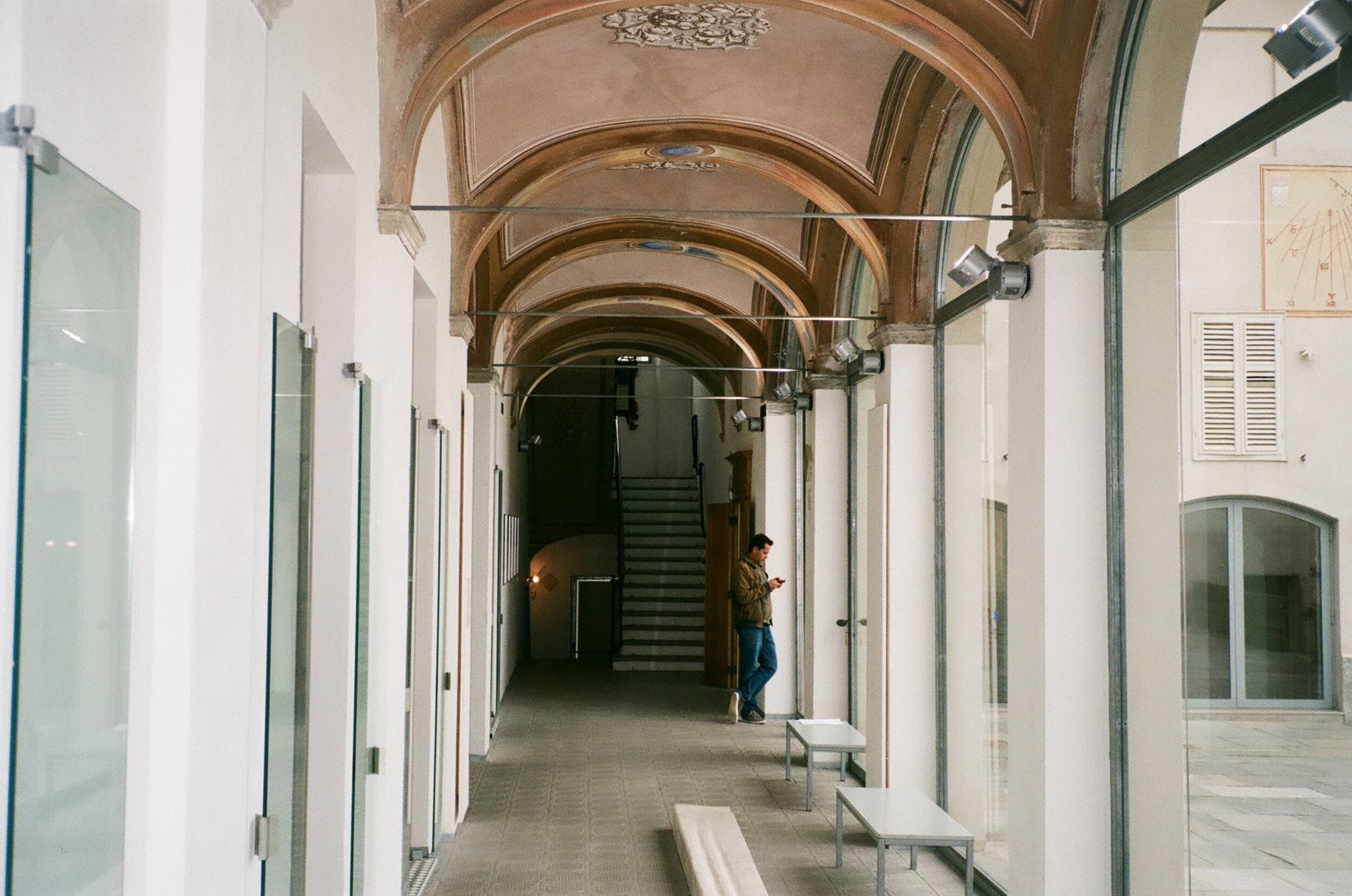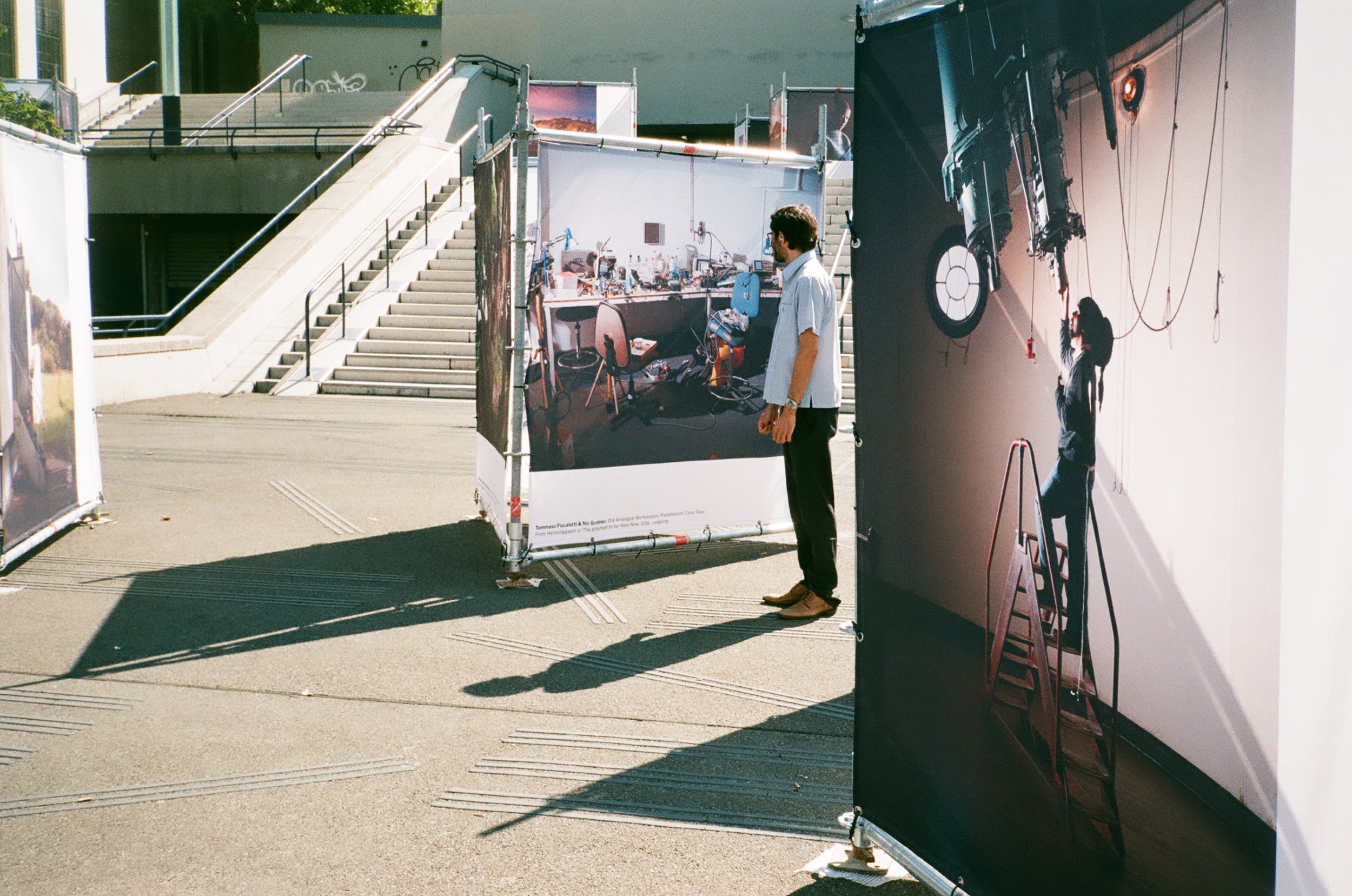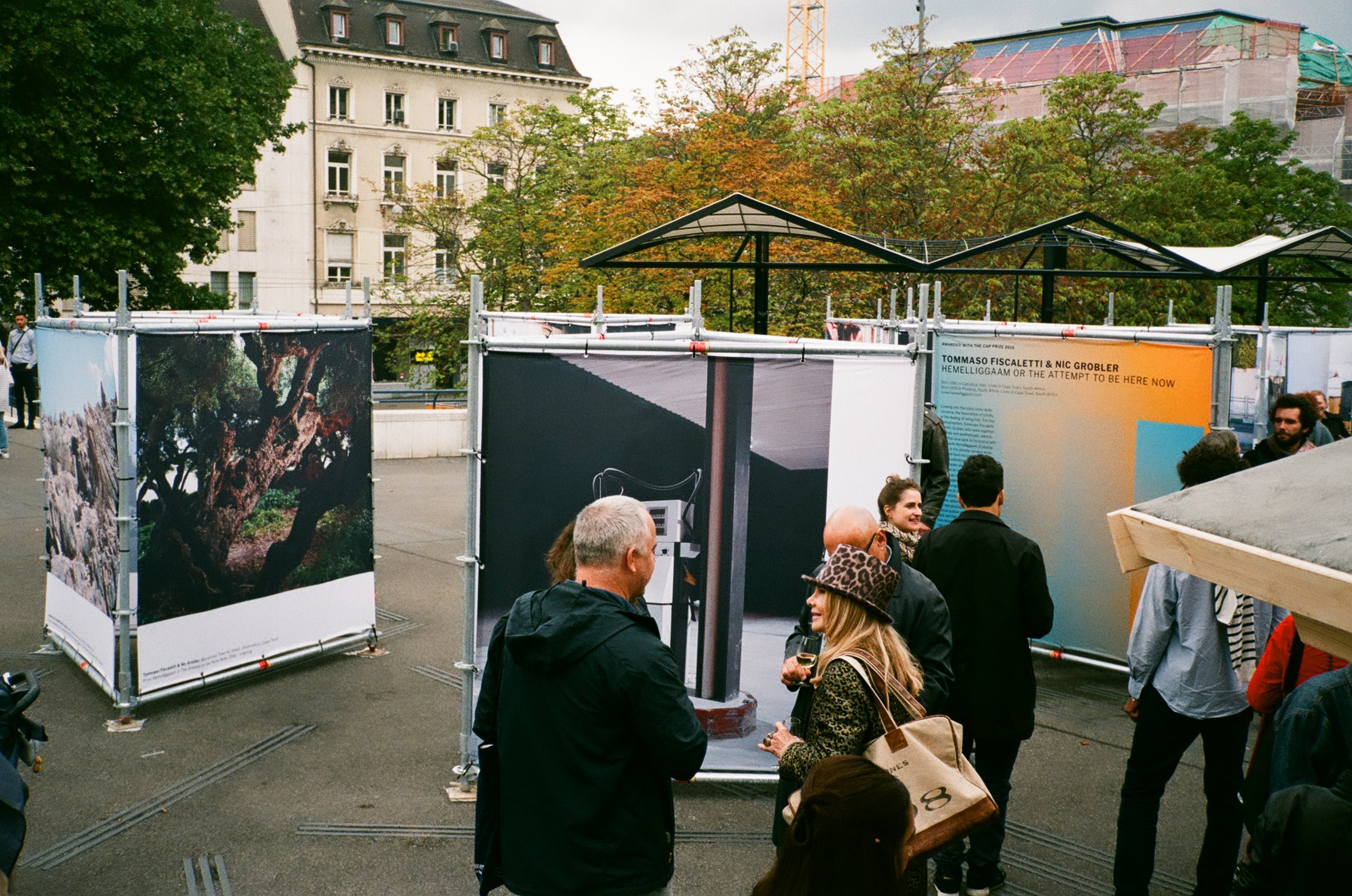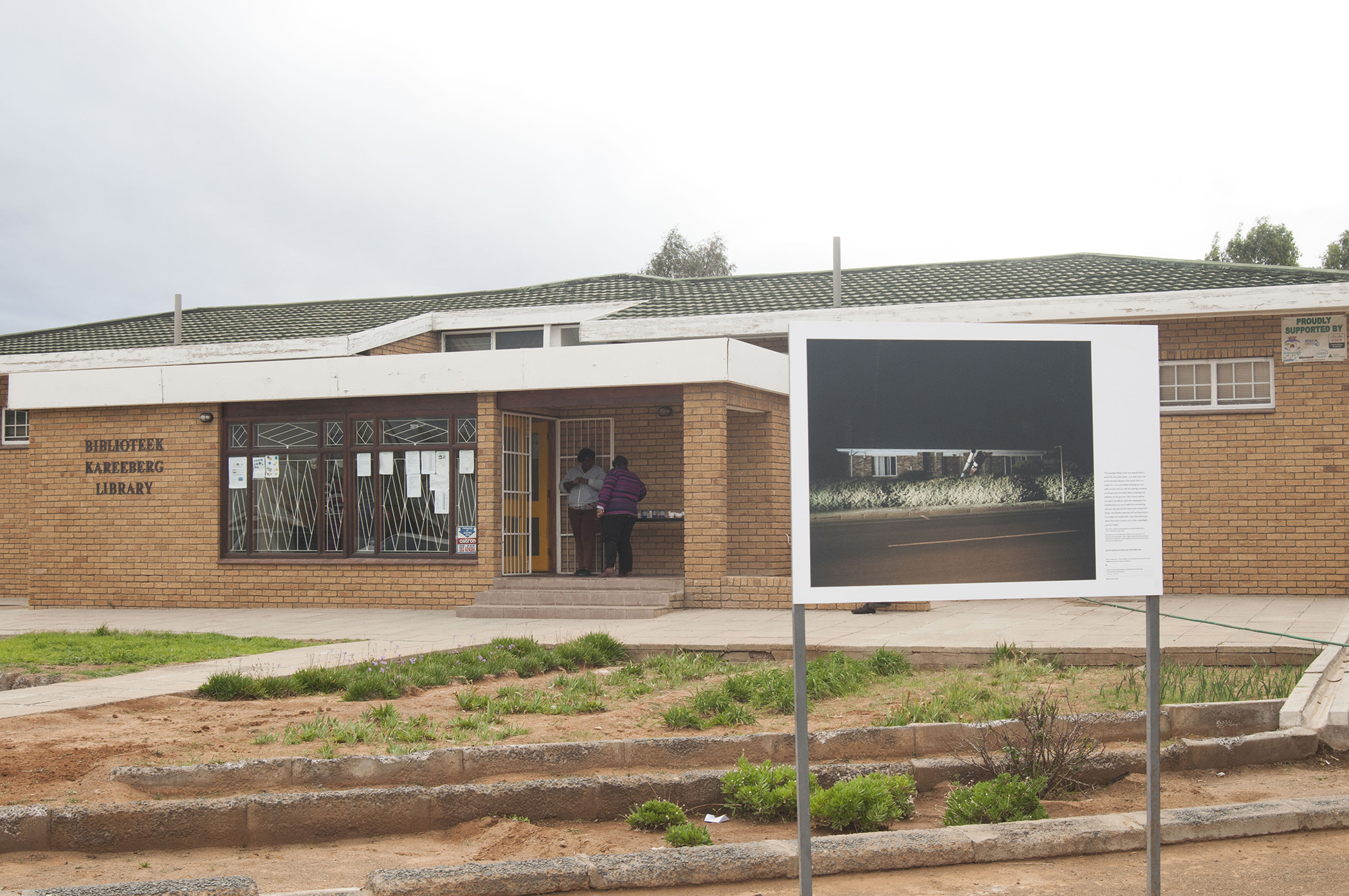HEMELLIGGAAM OR THE ATTEMPT TO BE HERE NOW
THE APPEARANCE
CENTRAL METHODIST MISSION, CAPE TOWN
16 FEB - 4 MARCH 2024
Emerging out of a research lasting over a period of 6 years, the works which make up Hemelliggaam’ s shimmering puzzle, presented here under the emblematic title of The Appearance, could/can be viewed as ‘encounters’. Places where nature, human presence, artefacts and technology signify something other than what they outright appear to be precisely because, through a mysterious and ancestral act of magic, they connect with the perturbing silence of the sky, of the night, of the vast spaces of the stark south of the South African land which the work of Tommaso Fiscaletti and Nic Grobler’ s work looks at and investigates, and from which it draws inspiration.
Born as a visual exploration of the relationship between human beings/environment/astronomy, the collection of works, photographs, videos, and objects, often combined in laborious installations, has over the years taken the form of a realistic and tangible analytical study that often starts from the detail to arrive at the whole, understood as a group or sequence of organised works. The collection of works - which we could almost identify as a ‘trove’, for being so extensive and thoughtful - is in fact arranged according to chapters, within which each work references the previous one as well as the next. For this reason, Hemelliggaam can be defined as a shimmering jigsaw puzzle, where different points of view, interpretations and perspectives are combined each time according to different formulas, providing a version at the same time different yet similar to others. Nor should we forget the constant reference to some authors and texts from Afrikaans Science Fiction literature of the last century, to be interpreted as a further possible key, or rather, a tool for approaching various works that lend themselves, more than others, to the landscape and its indigenous plant, animal and human population.
Fiscaletti and Grobler act as conscious witnesses to these encounters, gathering evidence from them and searching for additional proof, never ceasing to look around and observe the sky, towards the stars and beyond. Photography, as well as moving images, records and documents these ‘encounters’, making them visible and accessible as well as if they were doors allowing us to unwittingly move from one universe to another.
Filippo Maggia
Curator Filippo Maggia
Sound compositions Alessandro Gigli
Scientific team Mattia Vaccari, Lucia Marchetti and Michelle Cluver from Department of Physics and Astronomy, University of the Western Cape.
Consultant Davide Chinigò
Exhibition supported and promoted by
The Italian Cultural Institute in South Africa
The Consulate of Italy in Cape Town
Cape Town Art Fair
Project supported by
National Research Foundation







